Self-Improvement Books
Self-Improvement Books
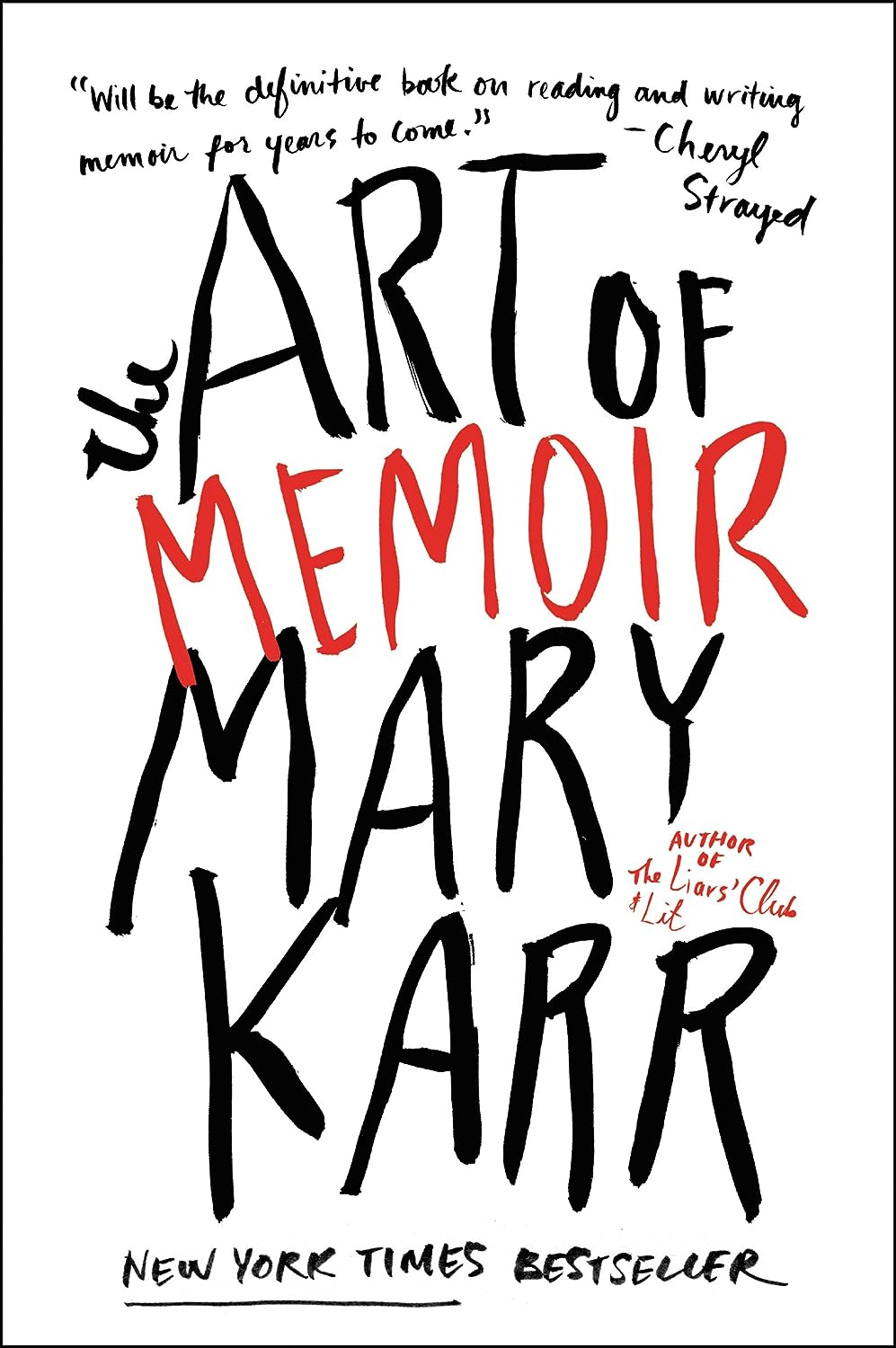
The Art of Memoir
Are you sure you want to delete this listing?
All related data including comments will be permanently deleted.
Yes, please delete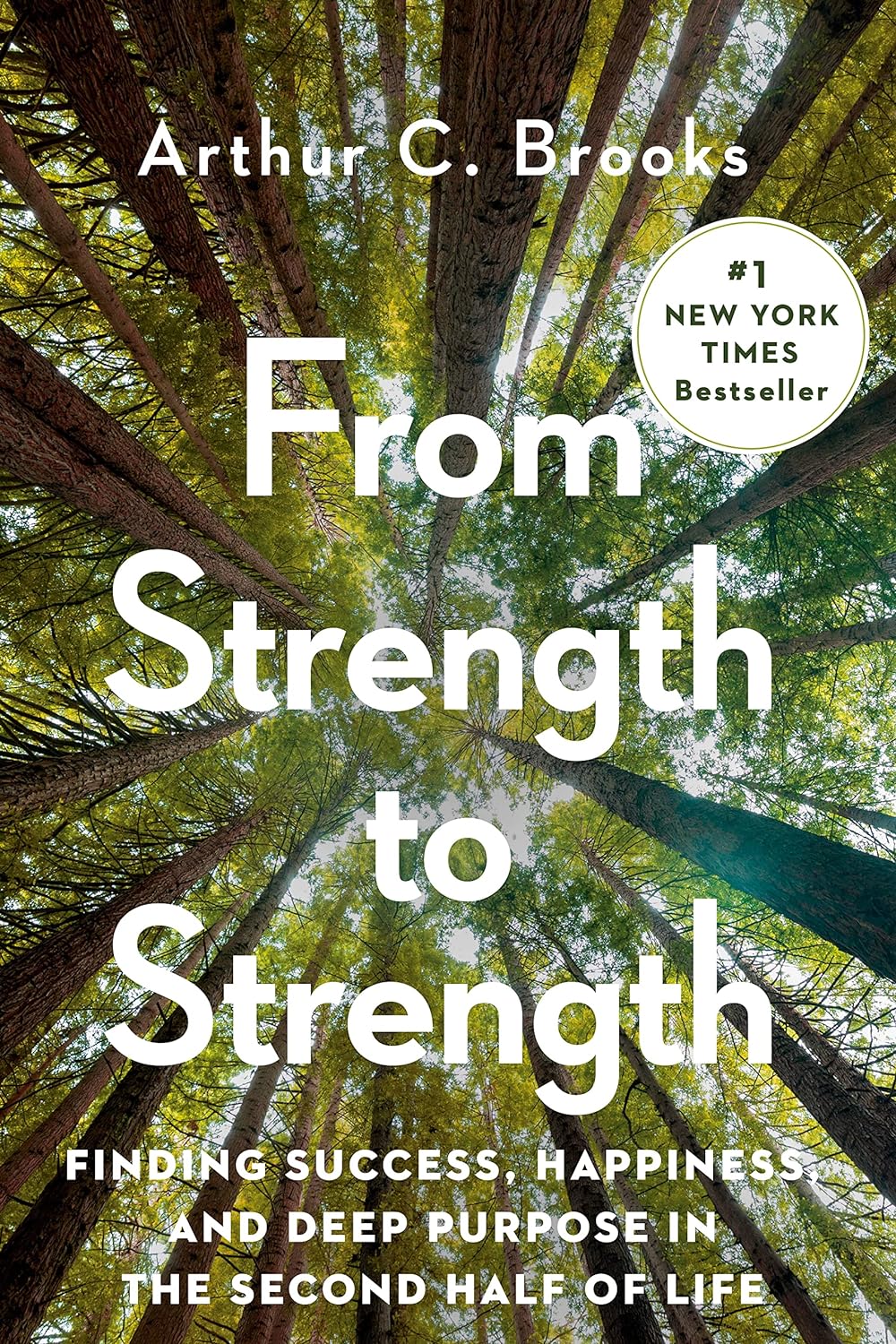
From Strength to Strength: Finding Success, Happiness, and Deep Purpose in the Second Half of Life
Are you sure you want to delete this listing?
All related data including comments will be permanently deleted.
Yes, please delete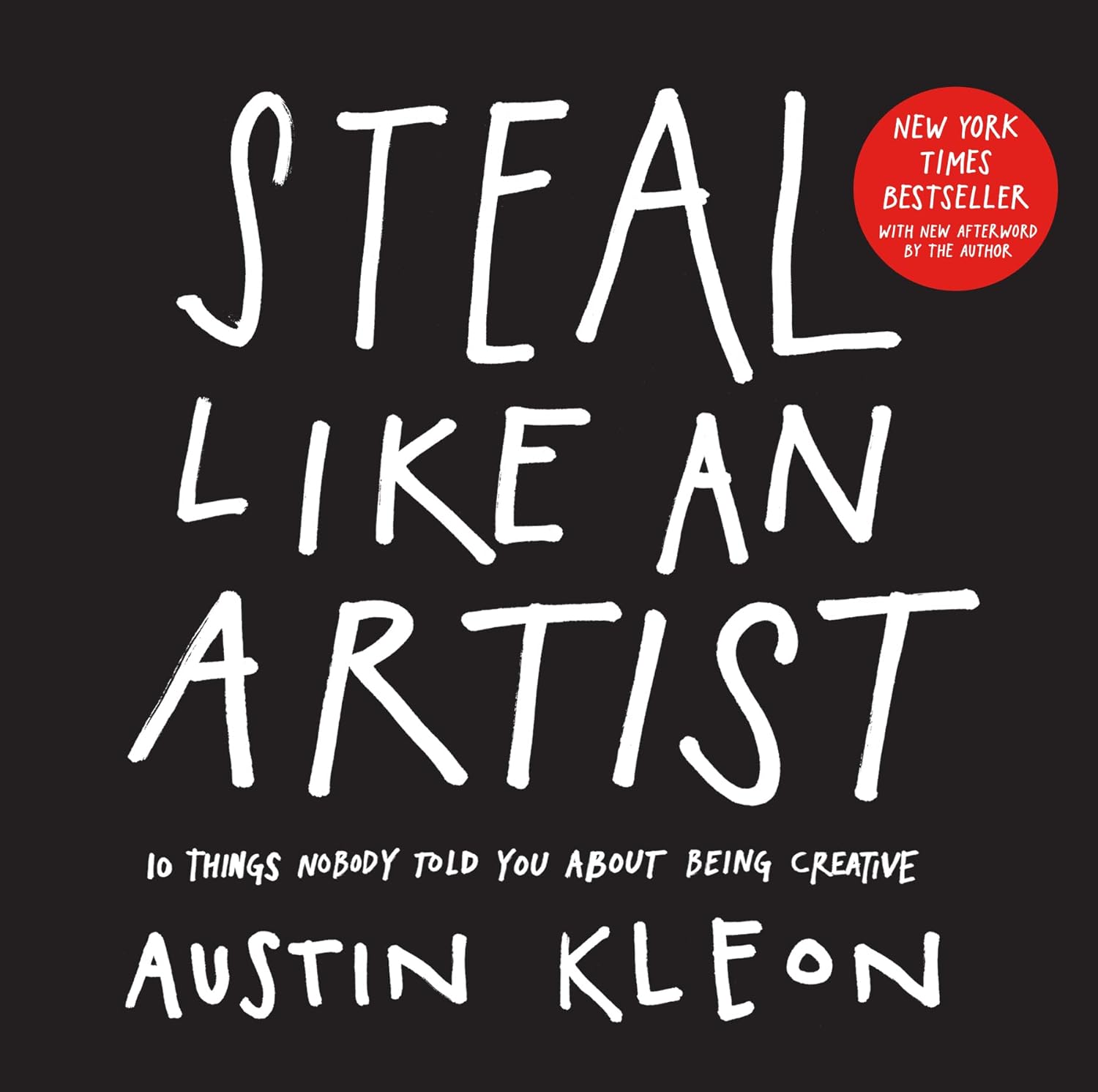
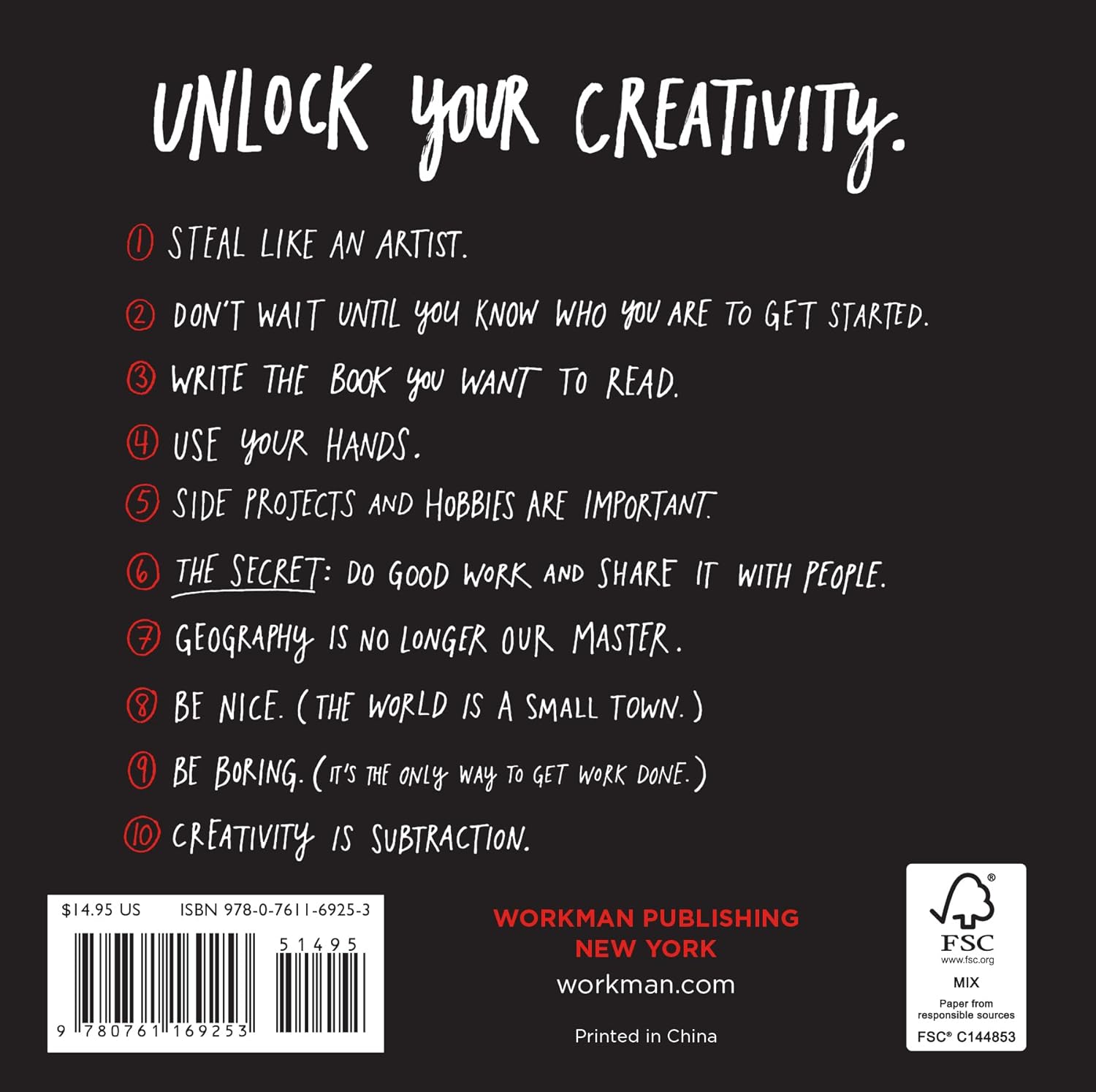
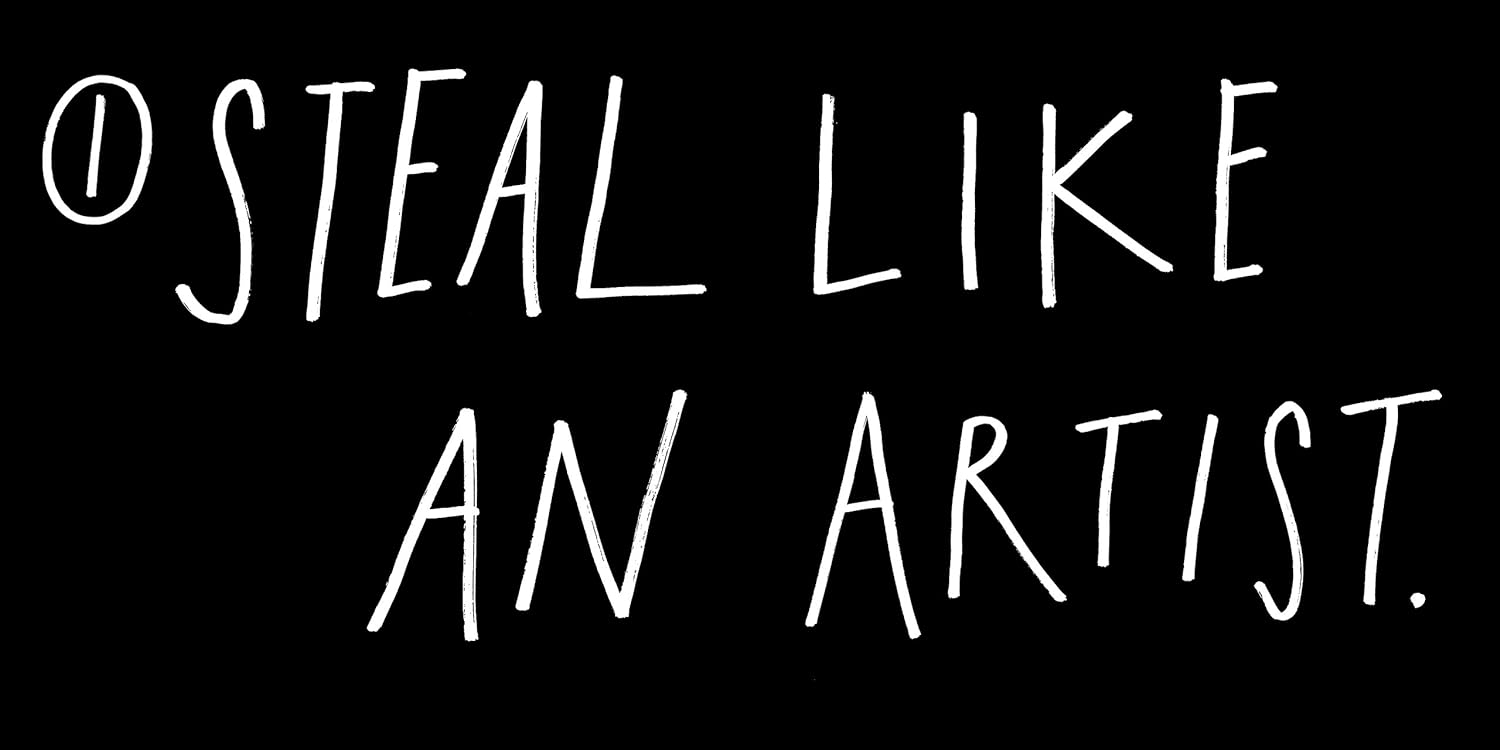
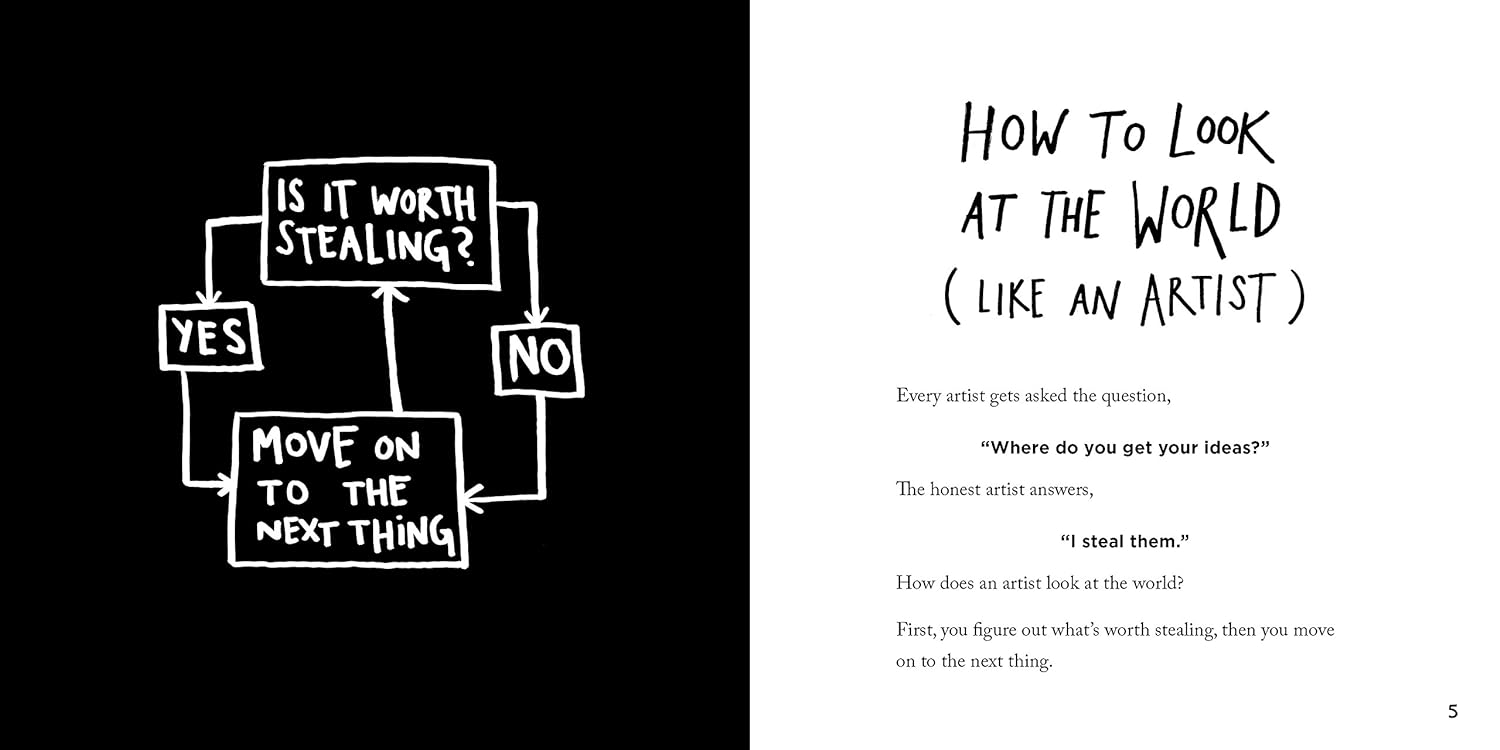
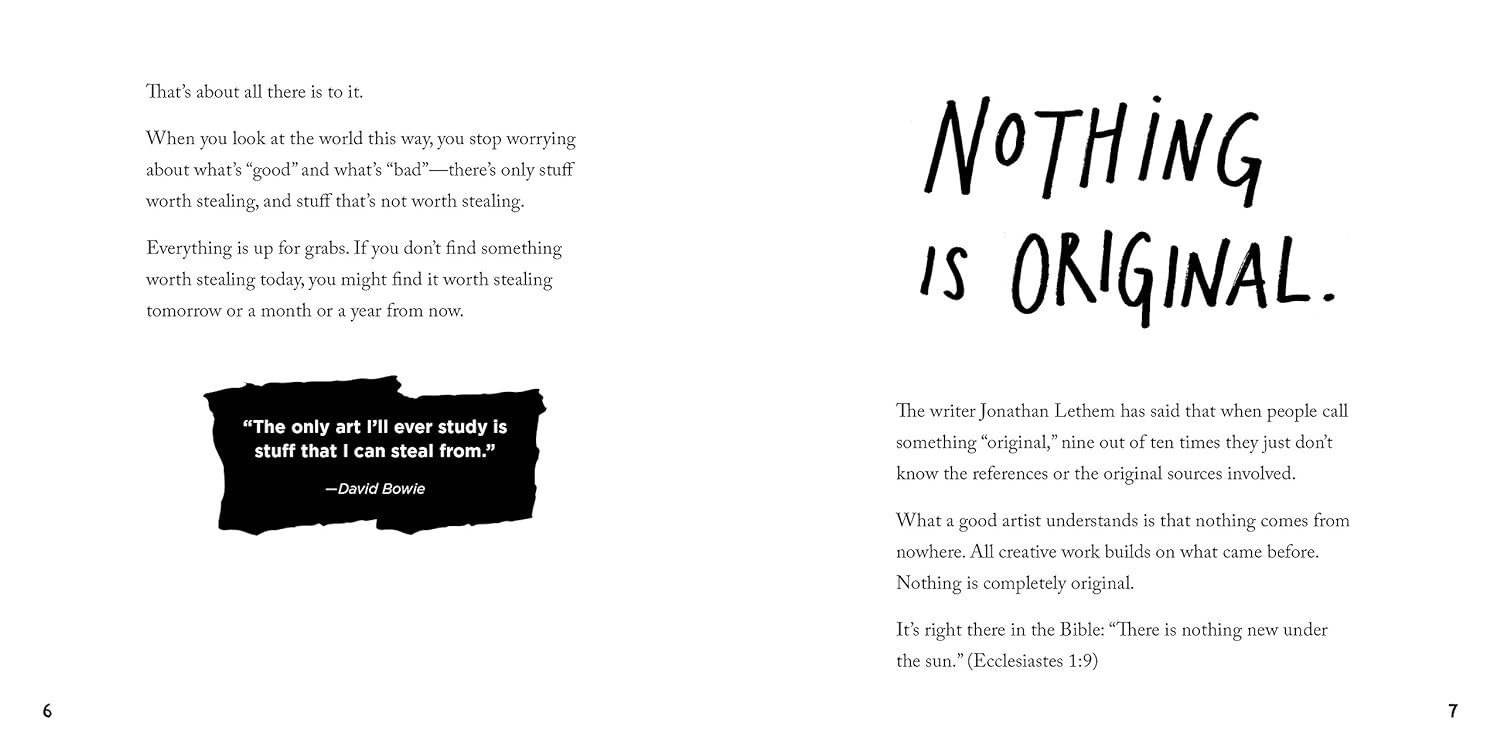
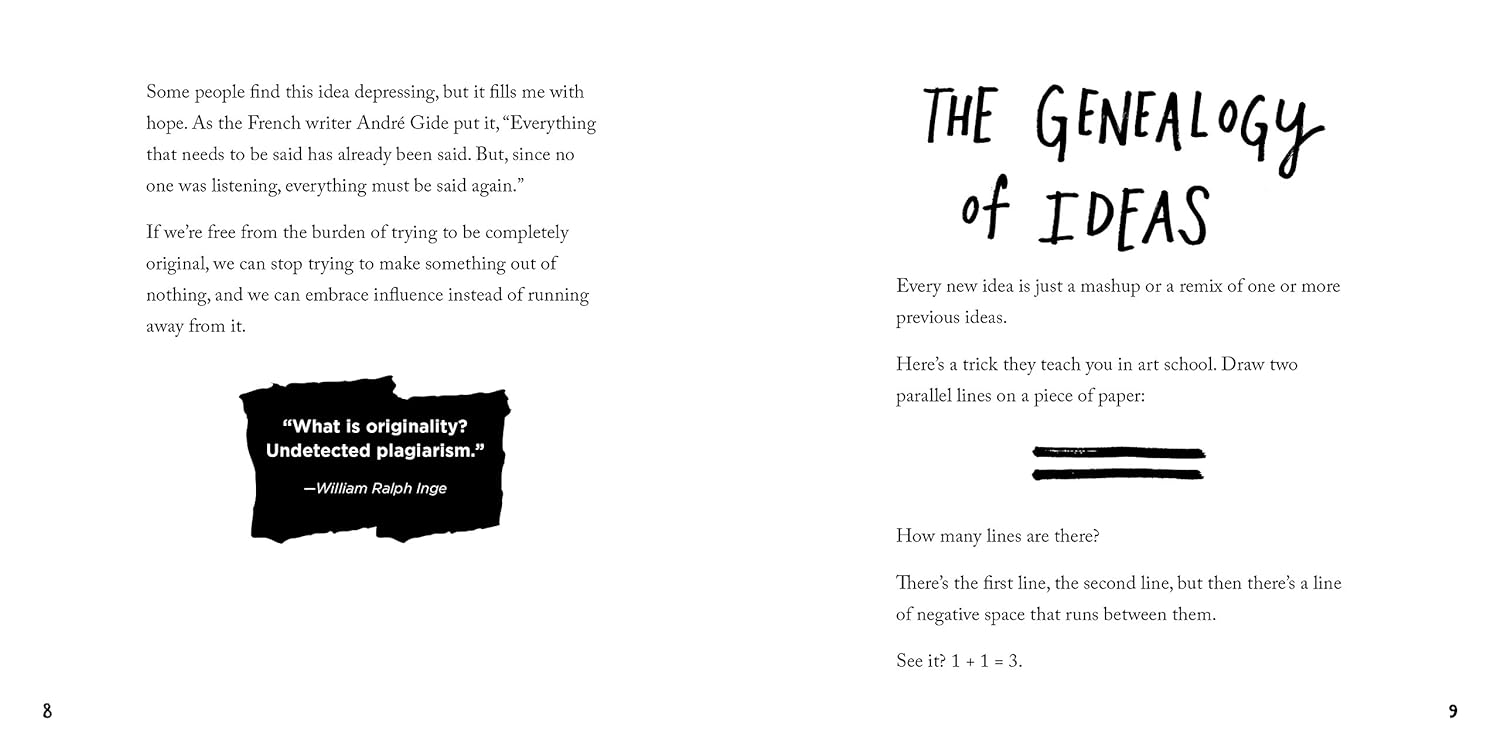
Steal Like an Artist: 10 Things Nobody Told You About Being Creative
Are you sure you want to delete this listing?
All related data including comments will be permanently deleted.
Yes, please delete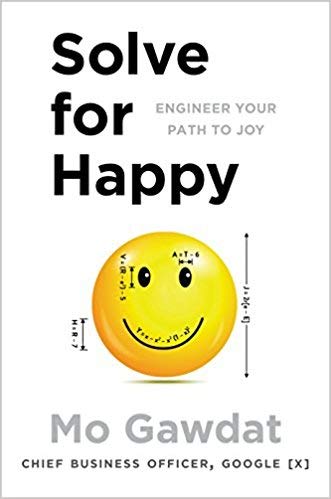
[By Mo Gawdat ] Solve For Happy: Engineer Your Path to Joy
Are you sure you want to delete this listing?
All related data including comments will be permanently deleted.
Yes, please delete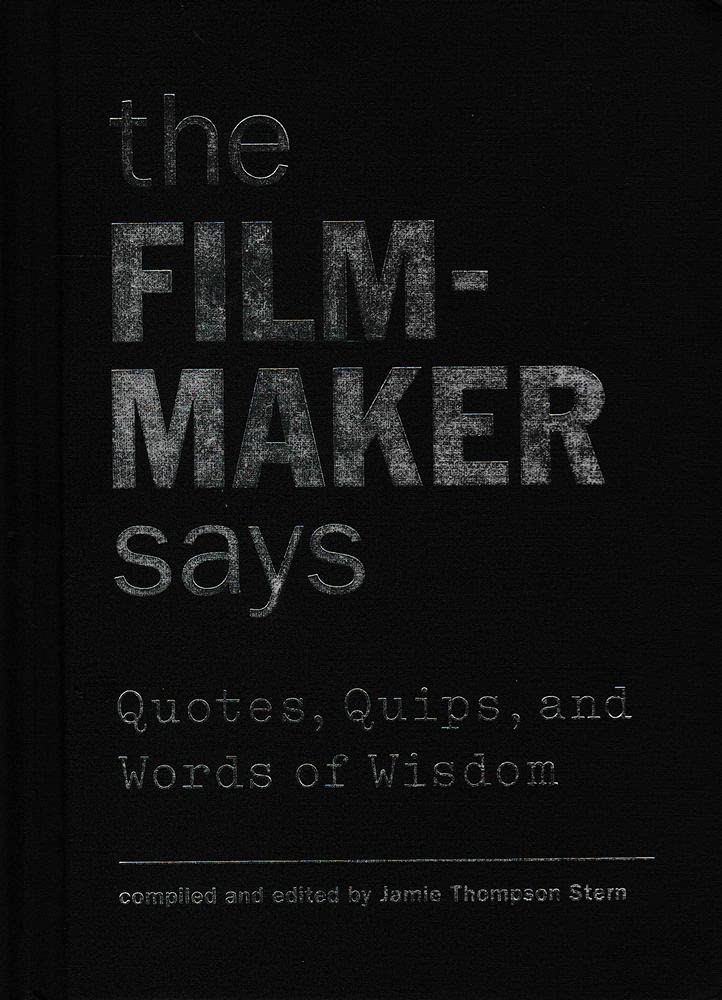
The Filmmaker Says: Quotes, Quips, and Words of Wisdom
Are you sure you want to delete this listing?
All related data including comments will be permanently deleted.
Yes, please delete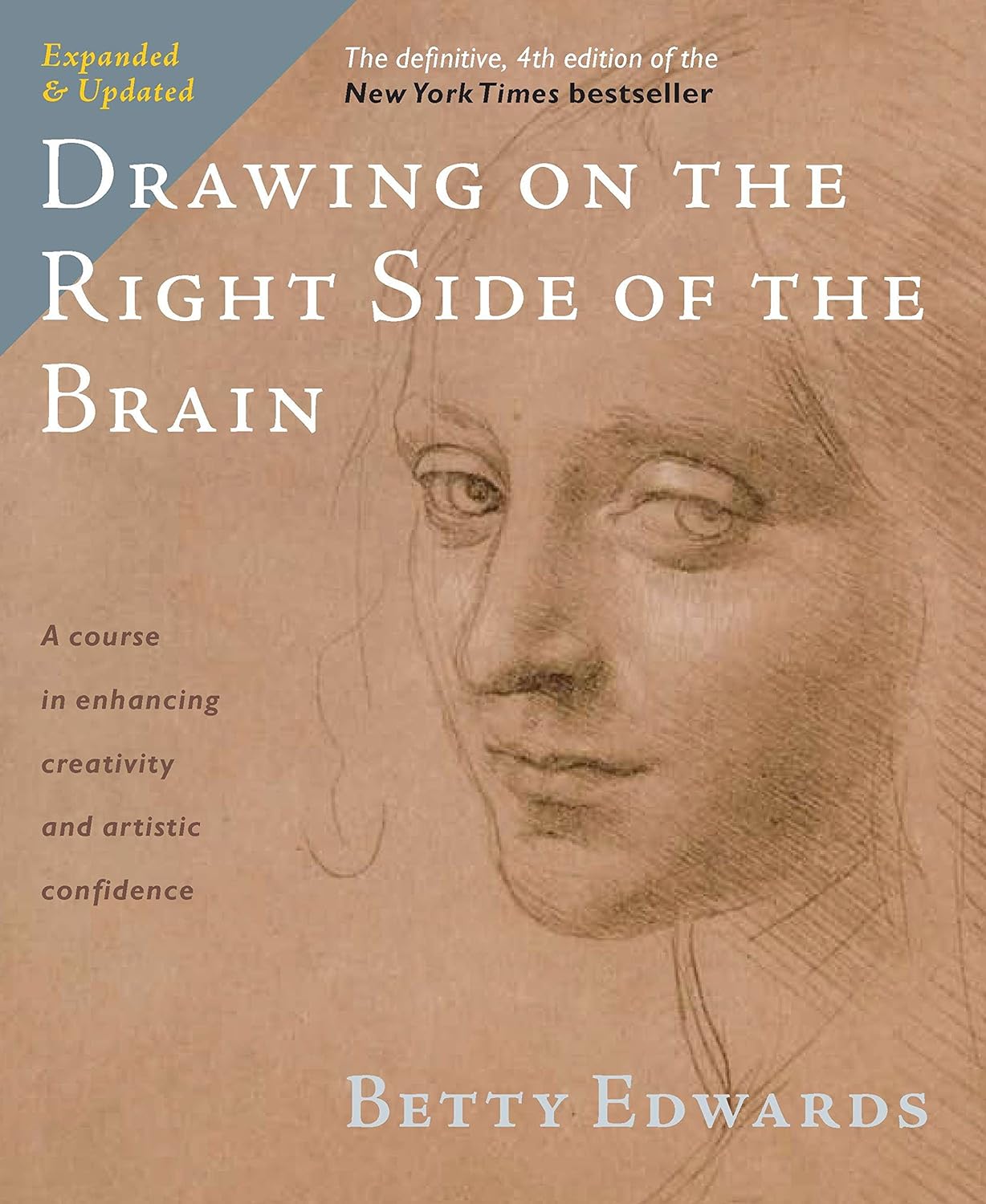
Drawing on the Right Side of the Brain
Are you sure you want to delete this listing?
All related data including comments will be permanently deleted.
Yes, please delete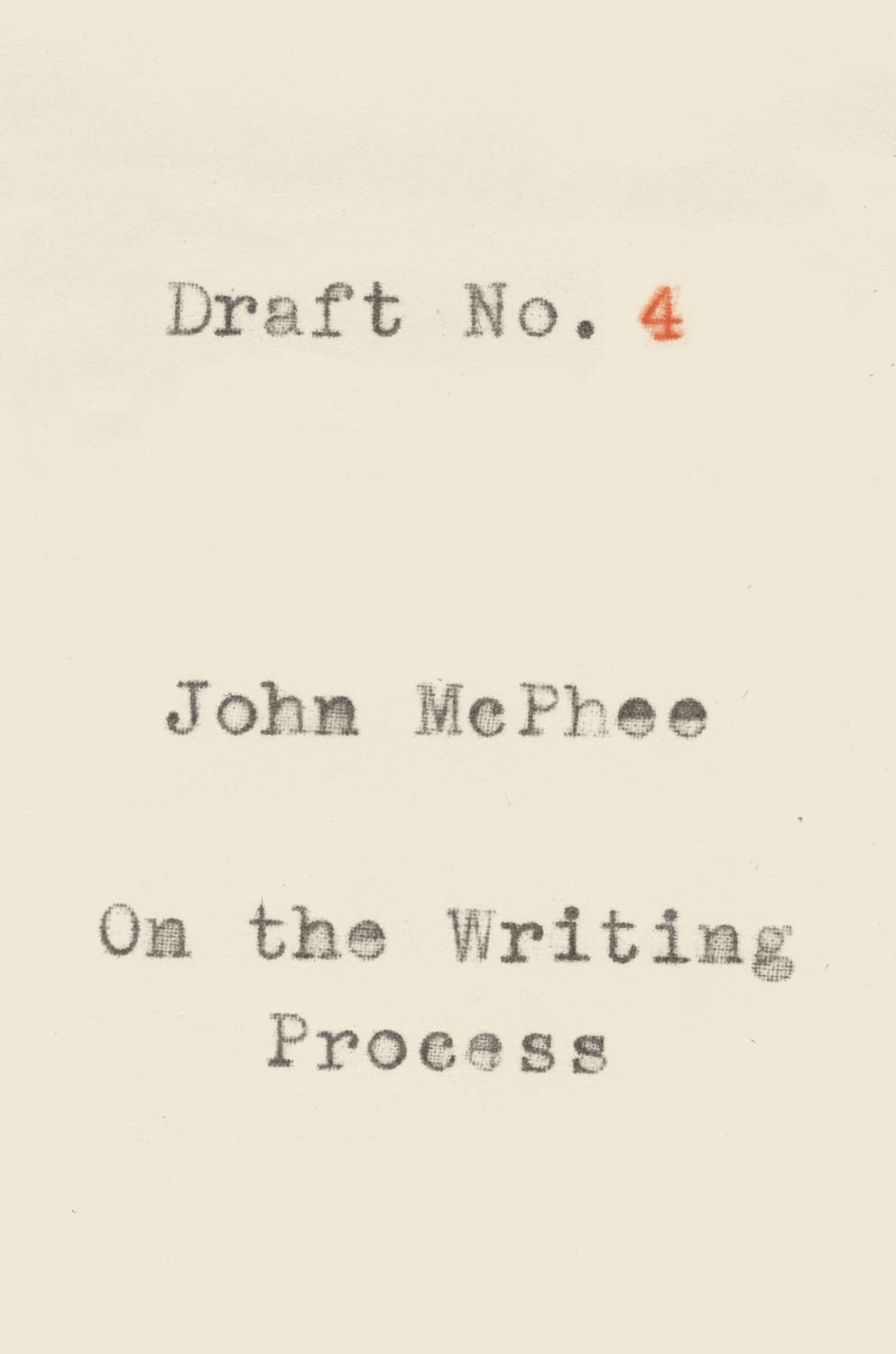
Draft No. 4: On the Writing Process
Are you sure you want to delete this listing?
All related data including comments will be permanently deleted.
Yes, please delete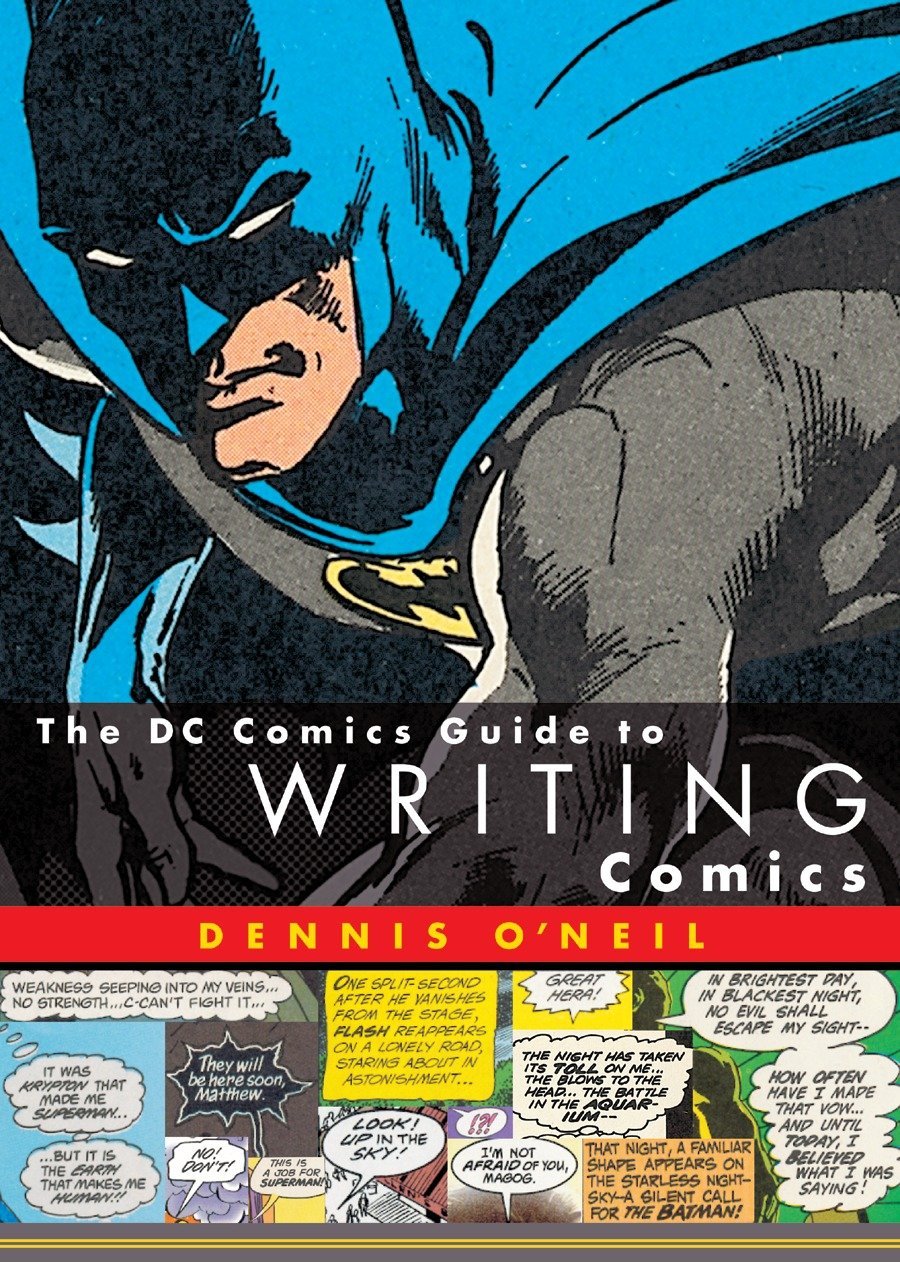
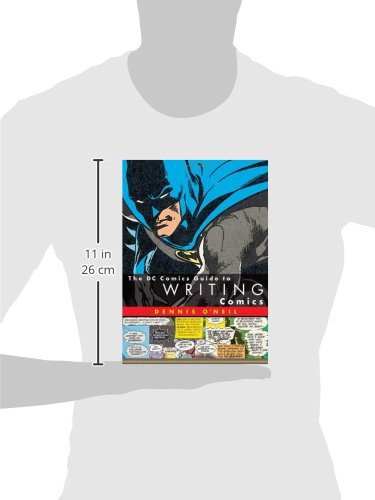
The DC Comics Guide to Writing Comics
Are you sure you want to delete this listing?
All related data including comments will be permanently deleted.
Yes, please delete
The Artists' Prison
Are you sure you want to delete this listing?
All related data including comments will be permanently deleted.
Yes, please delete
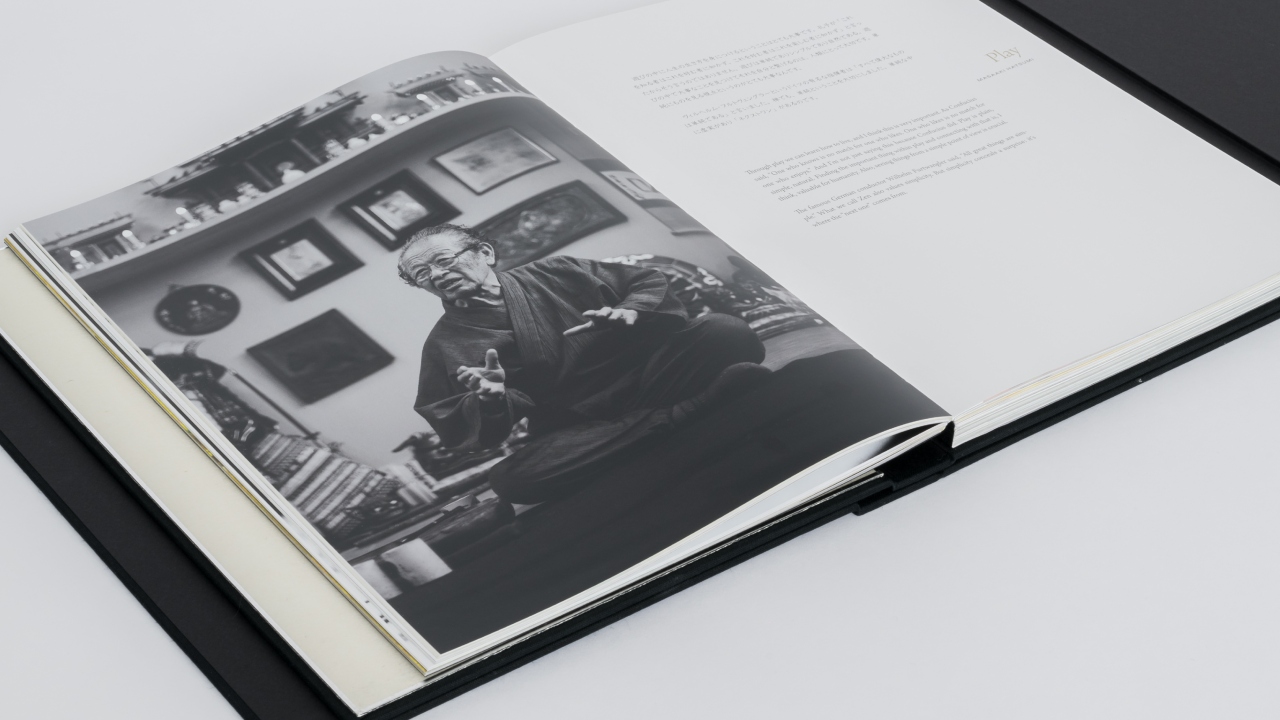
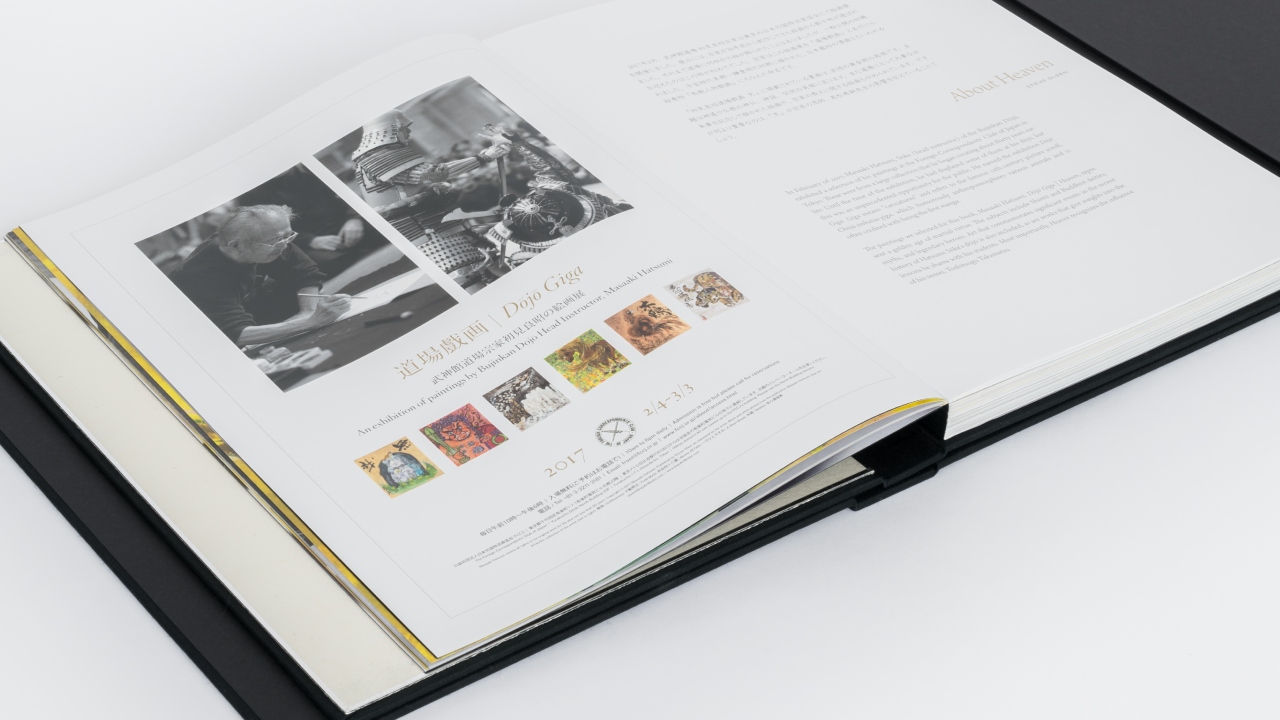
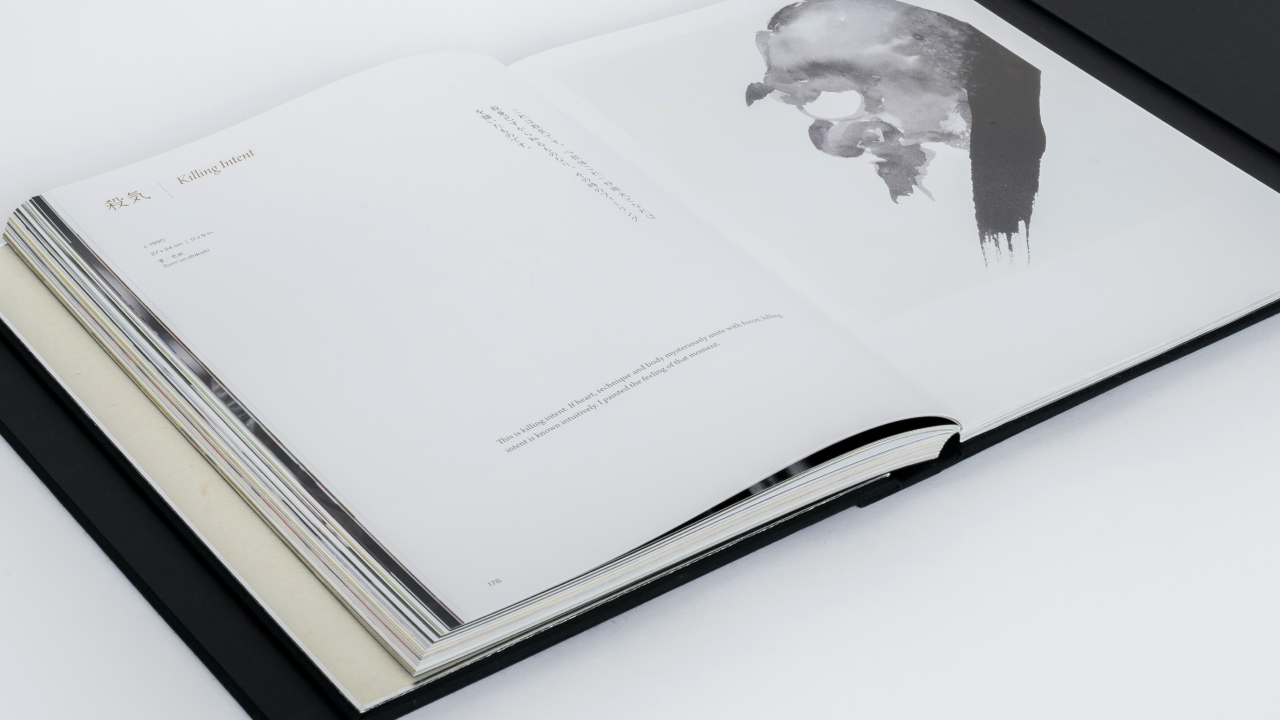
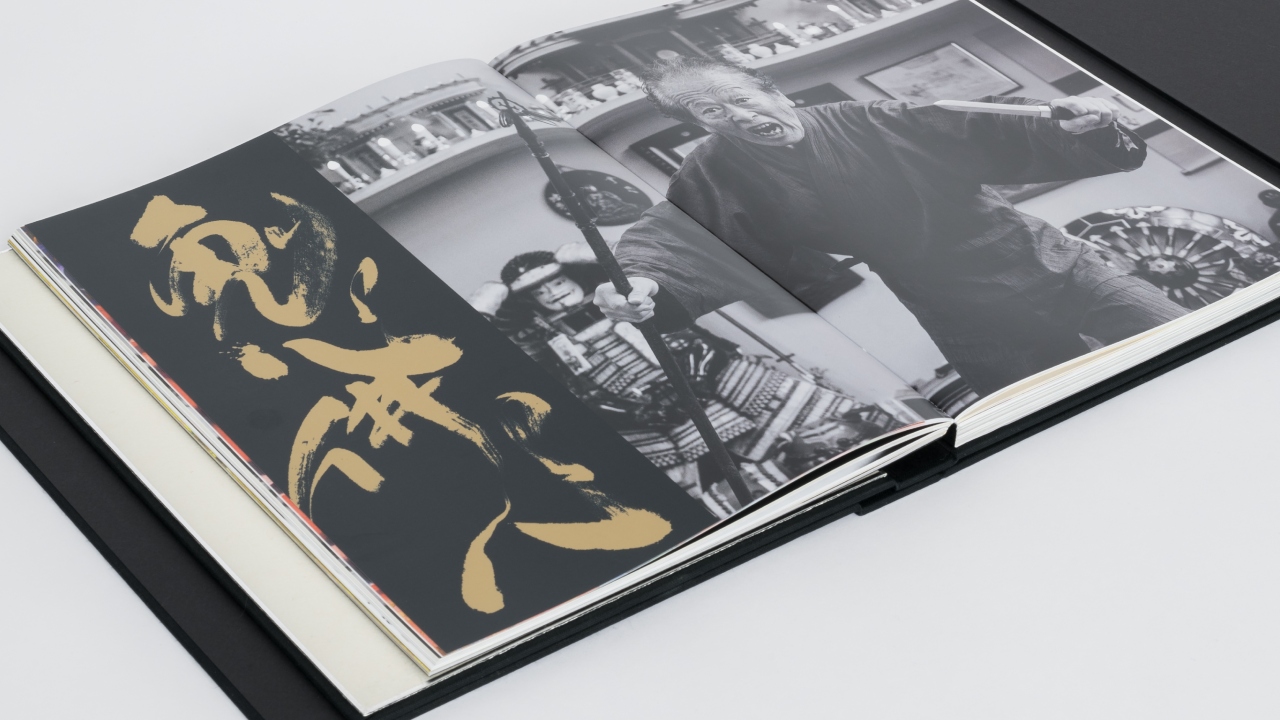
Masaaki Hatsumi: Dojo Giga | Heaven'
Are you sure you want to delete this listing?
All related data including comments will be permanently deleted.
Yes, please delete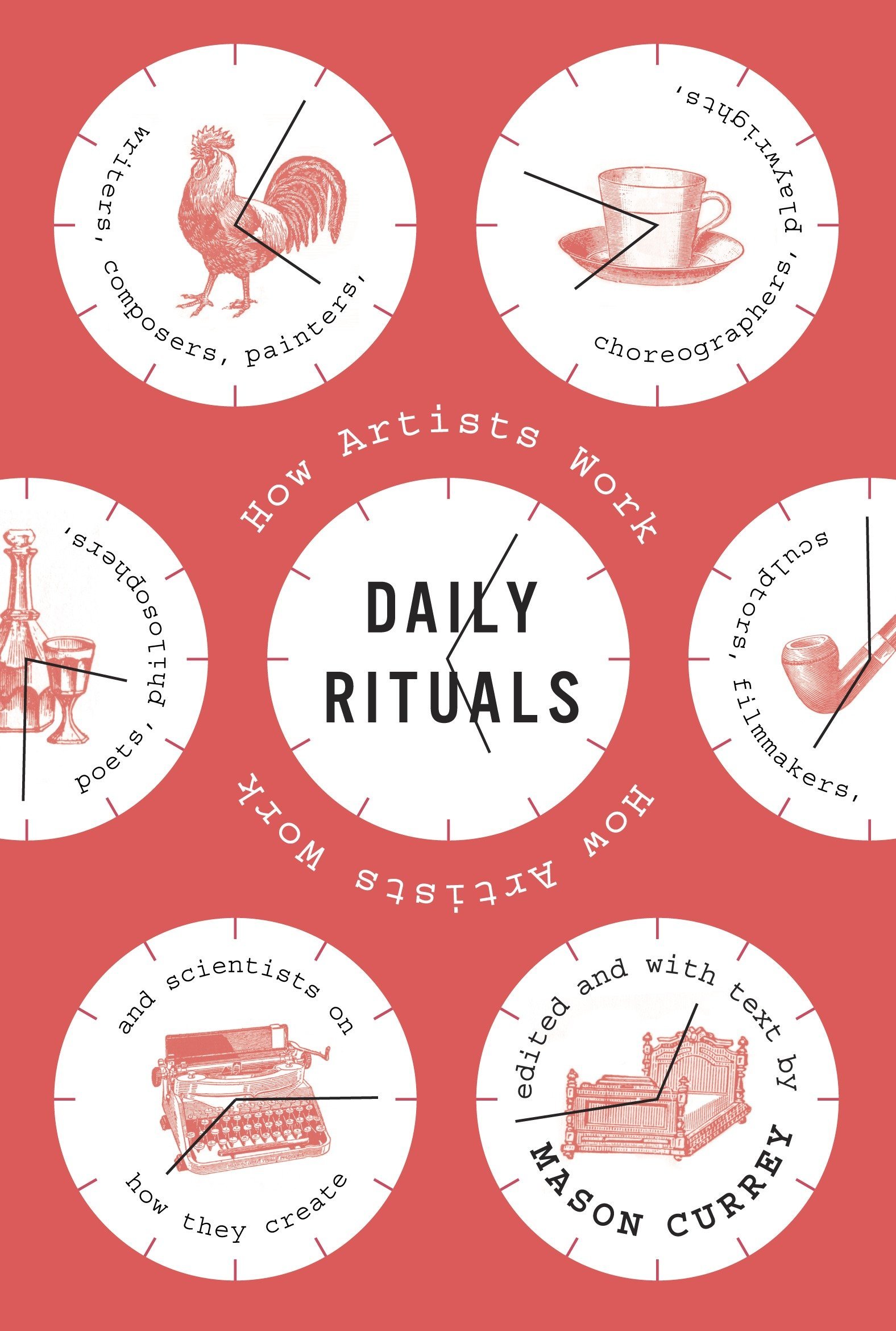
Daily Rituals: How Artists Work
Are you sure you want to delete this listing?
All related data including comments will be permanently deleted.
Yes, please delete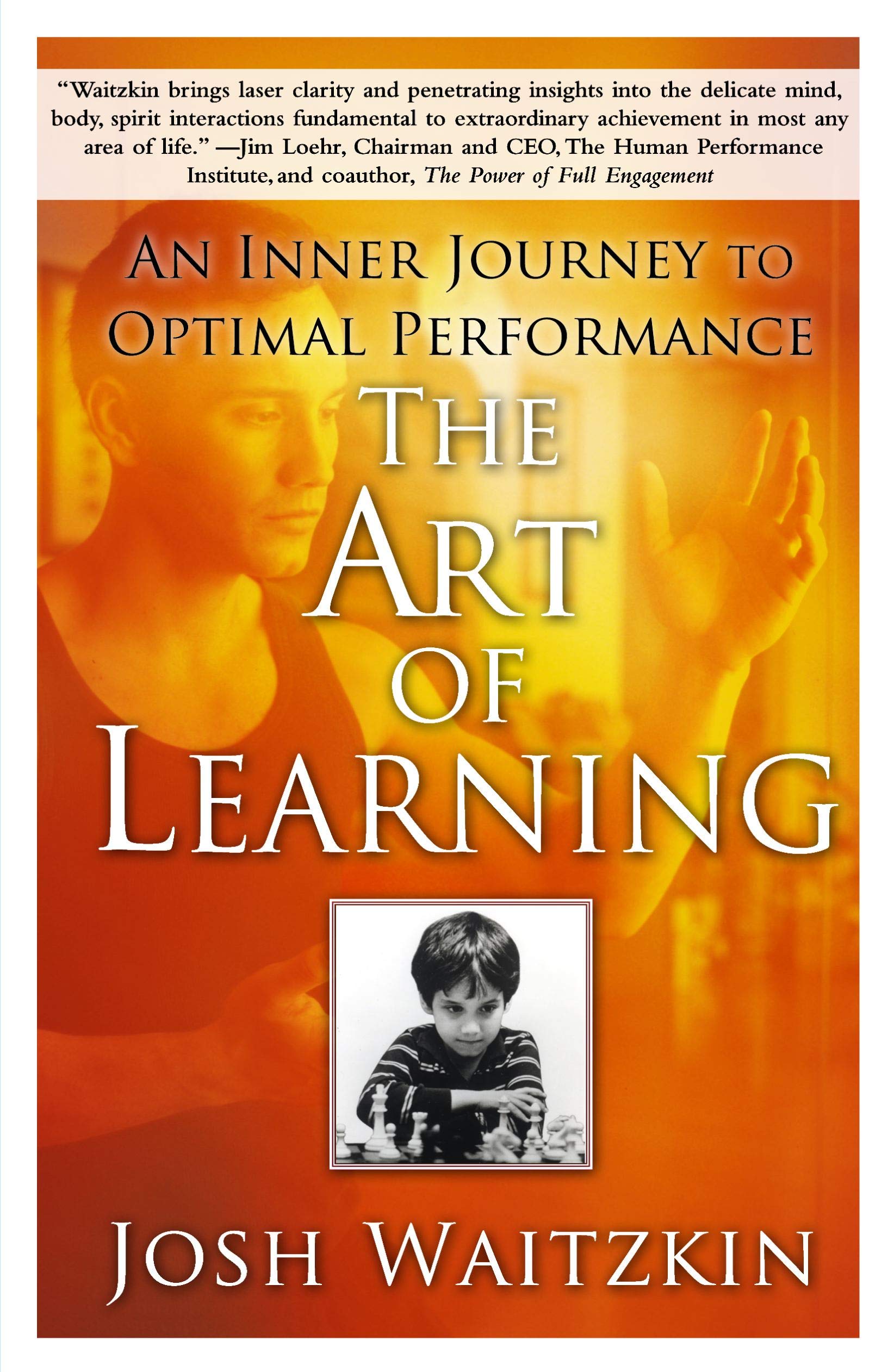
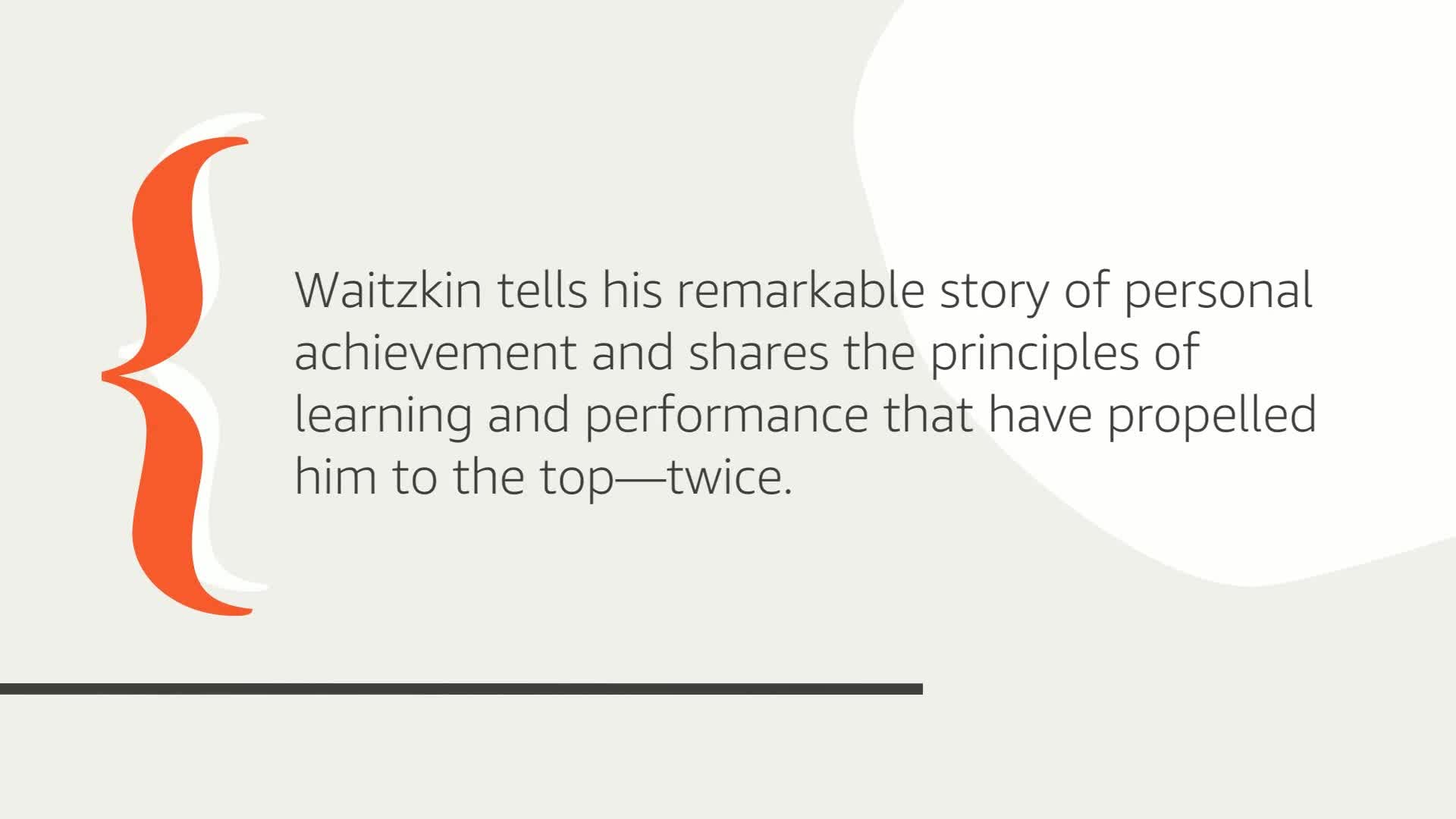
The Art of Learning: An Inner Journey to Optimal Performance
Are you sure you want to delete this listing?
All related data including comments will be permanently deleted.
Yes, please delete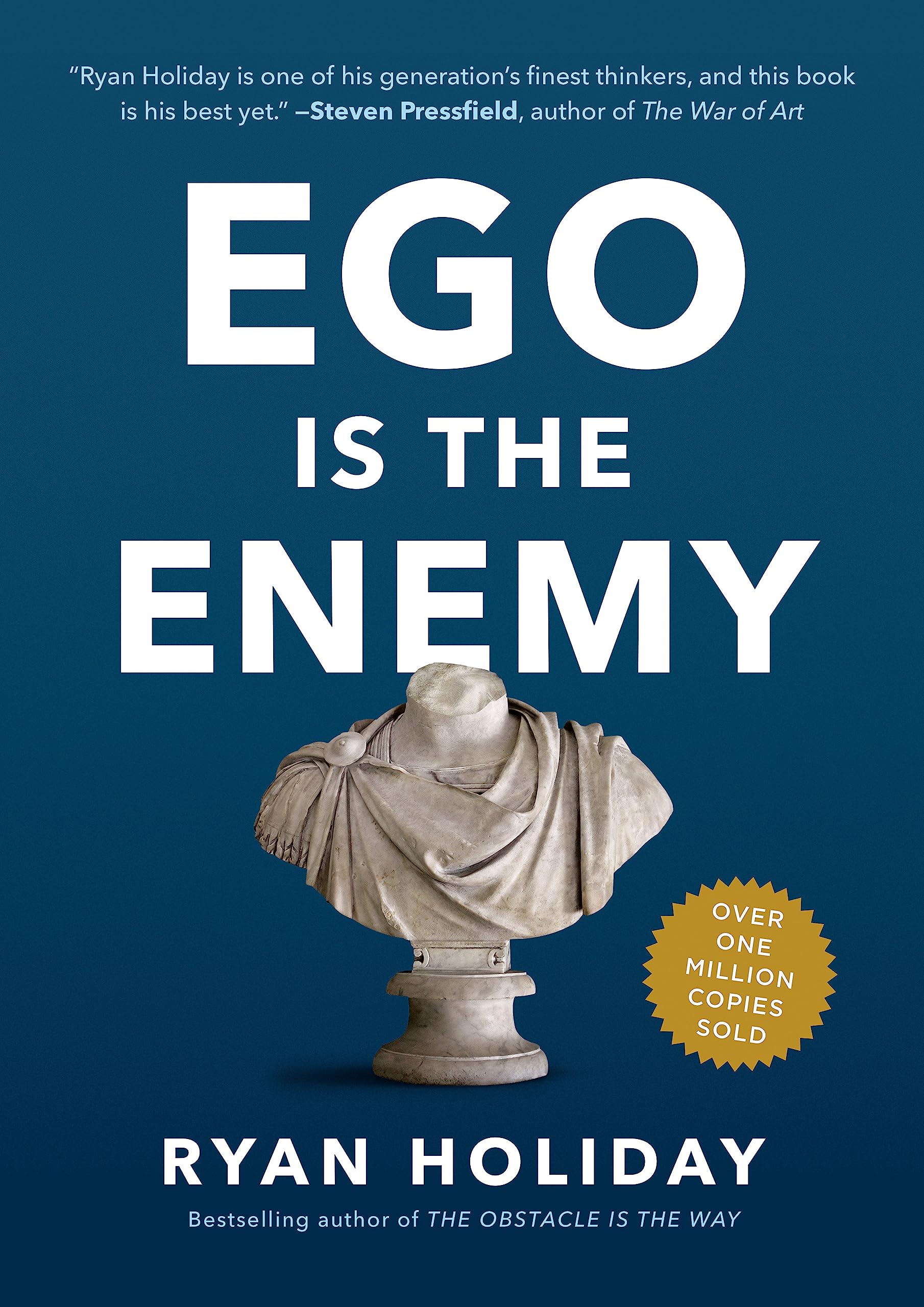
Ego Is the Enemy
Are you sure you want to delete this listing?
All related data including comments will be permanently deleted.
Yes, please delete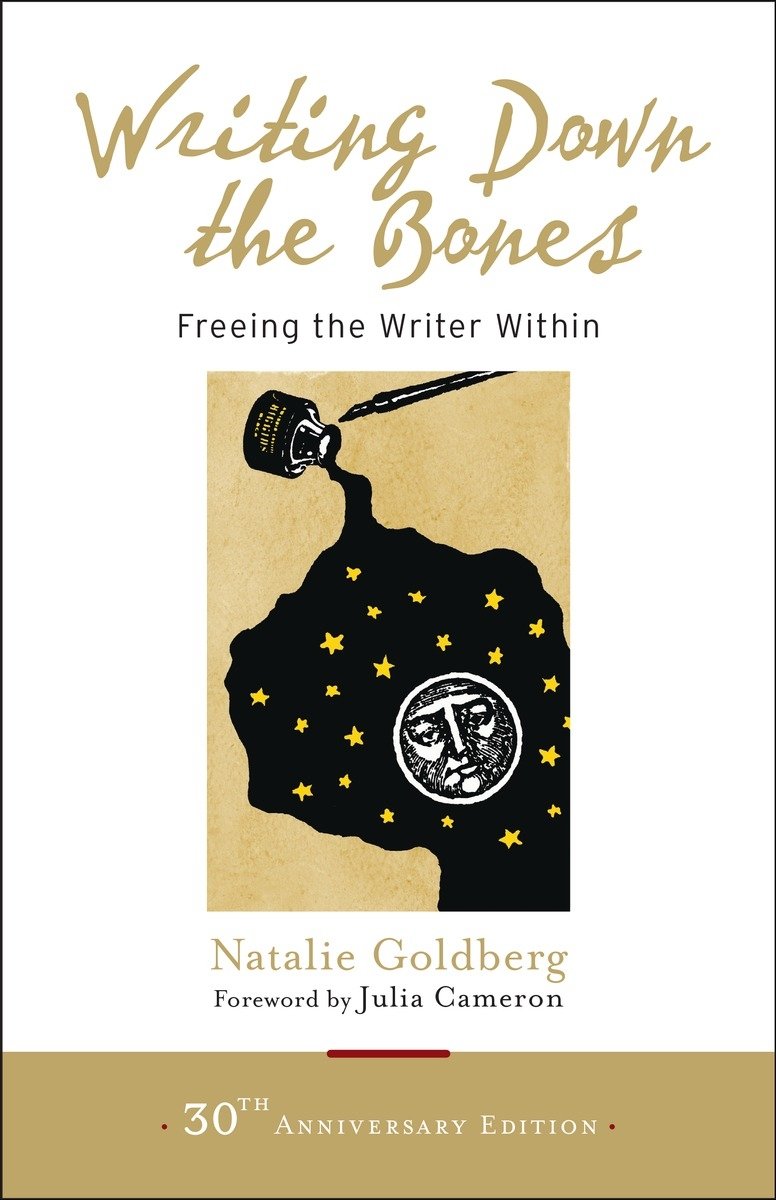
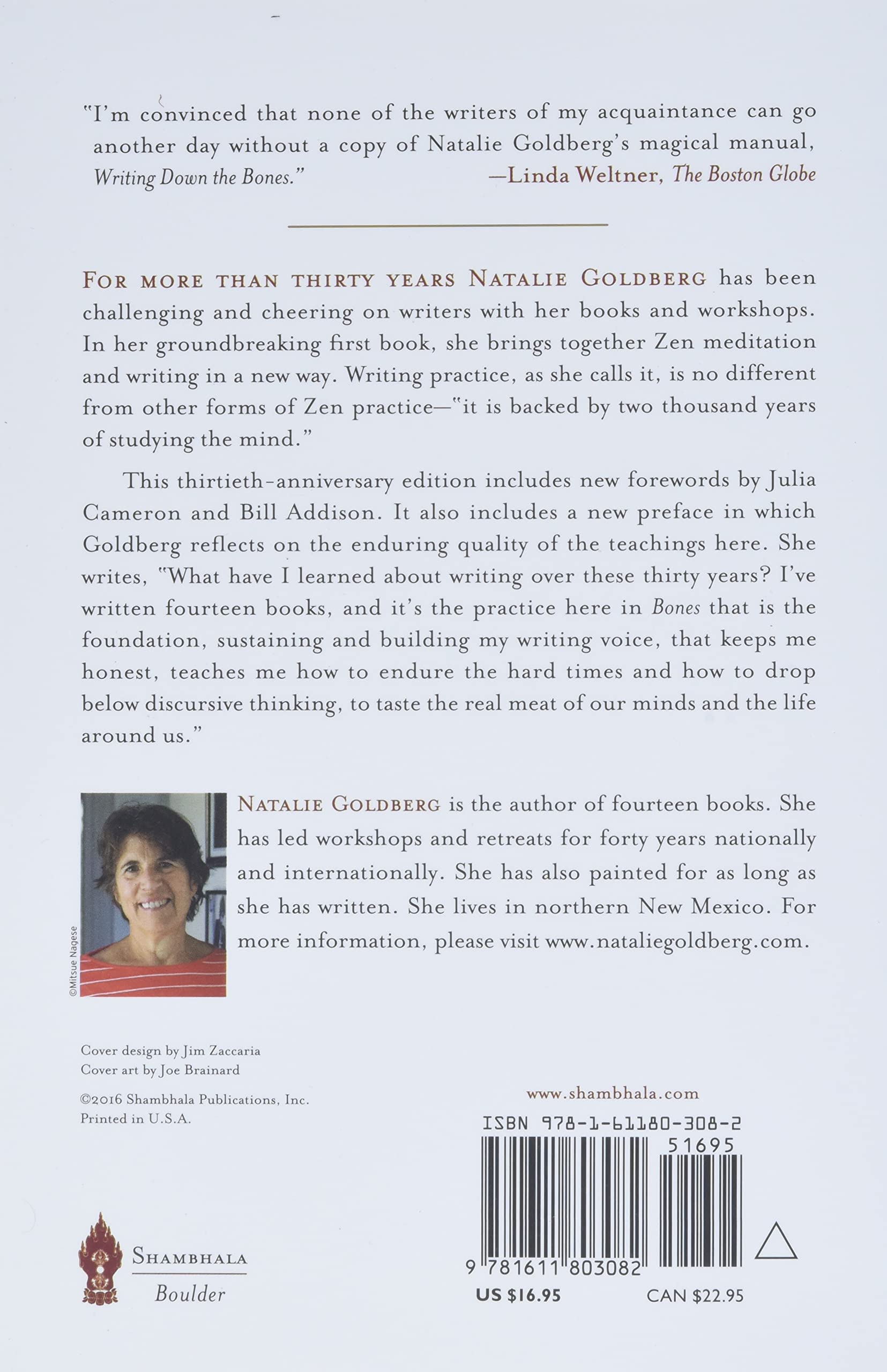
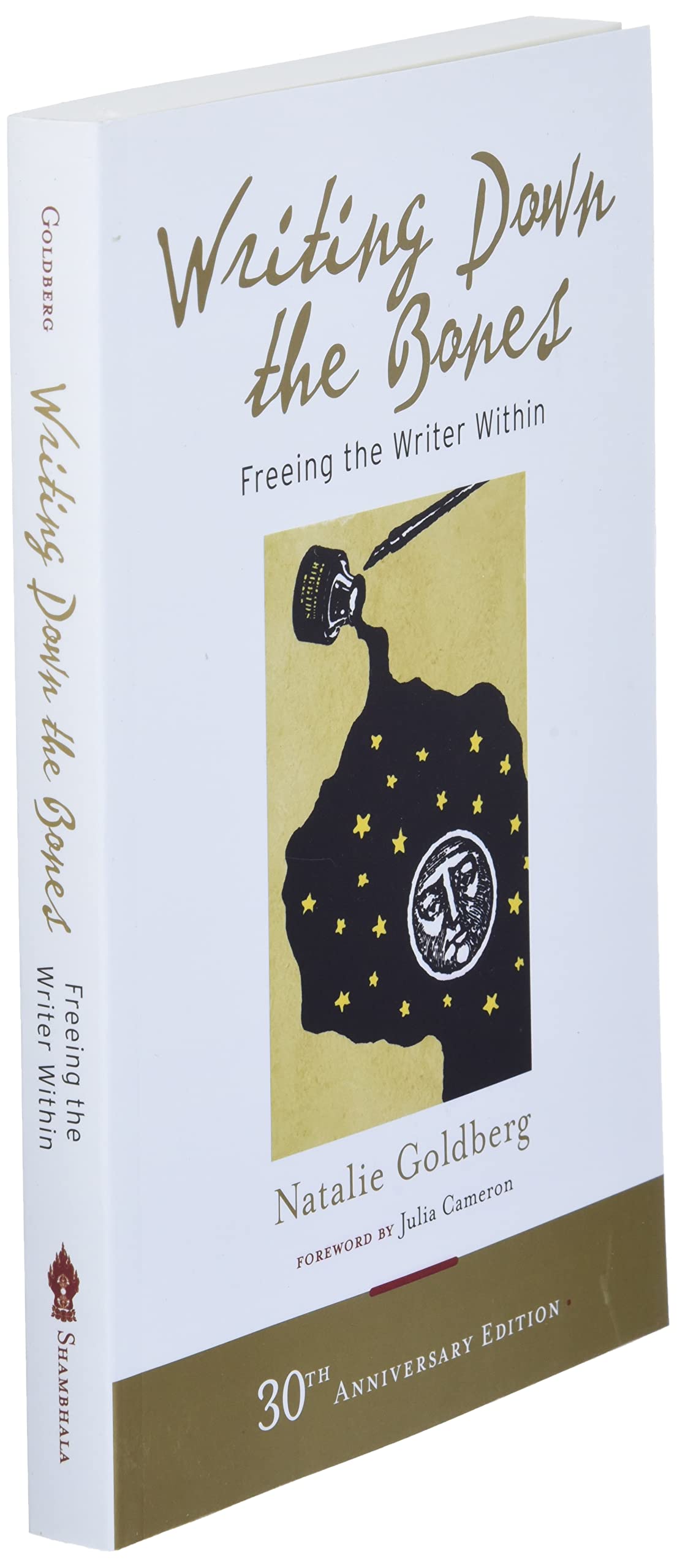
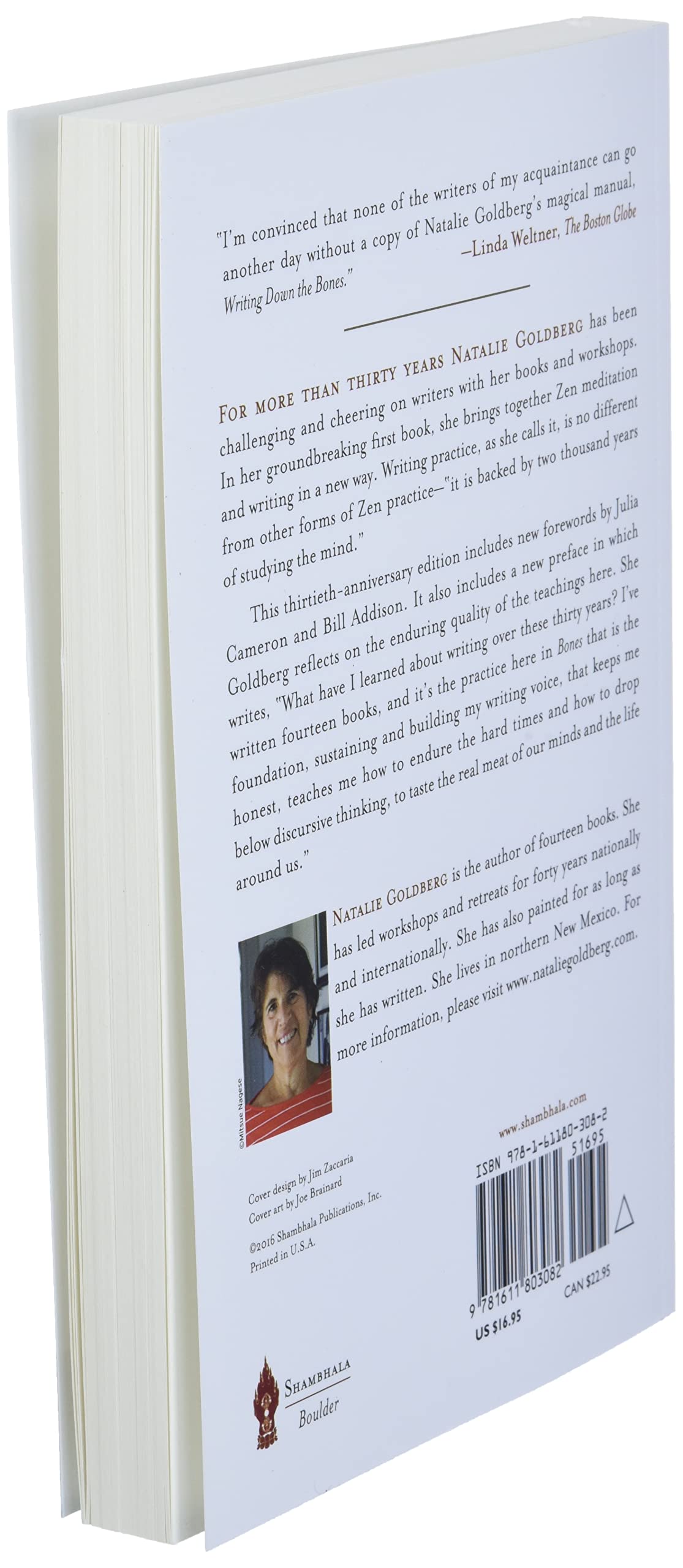
Writing Down the Bones: Freeing the Writer Within
Are you sure you want to delete this listing?
All related data including comments will be permanently deleted.
Yes, please delete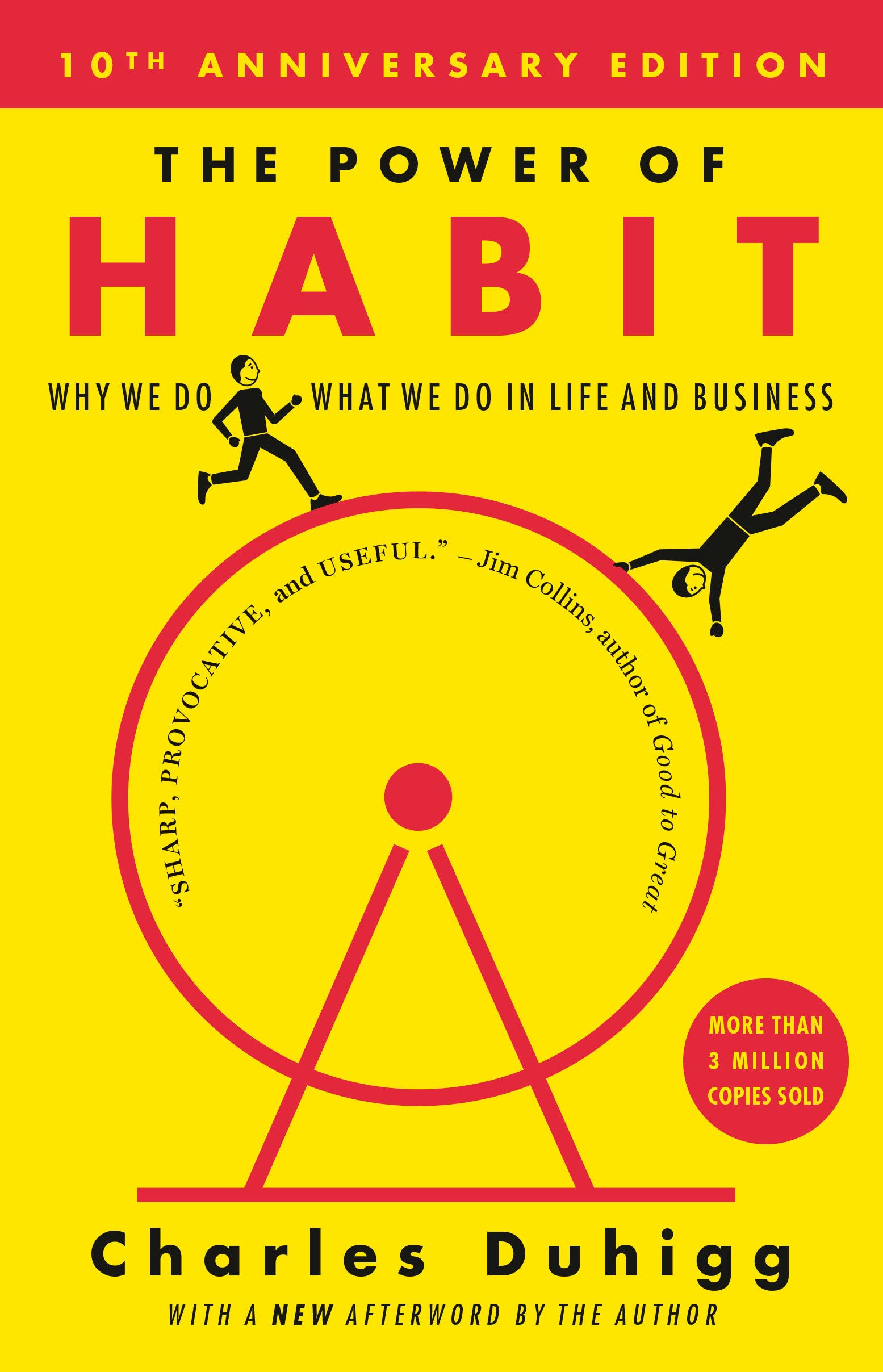
The Power of Habit: Why We Do What We Do in Life and Business
Are you sure you want to delete this listing?
All related data including comments will be permanently deleted.
Yes, please delete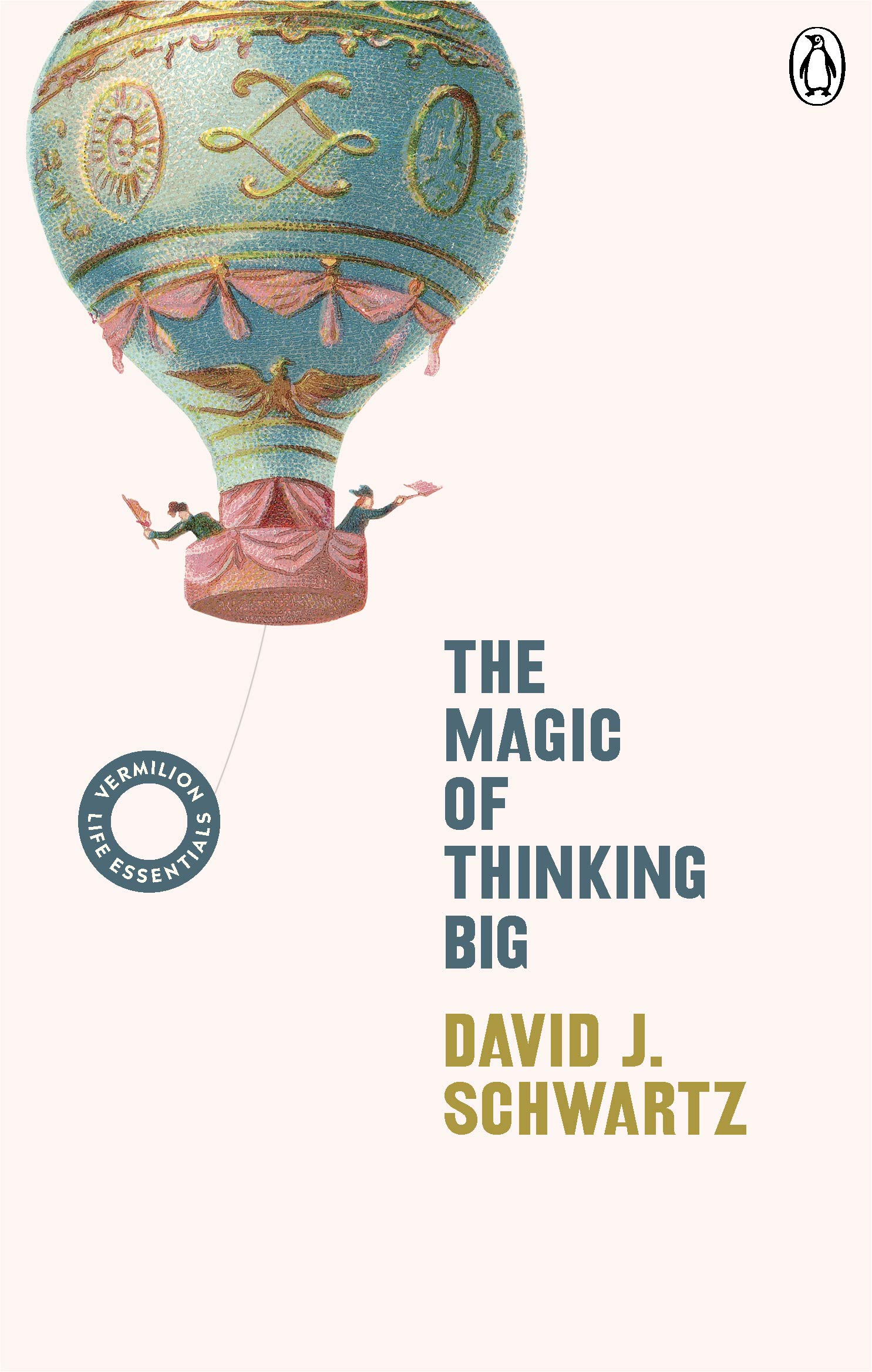
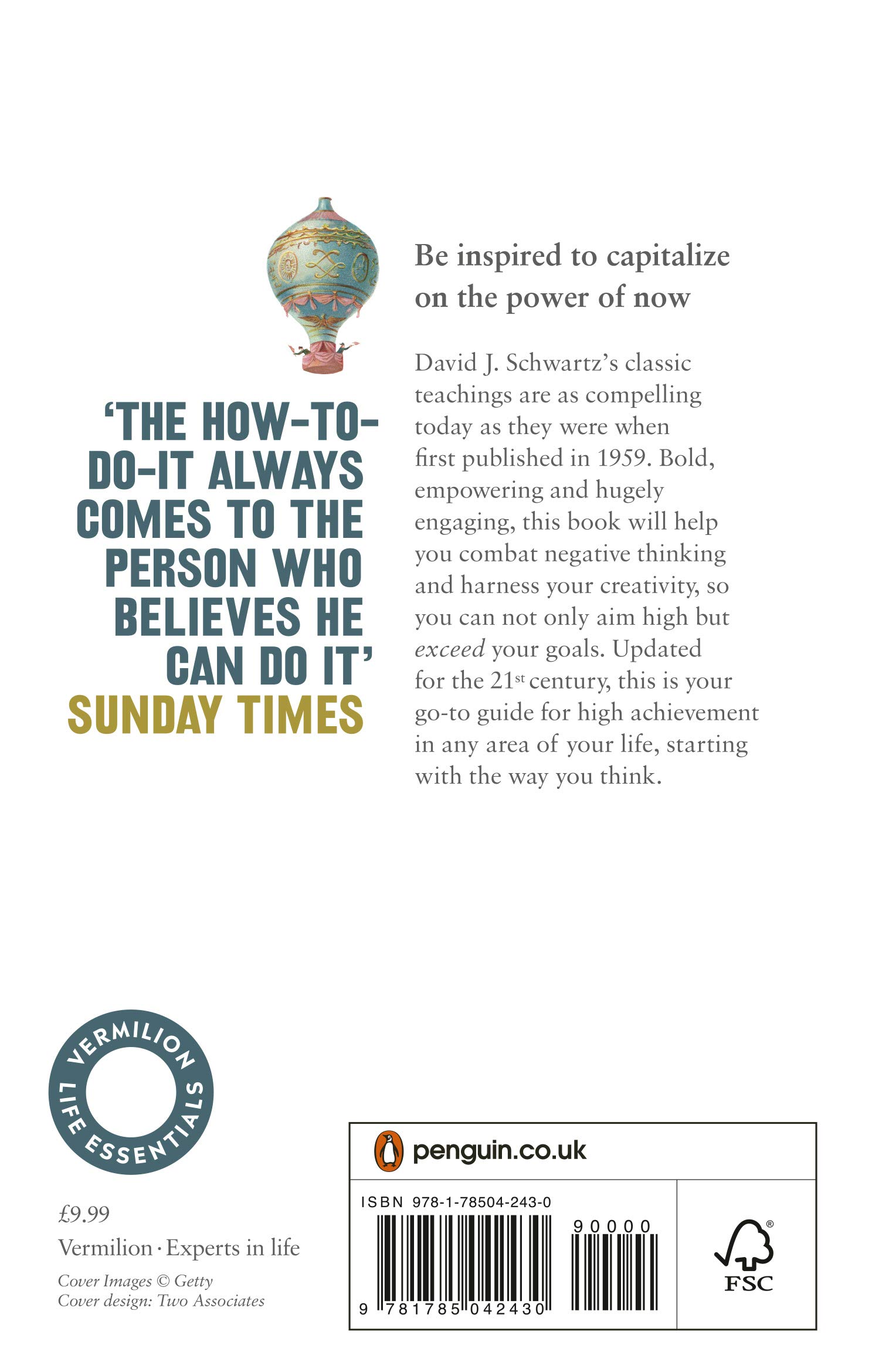
The Magic of Thinking Big: (Vermilion Life Essentials)
Are you sure you want to delete this listing?
All related data including comments will be permanently deleted.
Yes, please delete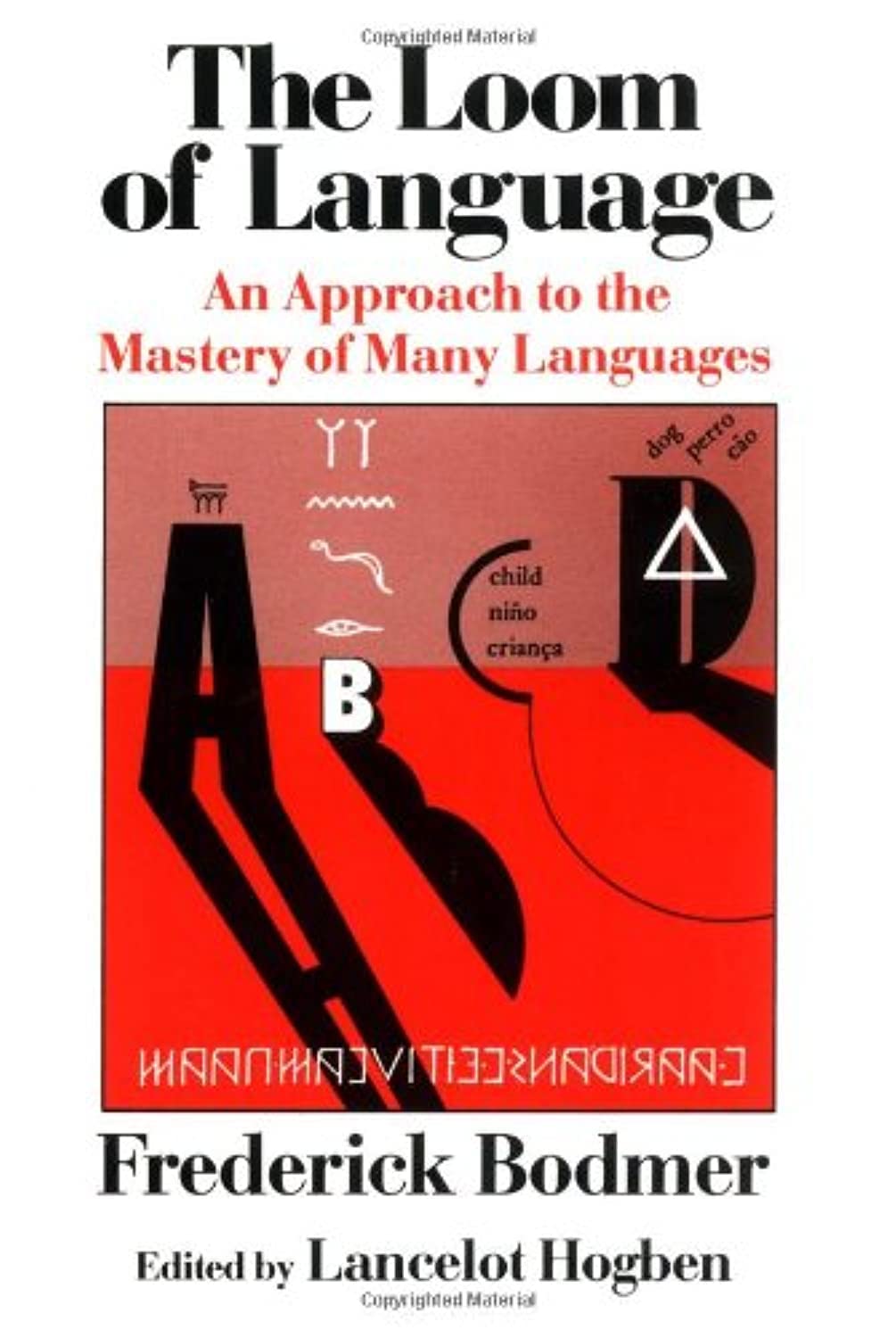
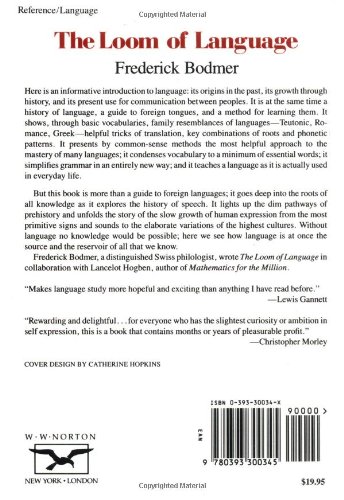
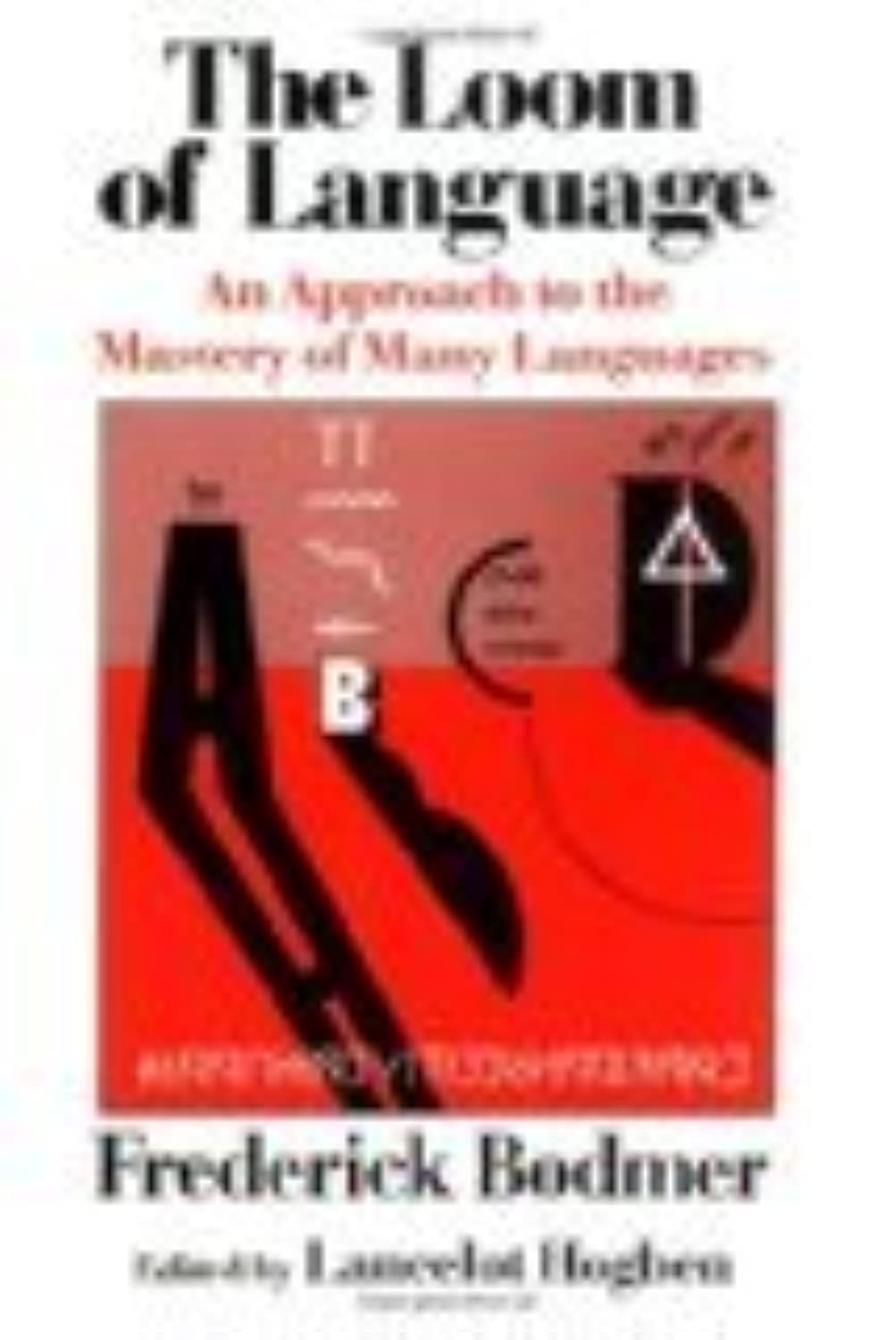
The Loom of Language: An Approach to the Mastery of Many Languages
Are you sure you want to delete this listing?
All related data including comments will be permanently deleted.
Yes, please delete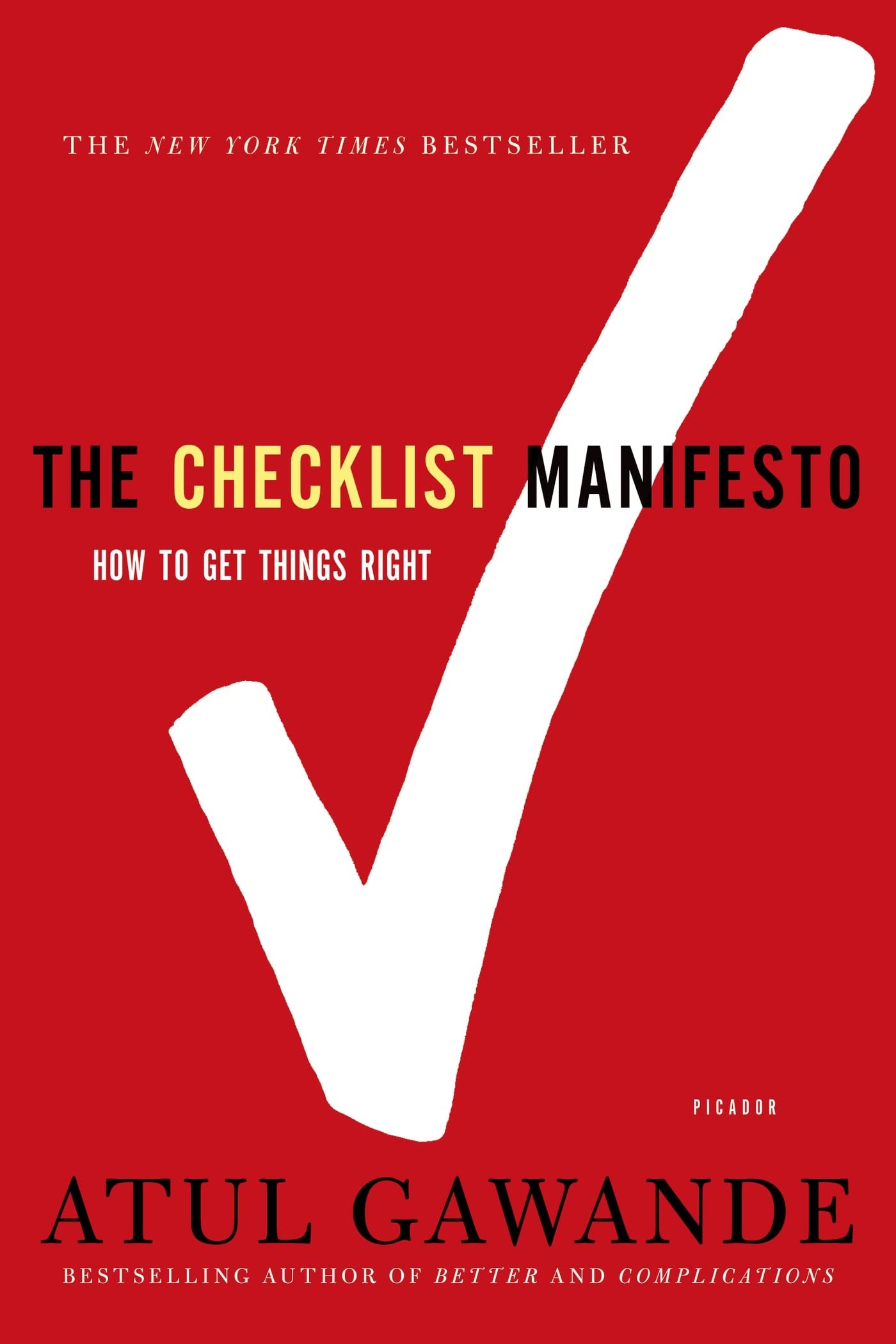
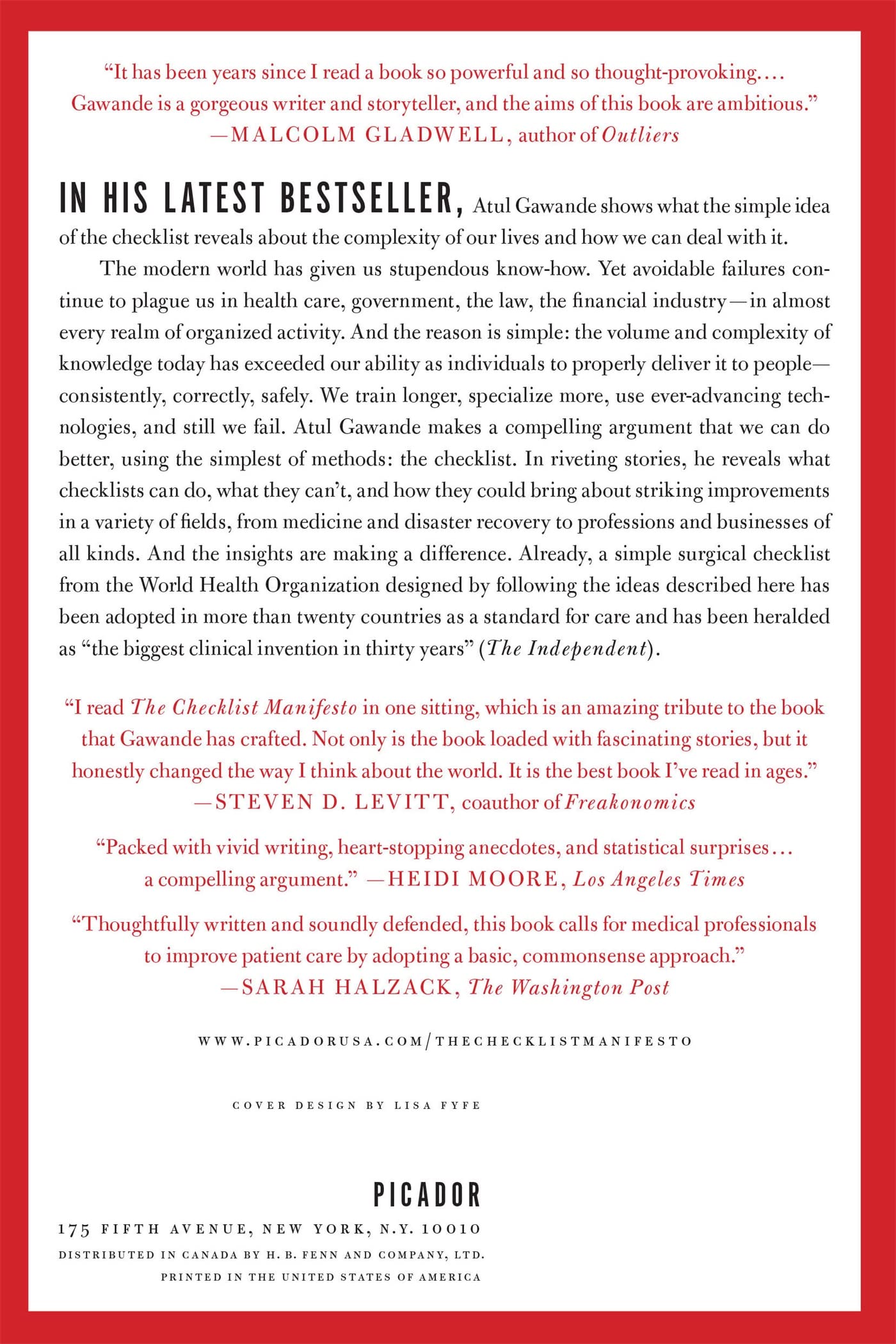
The Checklist Manifesto: How to Get Things Right
Are you sure you want to delete this listing?
All related data including comments will be permanently deleted.
Yes, please delete
The Artist's Way Morning Pages Journal: Deluxe Edition
Are you sure you want to delete this listing?
All related data including comments will be permanently deleted.
Yes, please delete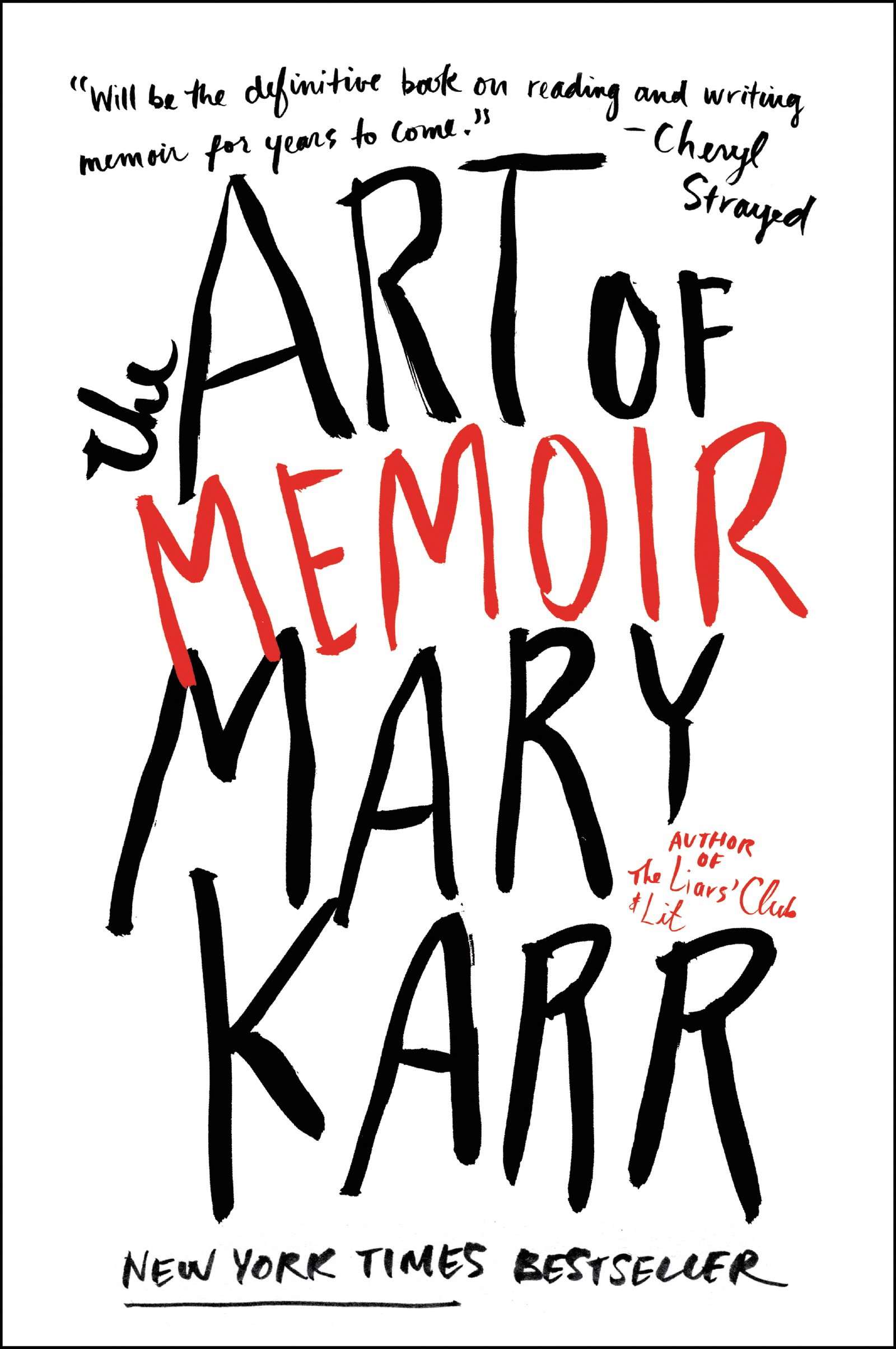
The Art of Memoir
Are you sure you want to delete this listing?
All related data including comments will be permanently deleted.
Yes, please delete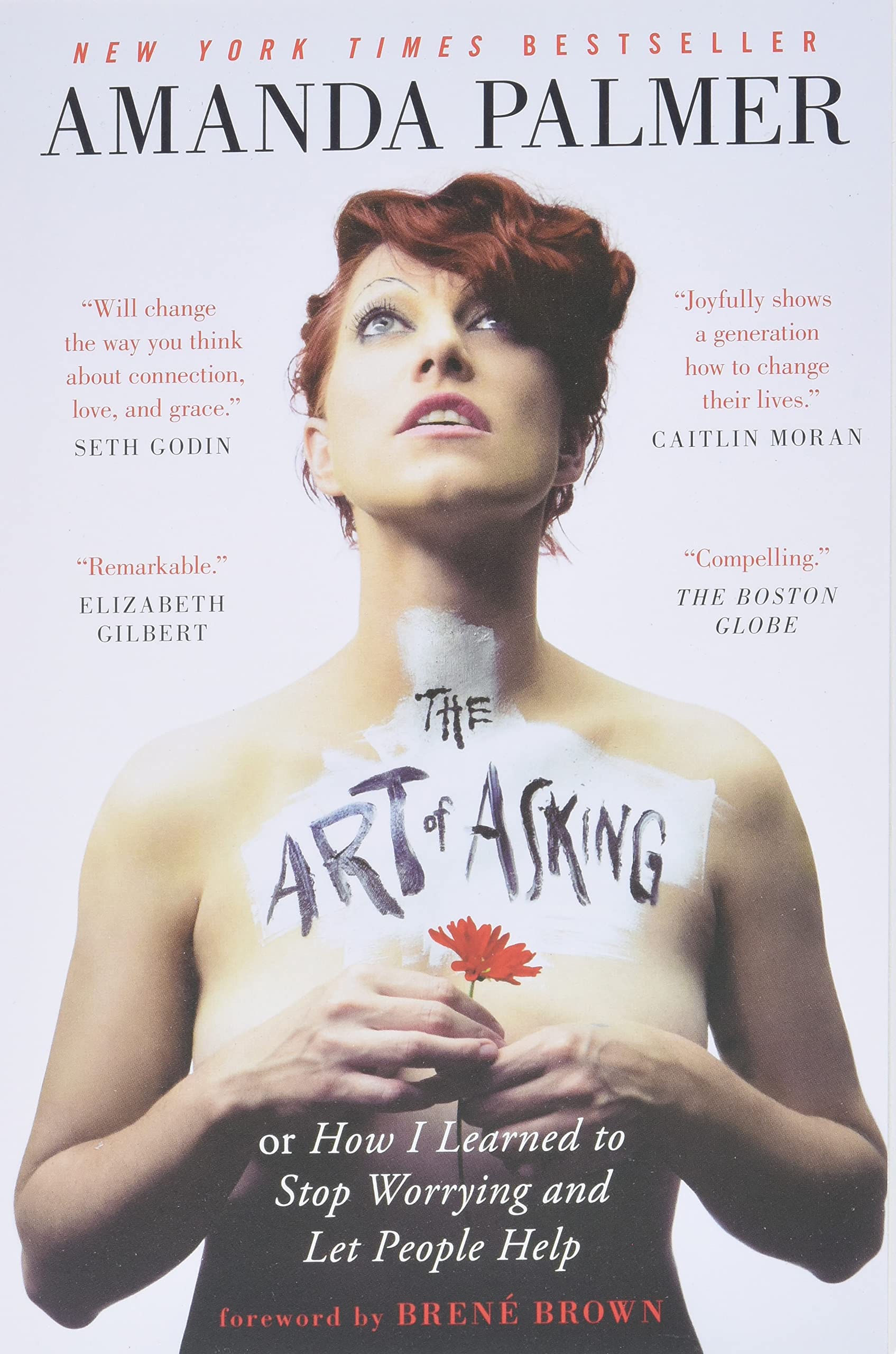
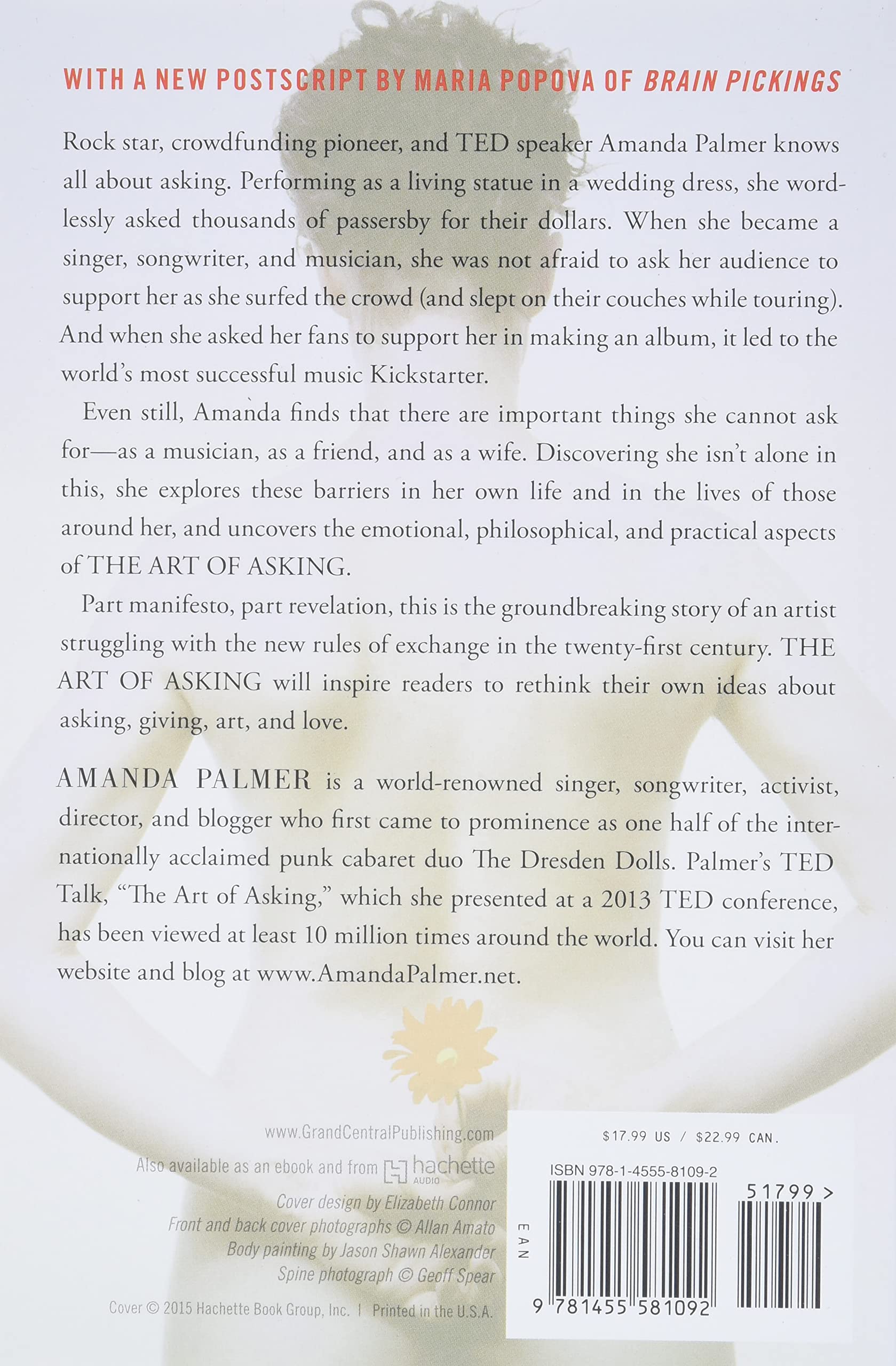
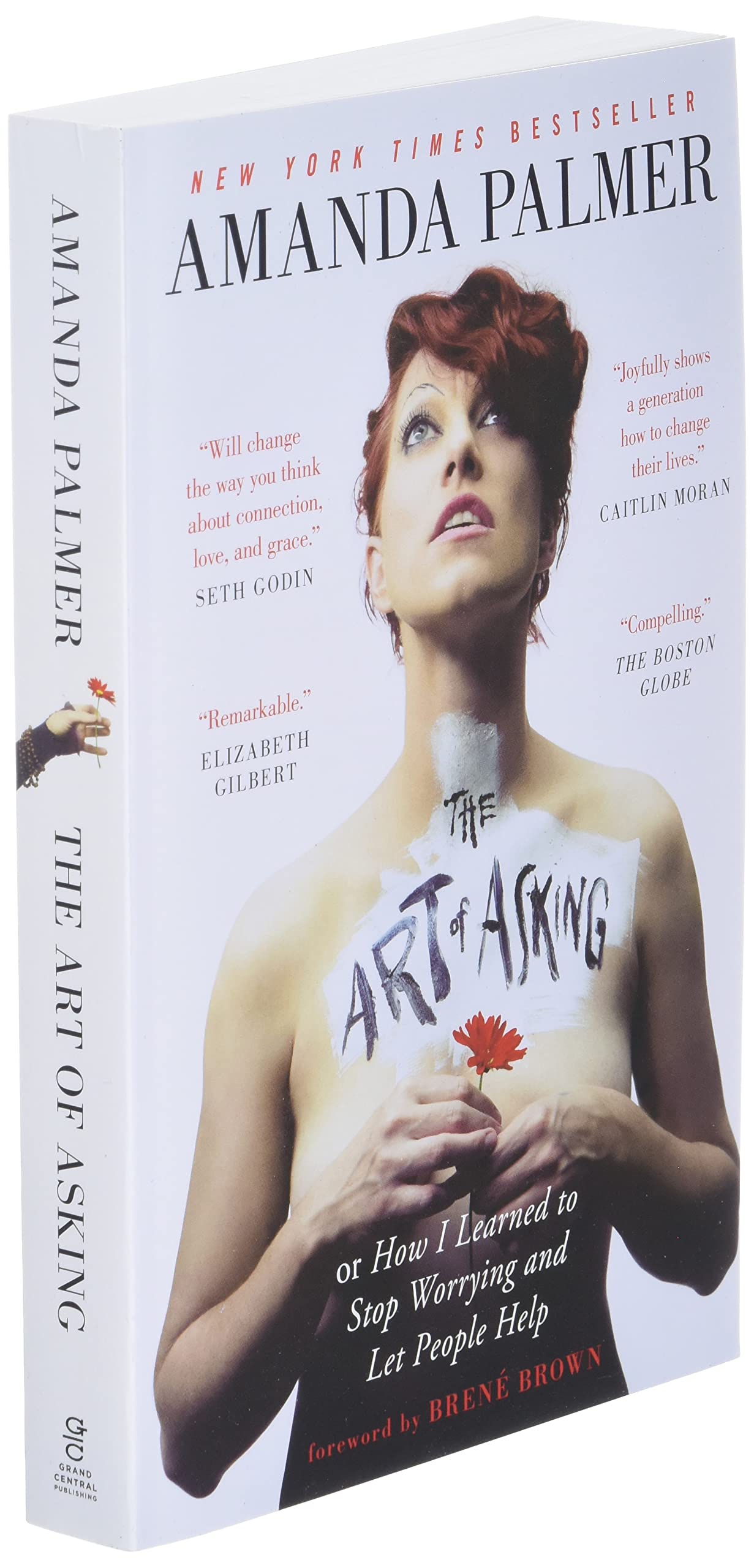
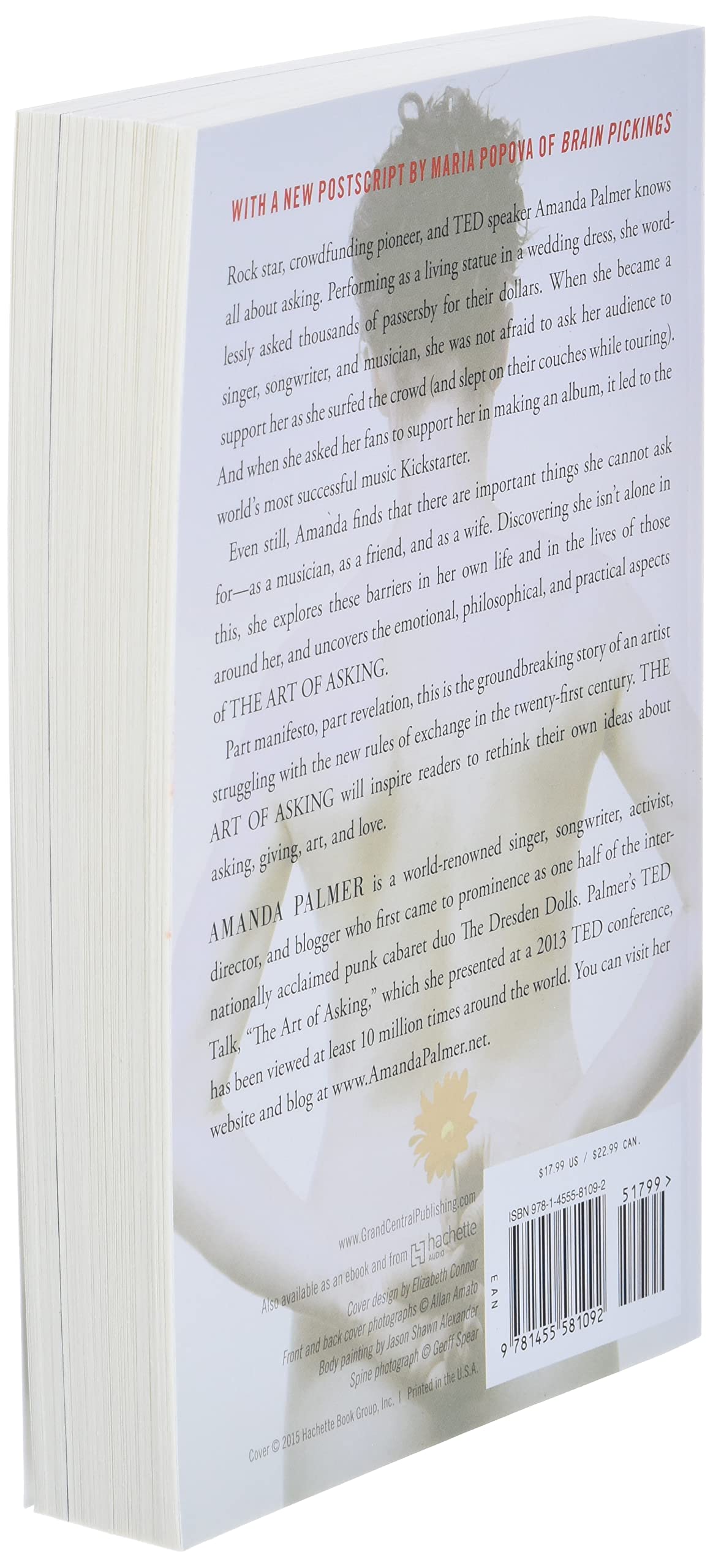
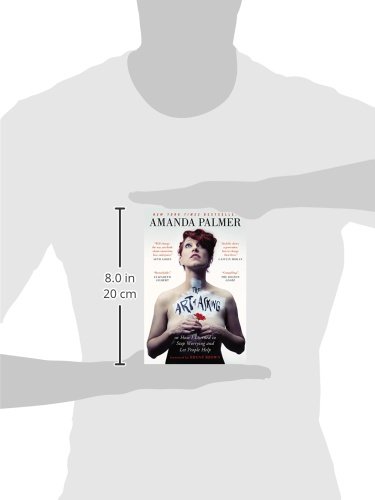
The Art of Asking: How I Learned to Stop Worrying and Let People Help
Are you sure you want to delete this listing?
All related data including comments will be permanently deleted.
Yes, please delete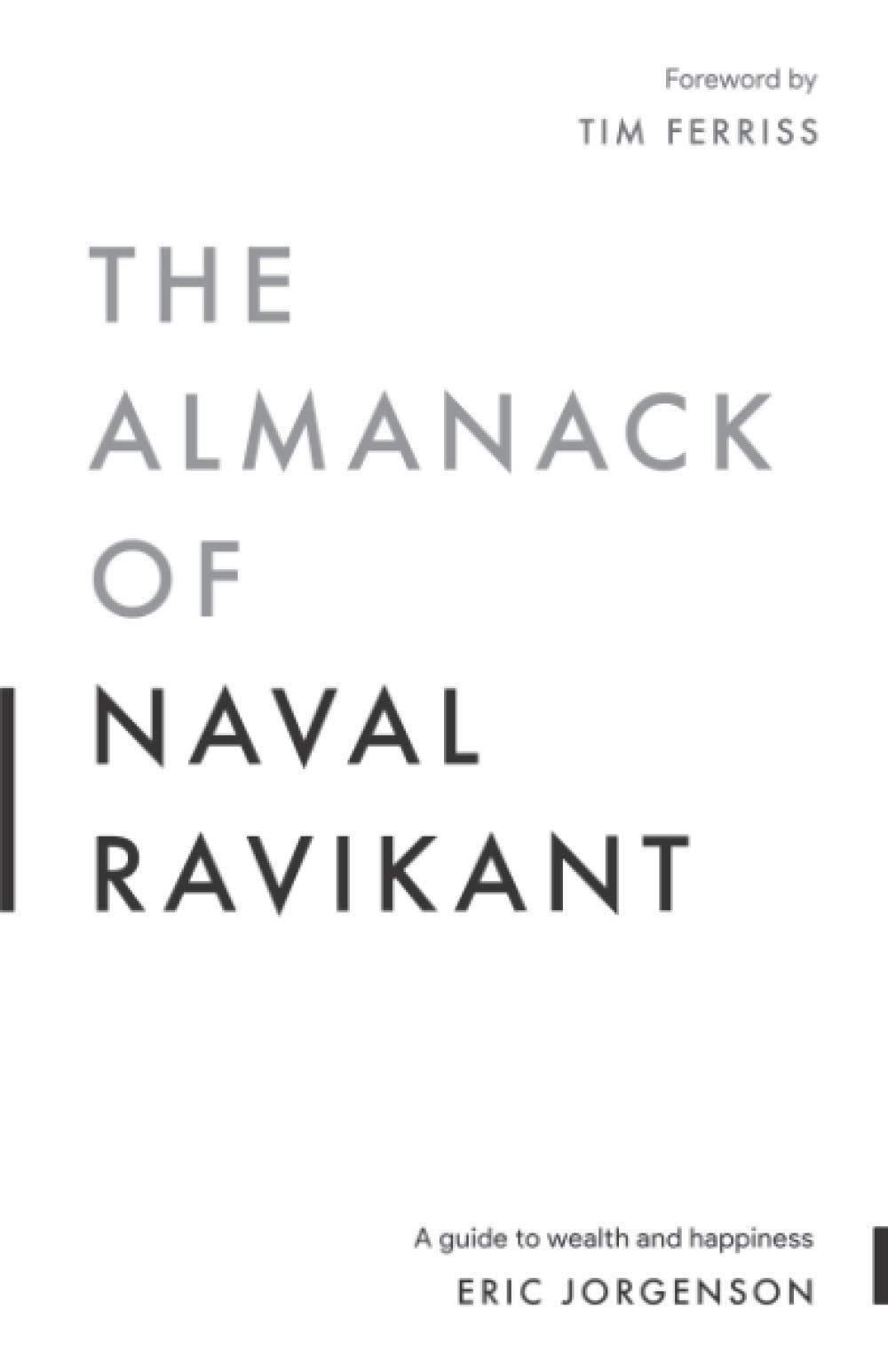
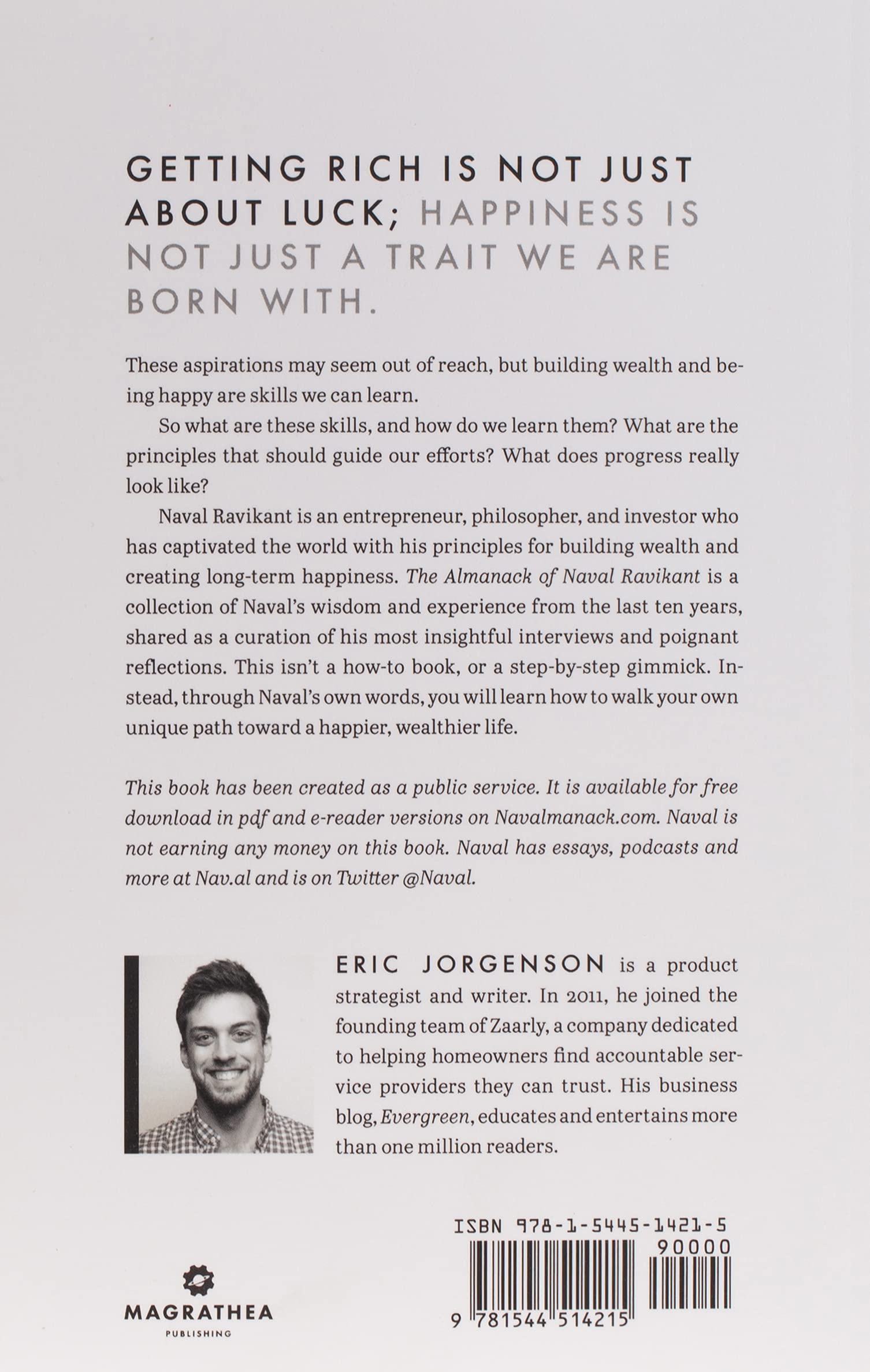
The Almanack of Naval Ravikant: A Guide to Wealth and Happiness
Are you sure you want to delete this listing?
All related data including comments will be permanently deleted.
Yes, please delete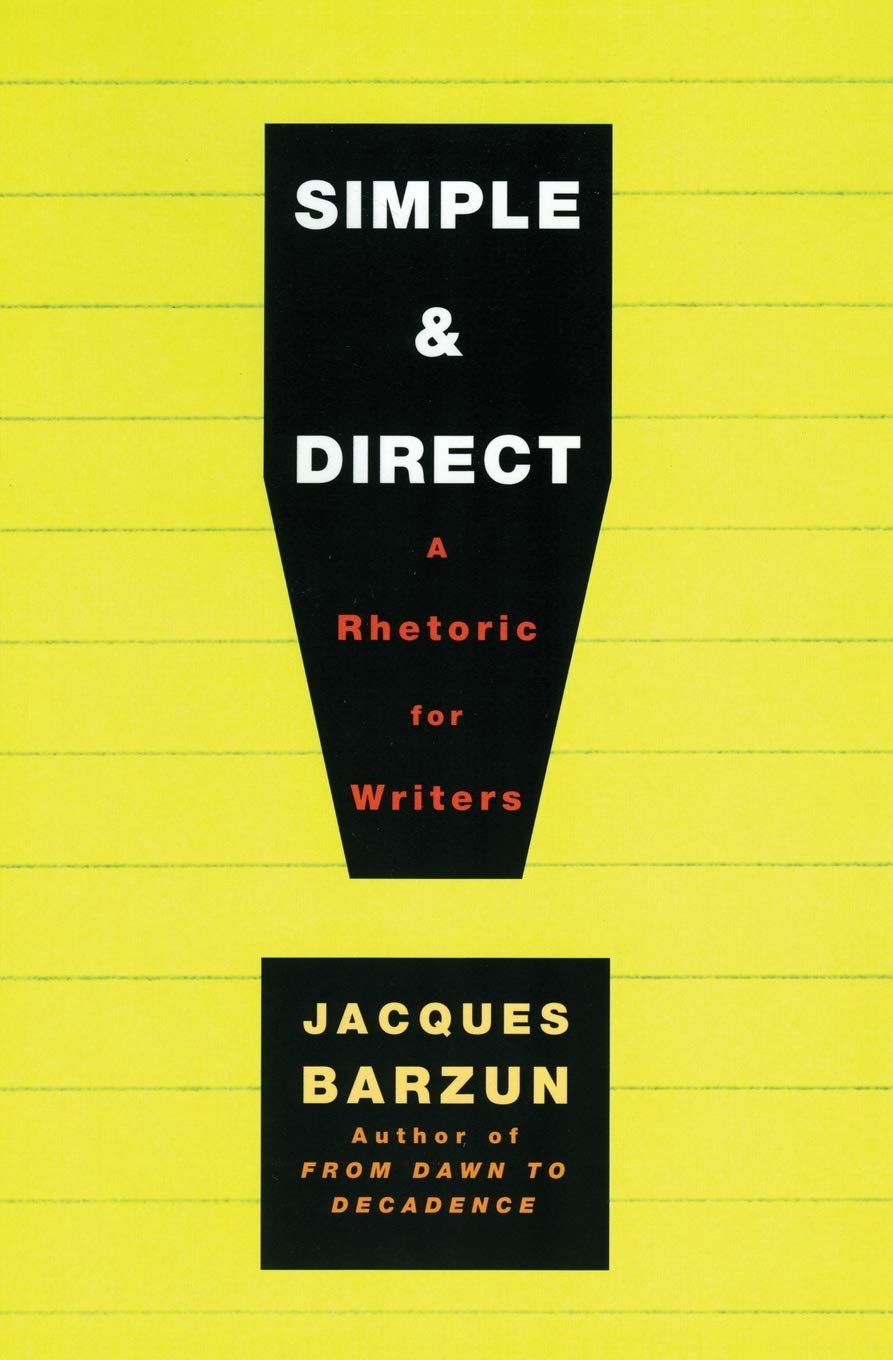
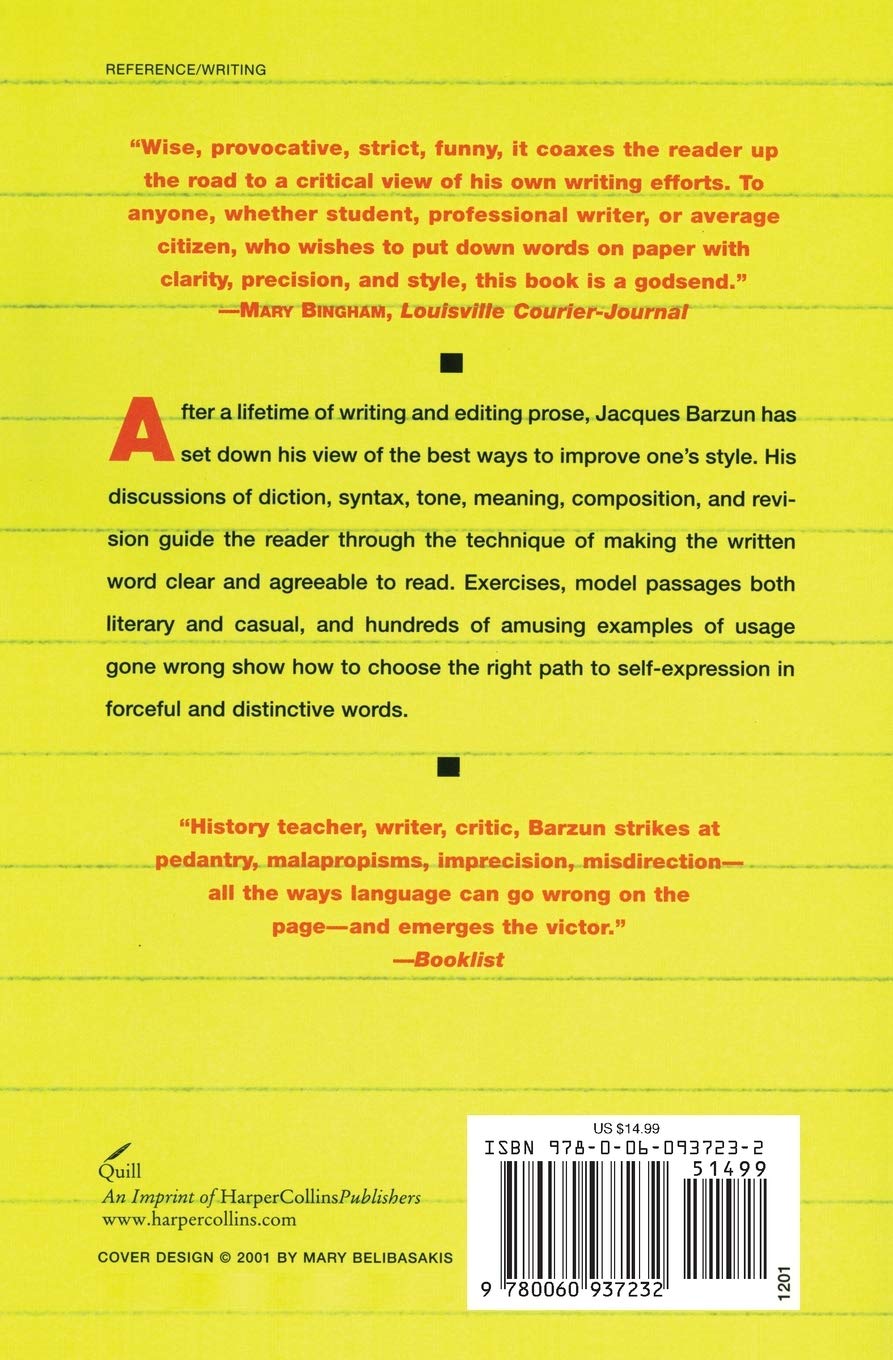
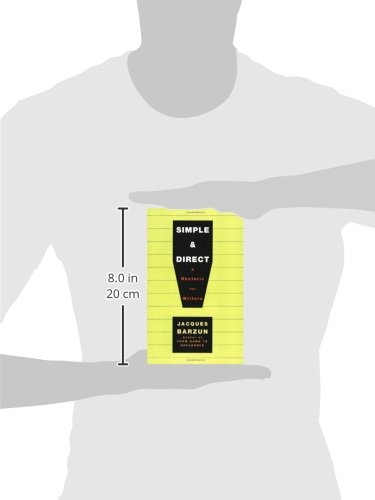
Simple & Direct
Are you sure you want to delete this listing?
All related data including comments will be permanently deleted.
Yes, please delete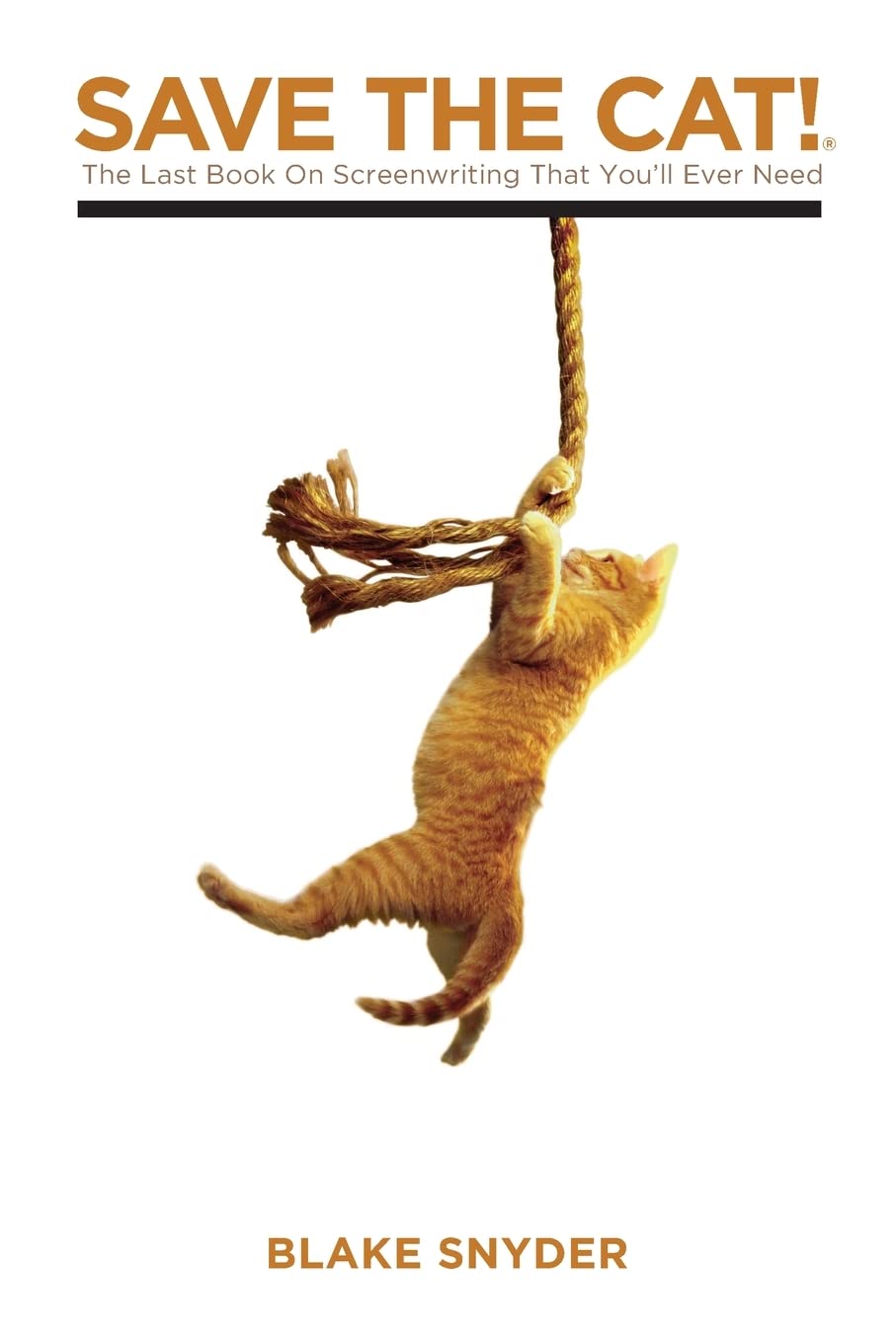
Save The Cat! The Last Book on Screenwriting You'll Ever Need
Are you sure you want to delete this listing?
All related data including comments will be permanently deleted.
Yes, please delete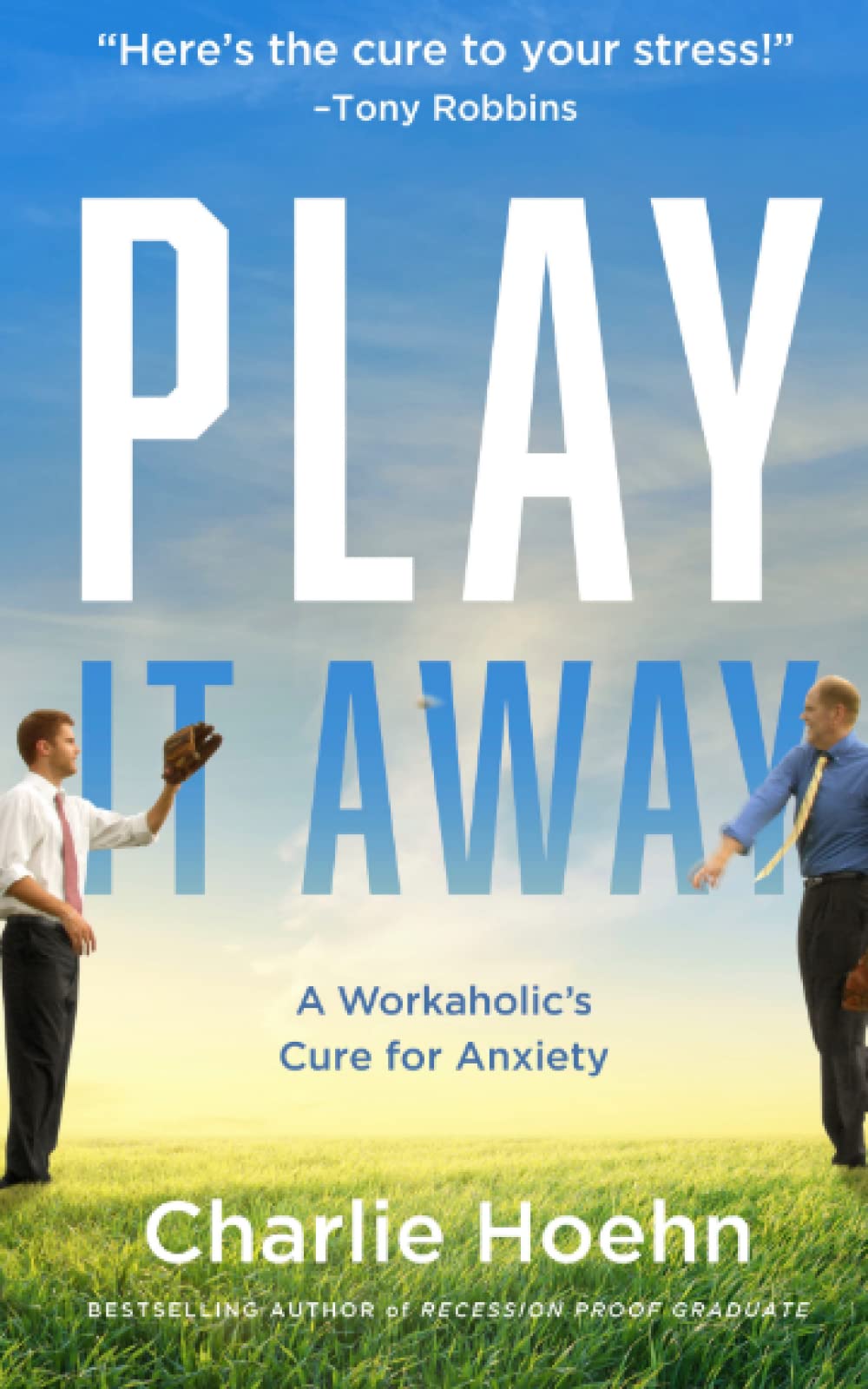
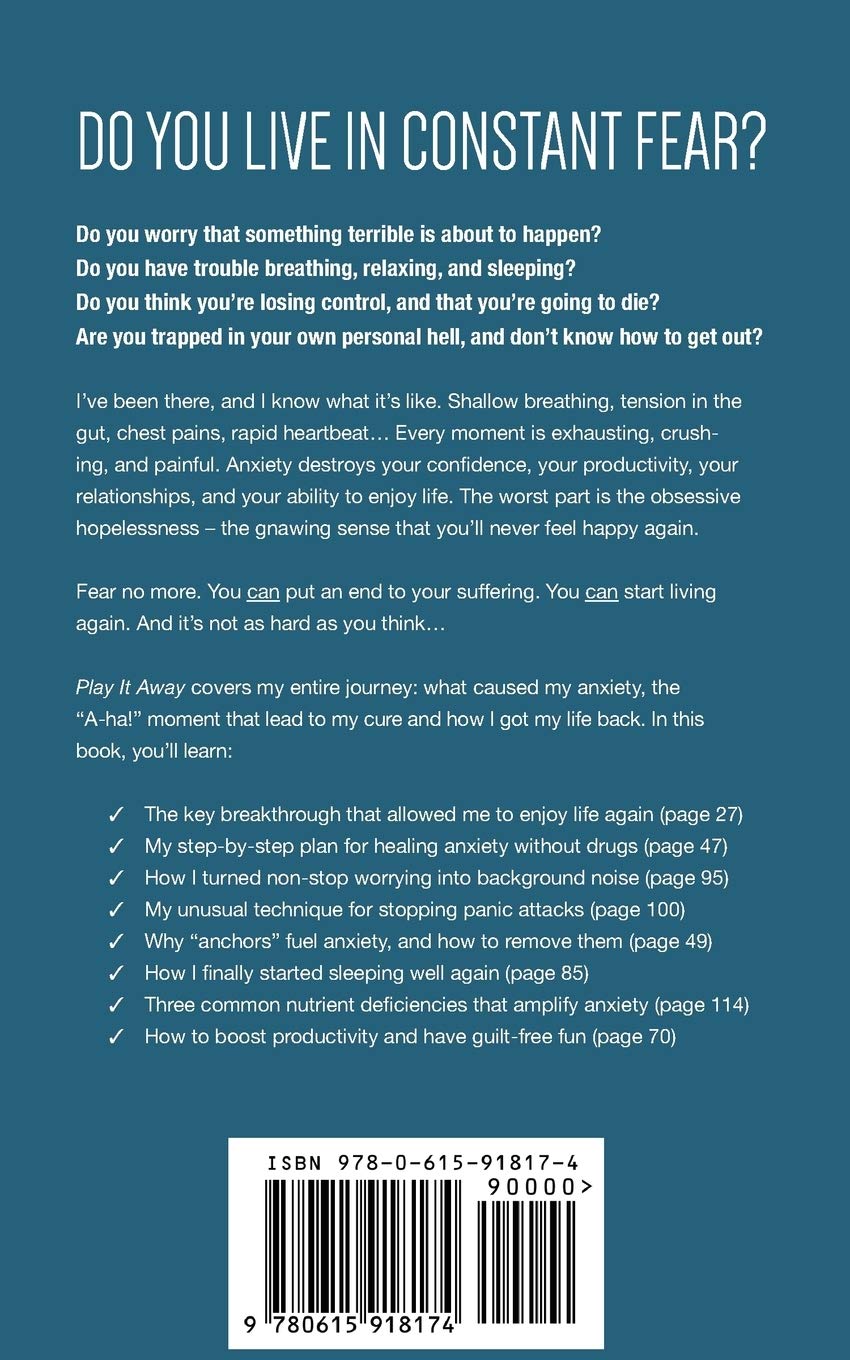
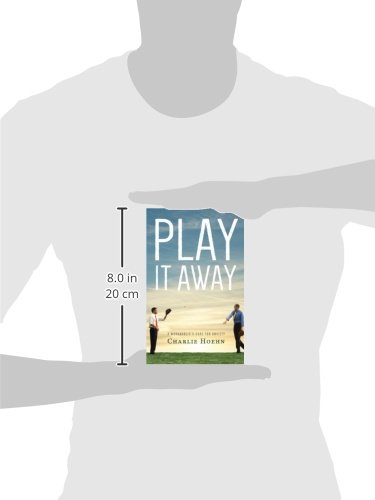
Play It Away: A Workaholic's Cure for Anxiety
Are you sure you want to delete this listing?
All related data including comments will be permanently deleted.
Yes, please delete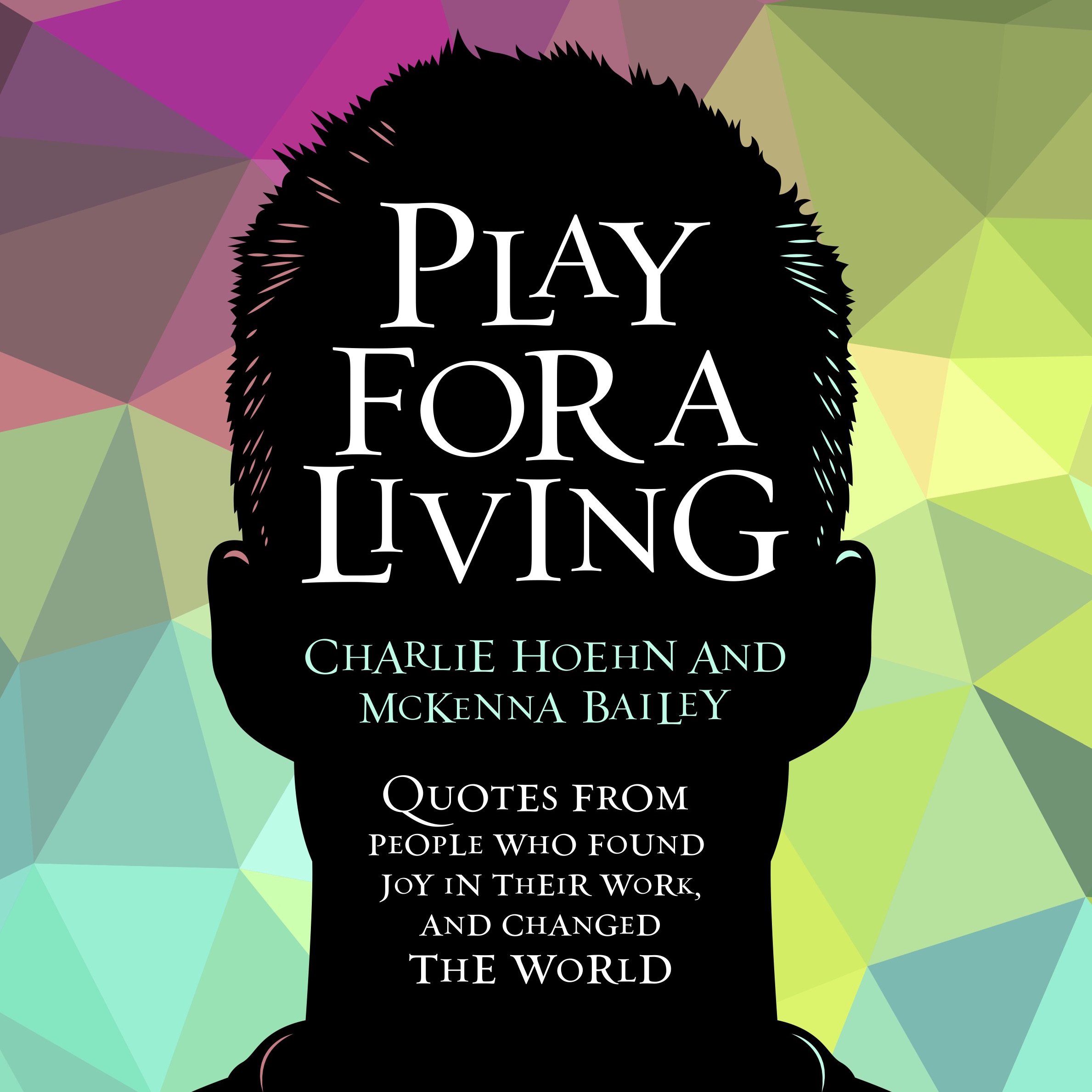
Play for a Living
Are you sure you want to delete this listing?
All related data including comments will be permanently deleted.
Yes, please delete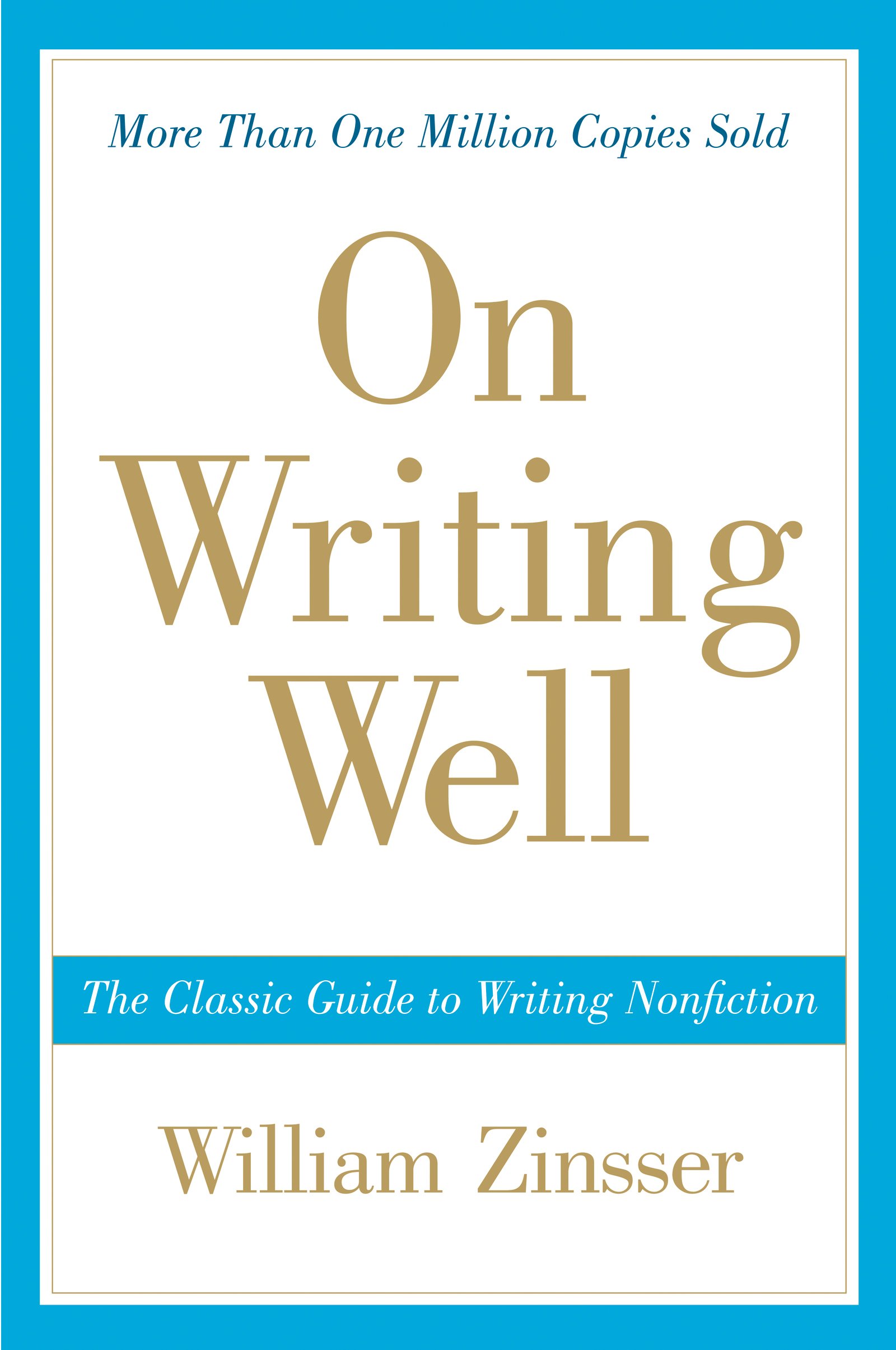
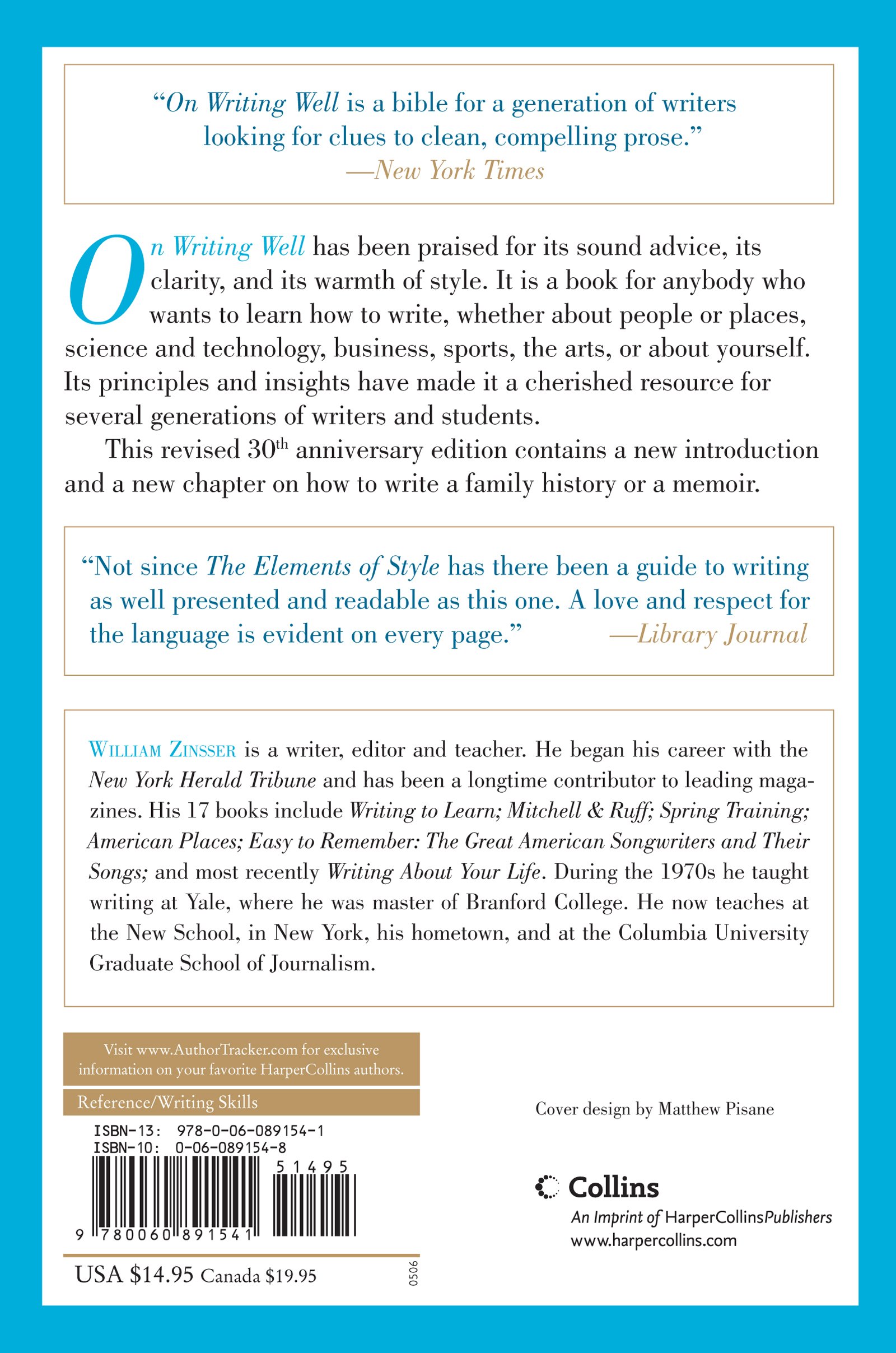
On Writing Well: The Classic Guide to Writing Nonfiction
Are you sure you want to delete this listing?
All related data including comments will be permanently deleted.
Yes, please delete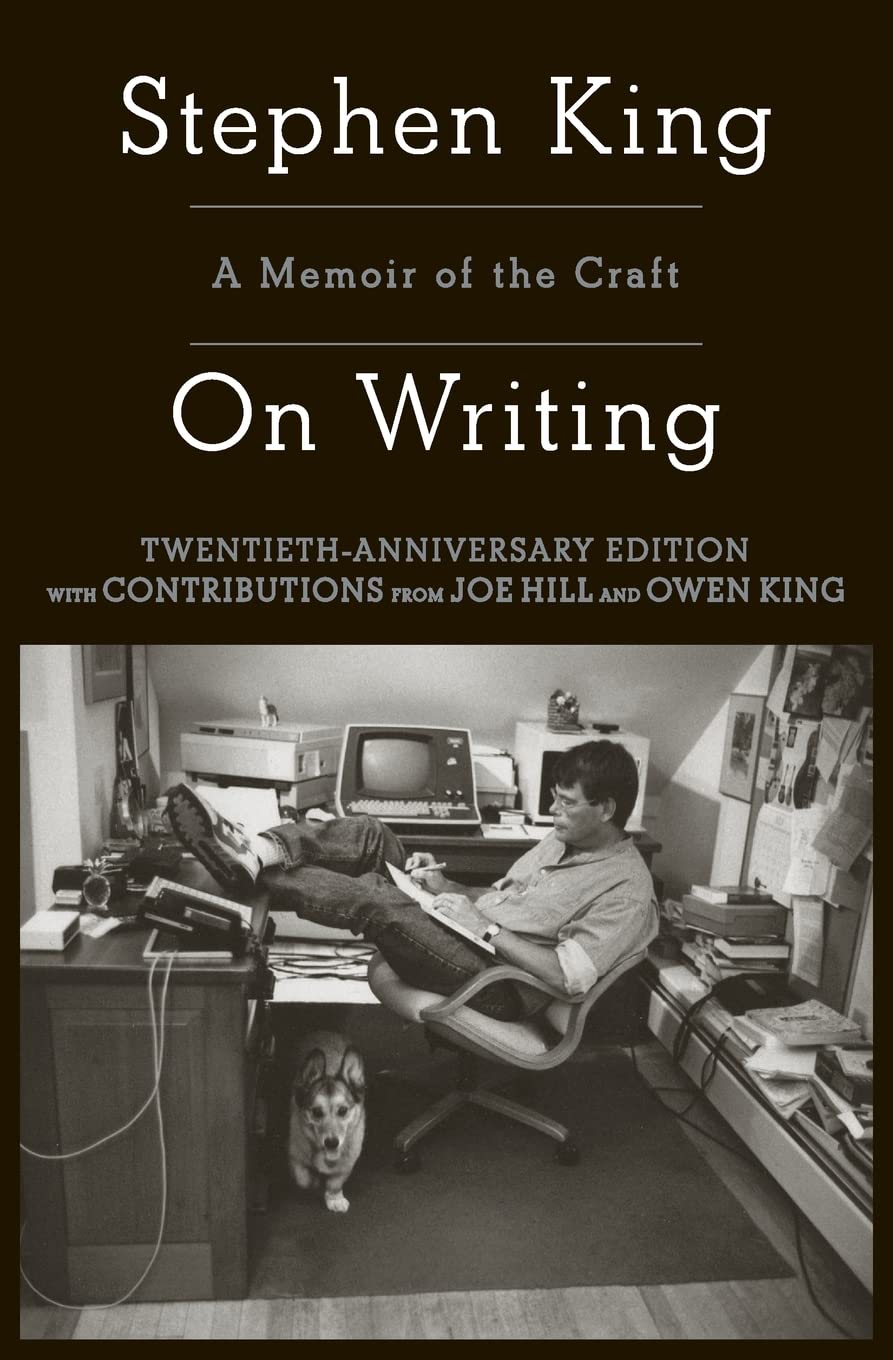

On Writing: A Memoir of the Craft (A Memoir of the Craft (Reissue))
Are you sure you want to delete this listing?
All related data including comments will be permanently deleted.
Yes, please delete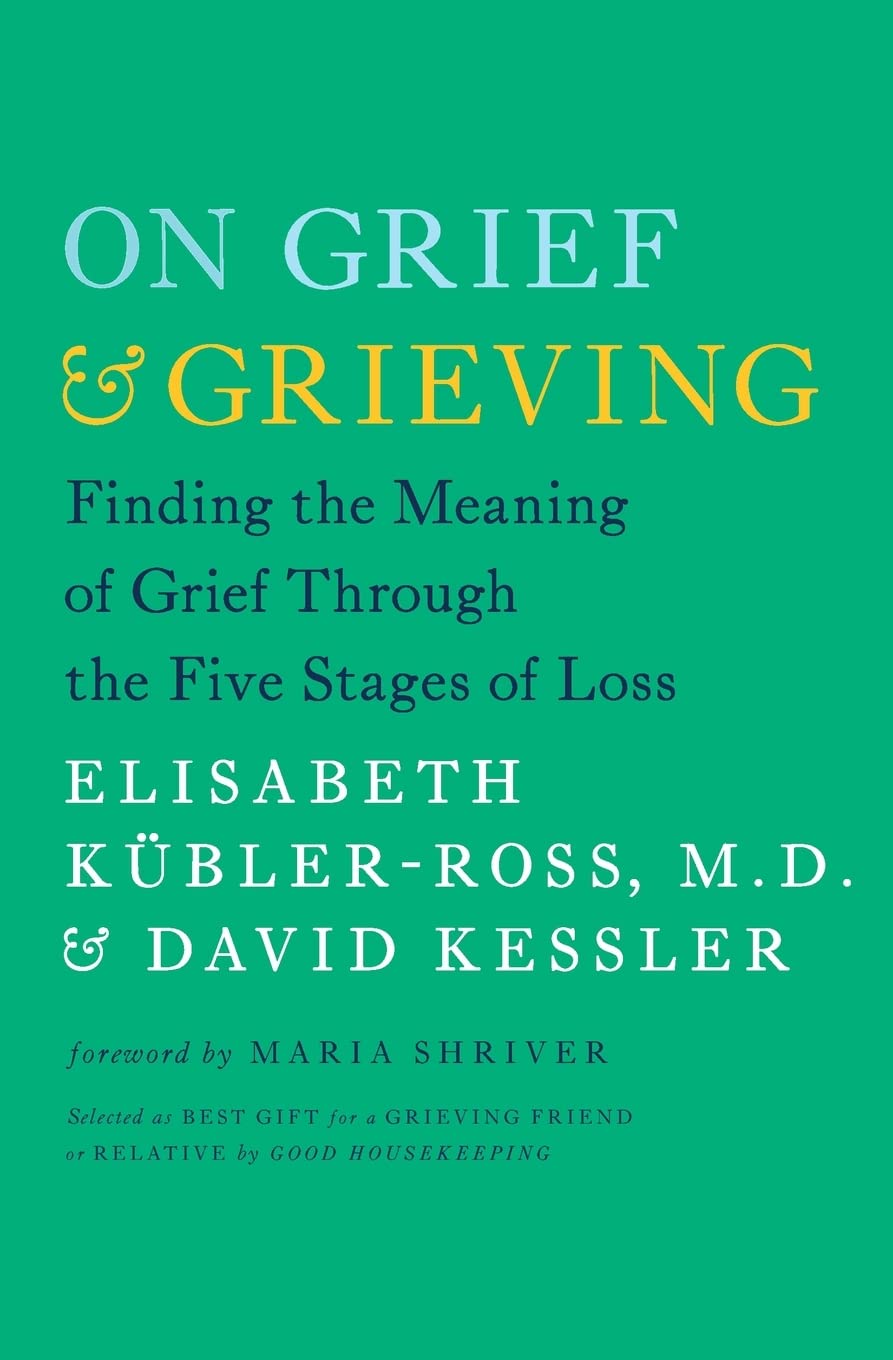
On Grief and Grieving: Finding the Meaning of Grief Through the Five Stages of Loss
Are you sure you want to delete this listing?
All related data including comments will be permanently deleted.
Yes, please delete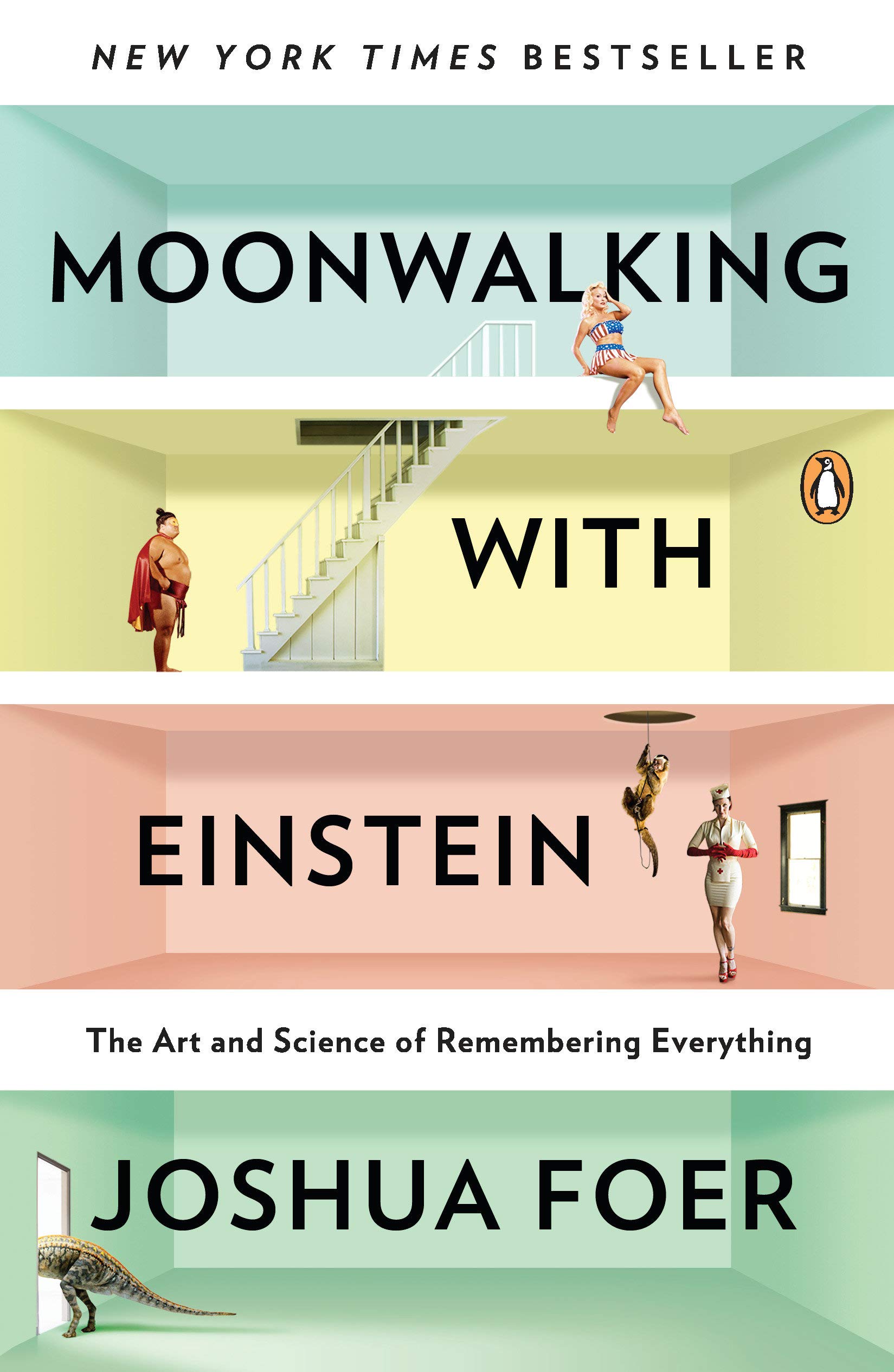
Moonwalking with Einstein: The Art and Science of Remembering Everything
Are you sure you want to delete this listing?
All related data including comments will be permanently deleted.
Yes, please delete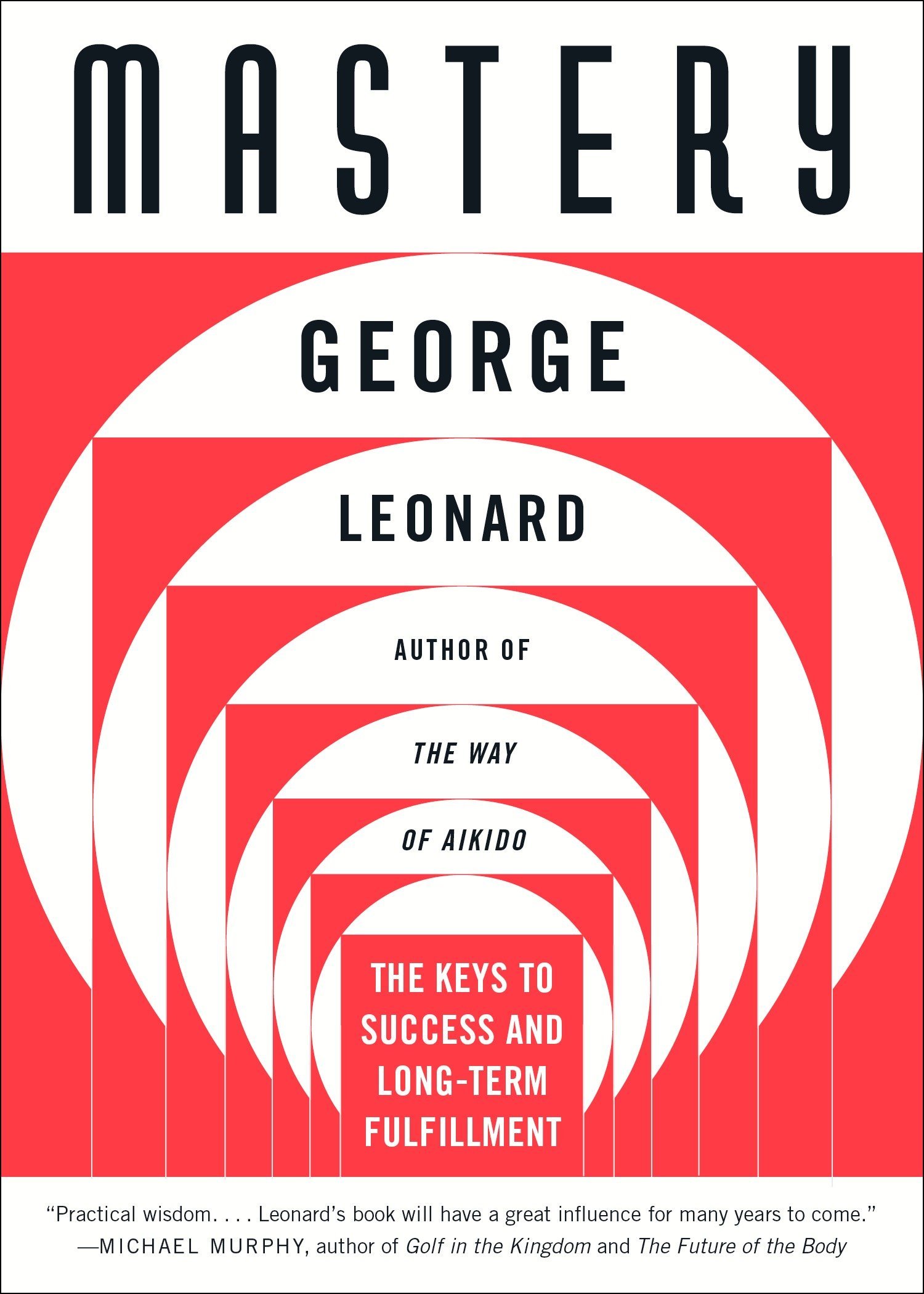
Mastery: The Keys to Success and Long-Term Fulfillment
Are you sure you want to delete this listing?
All related data including comments will be permanently deleted.
Yes, please delete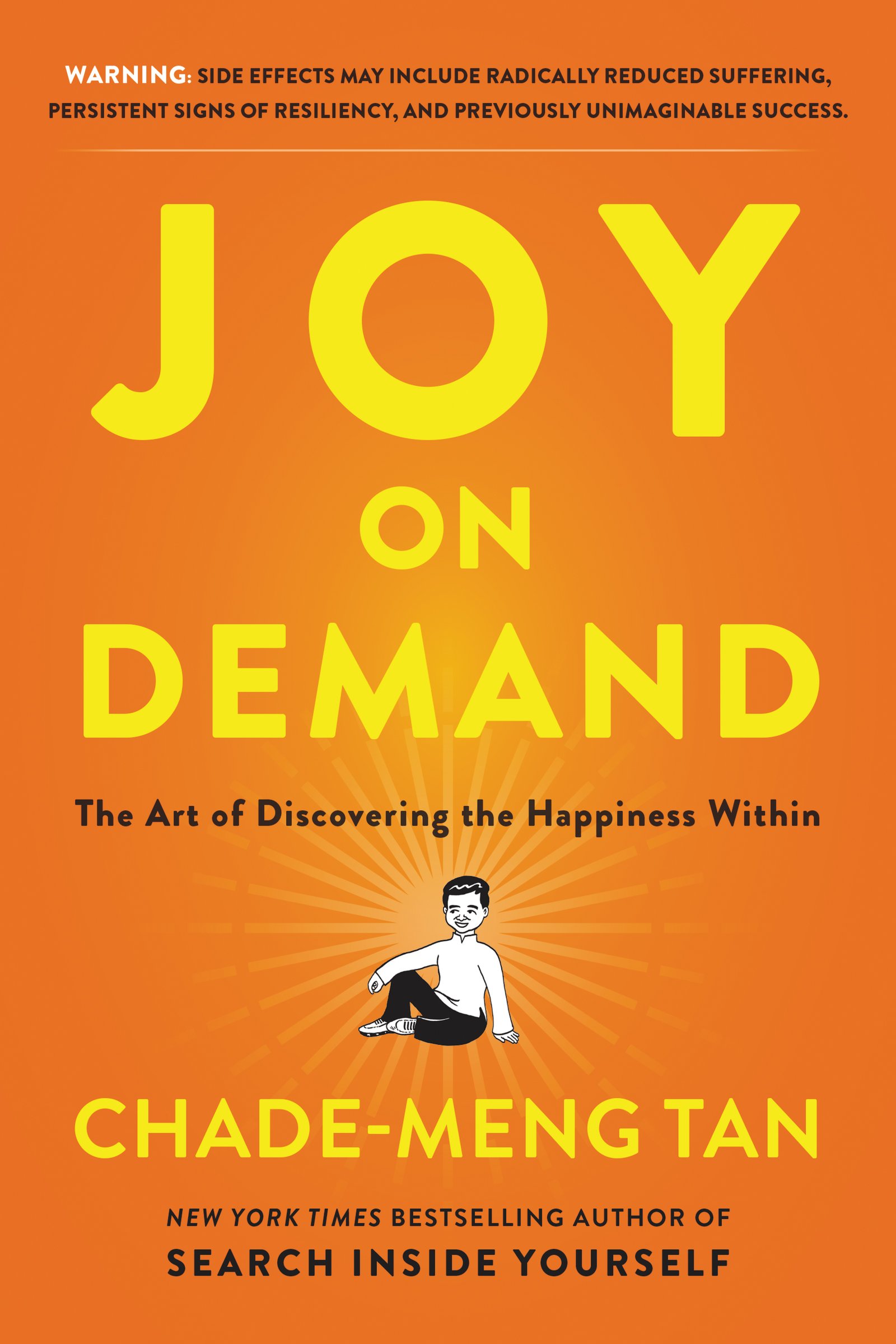
Joy On Demand
Are you sure you want to delete this listing?
All related data including comments will be permanently deleted.
Yes, please delete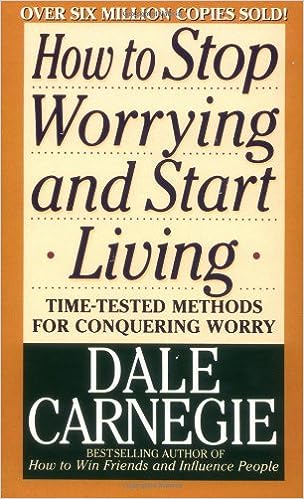
How to Stop Worrying and Start Living
Are you sure you want to delete this listing?
All related data including comments will be permanently deleted.
Yes, please delete
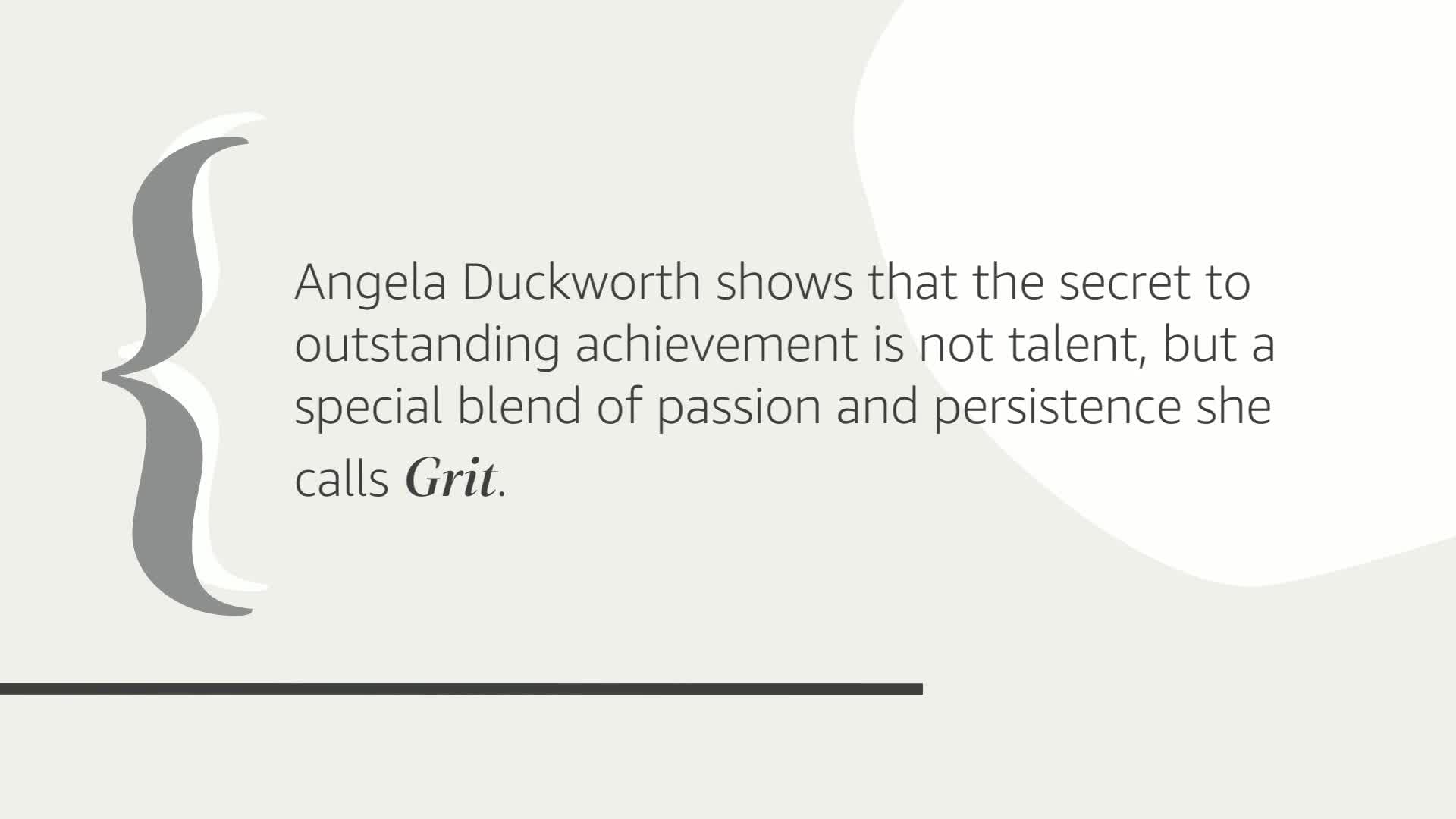
Grit: The Power of Passion and Perseverance
Are you sure you want to delete this listing?
All related data including comments will be permanently deleted.
Yes, please delete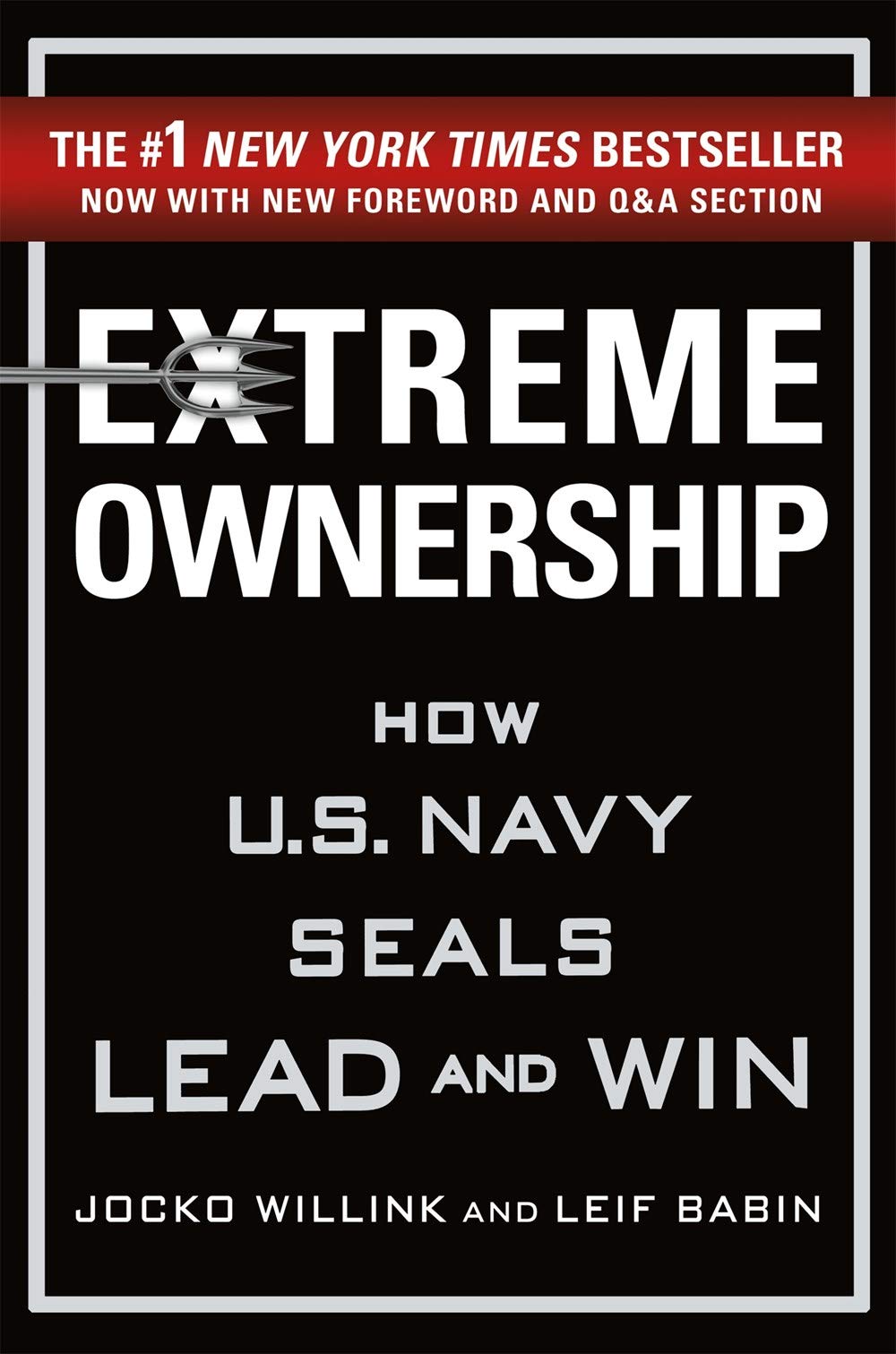
Extreme Ownership
Are you sure you want to delete this listing?
All related data including comments will be permanently deleted.
Yes, please delete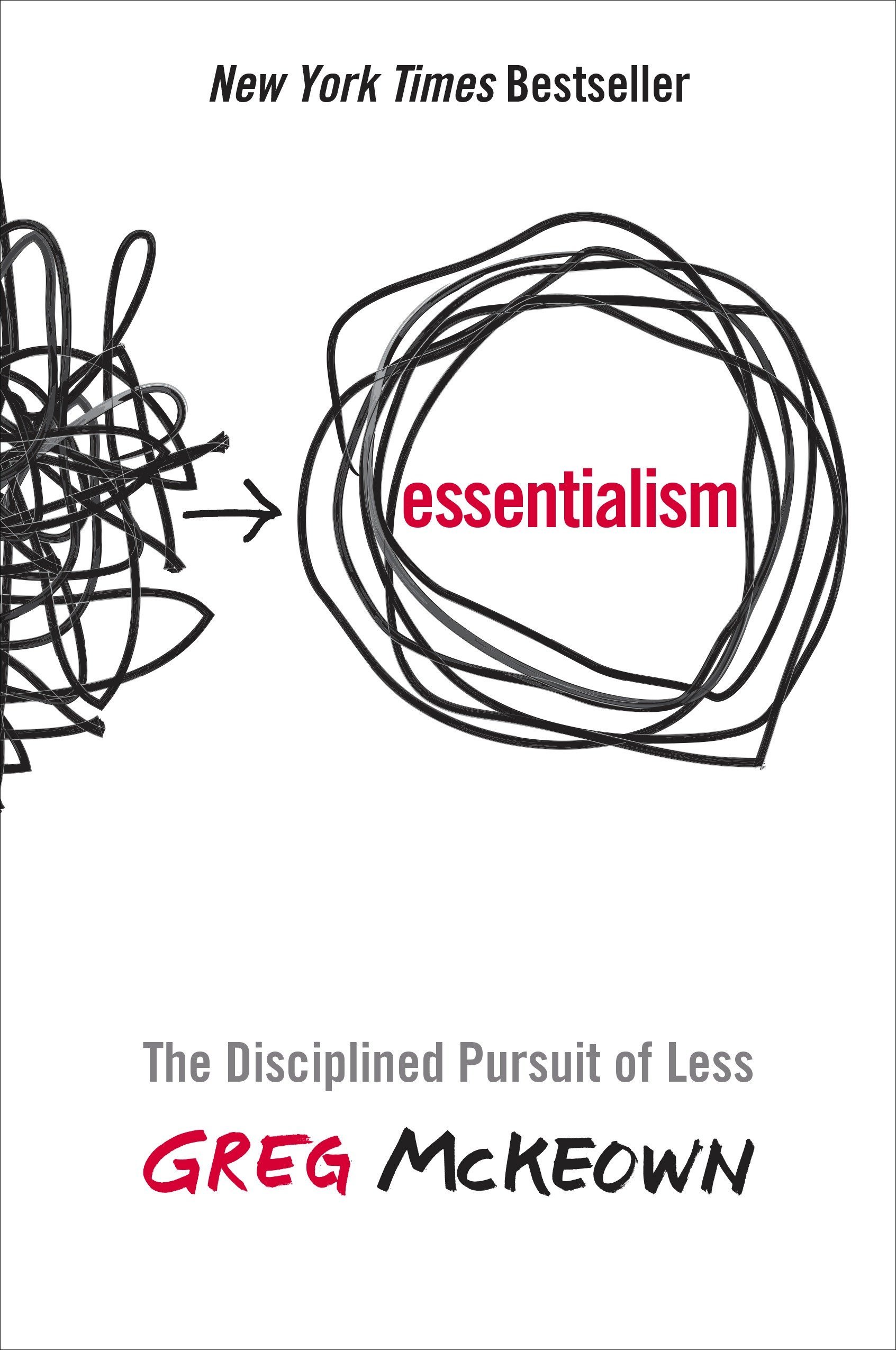
Essentialism: The Disciplined Pursuit of Less
Are you sure you want to delete this listing?
All related data including comments will be permanently deleted.
Yes, please delete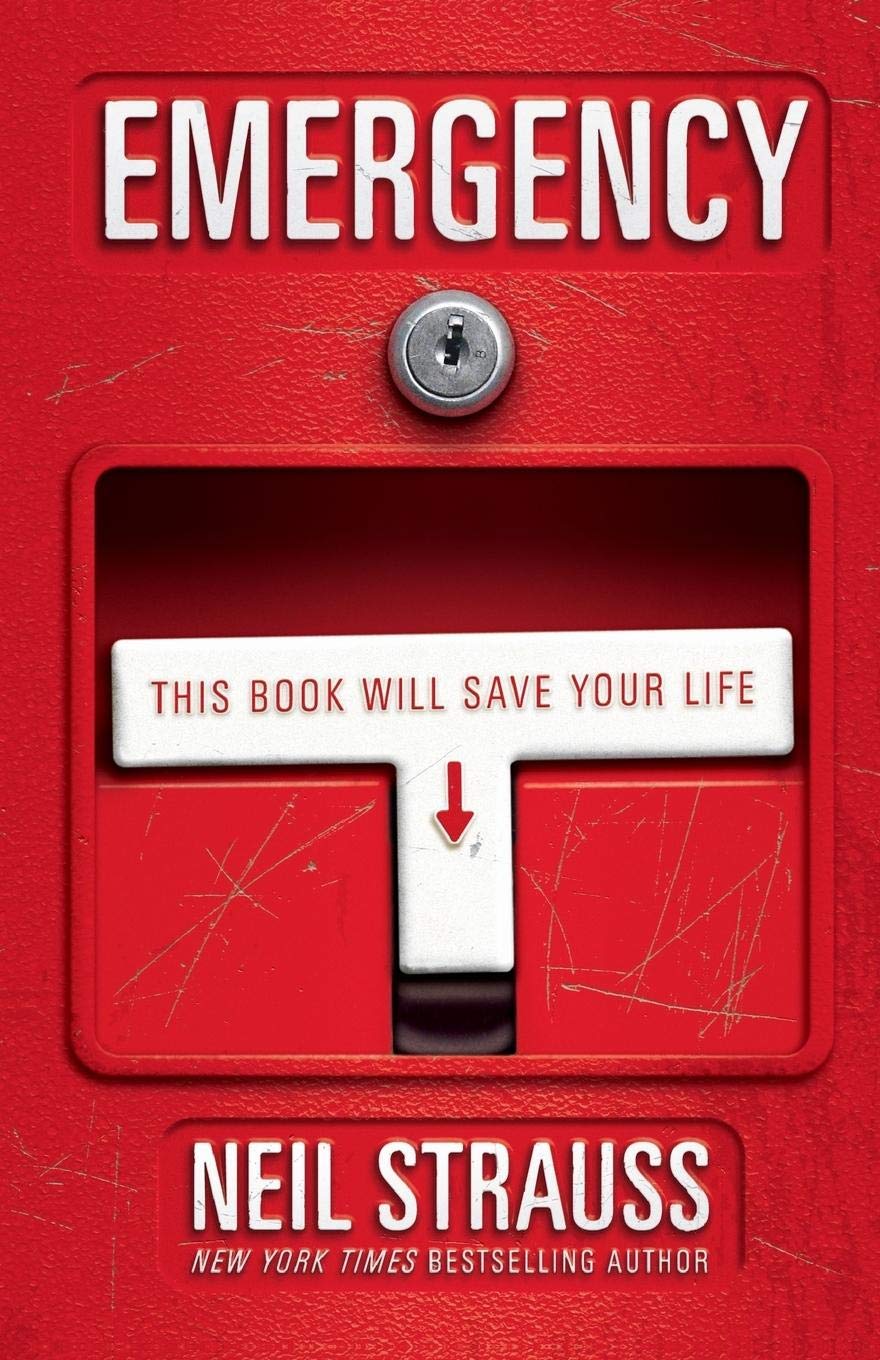
Emergency: This Book Will Save Your Life
Are you sure you want to delete this listing?
All related data including comments will be permanently deleted.
Yes, please delete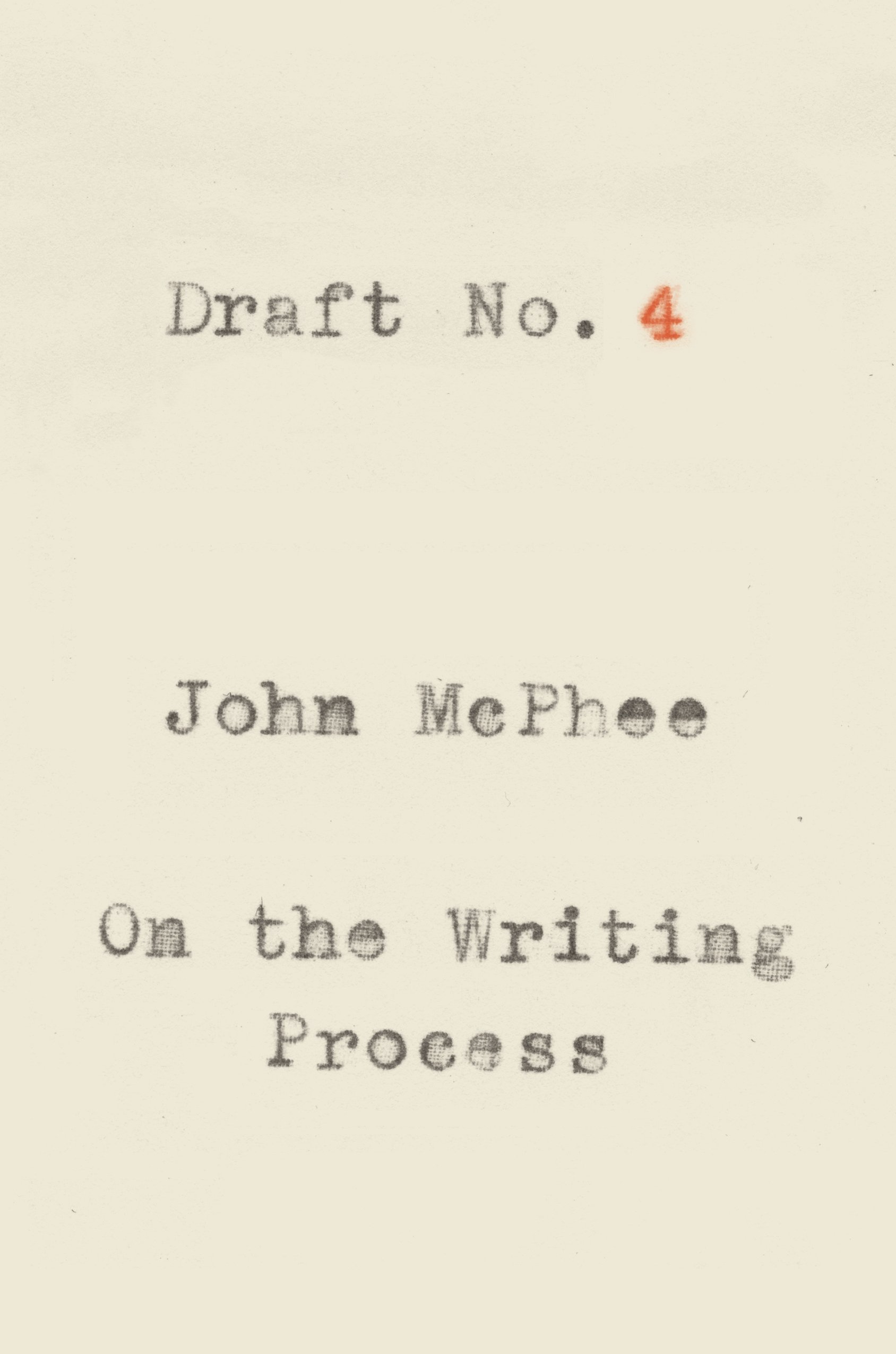
Draft No. 4: On the Writing Process
Are you sure you want to delete this listing?
All related data including comments will be permanently deleted.
Yes, please delete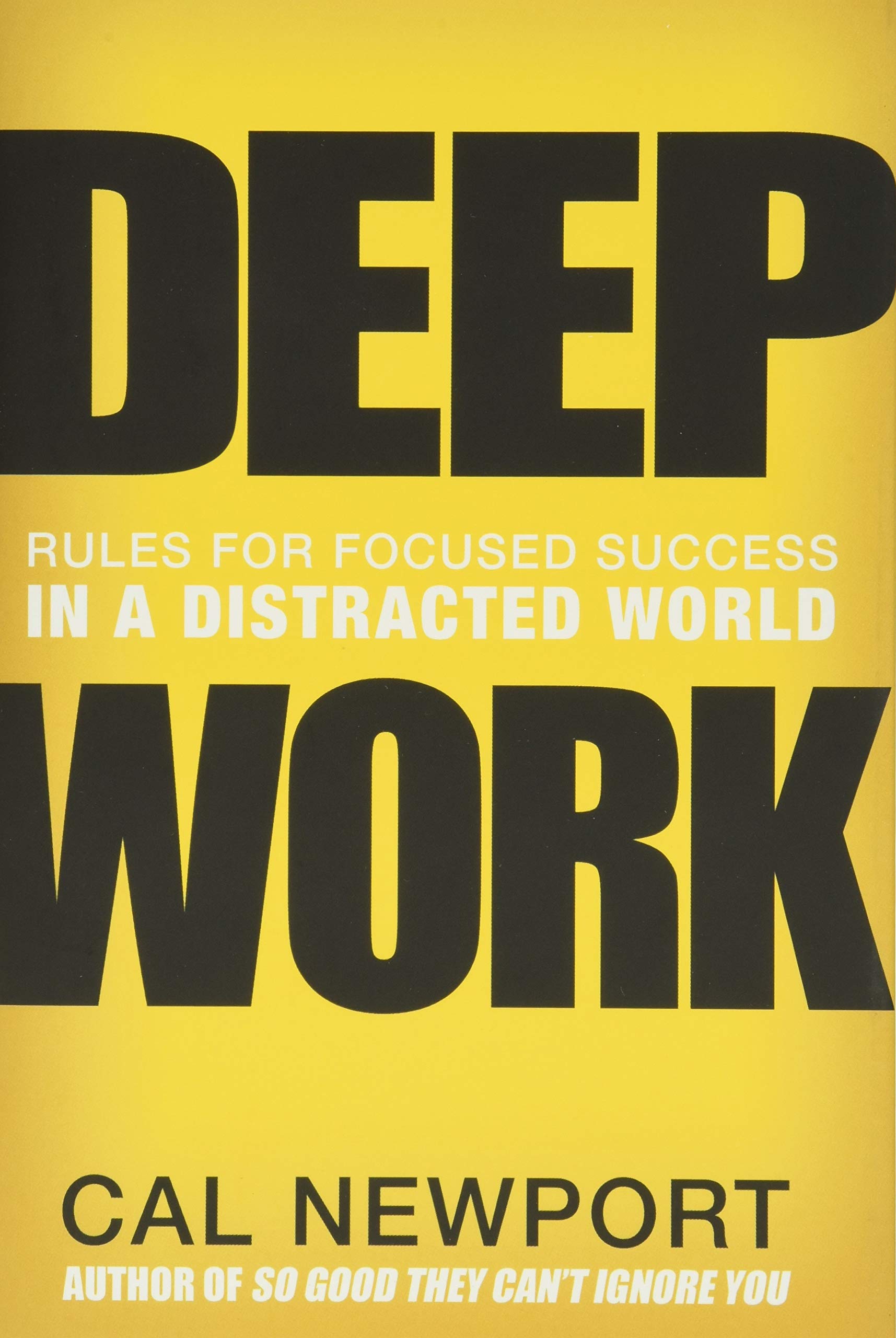
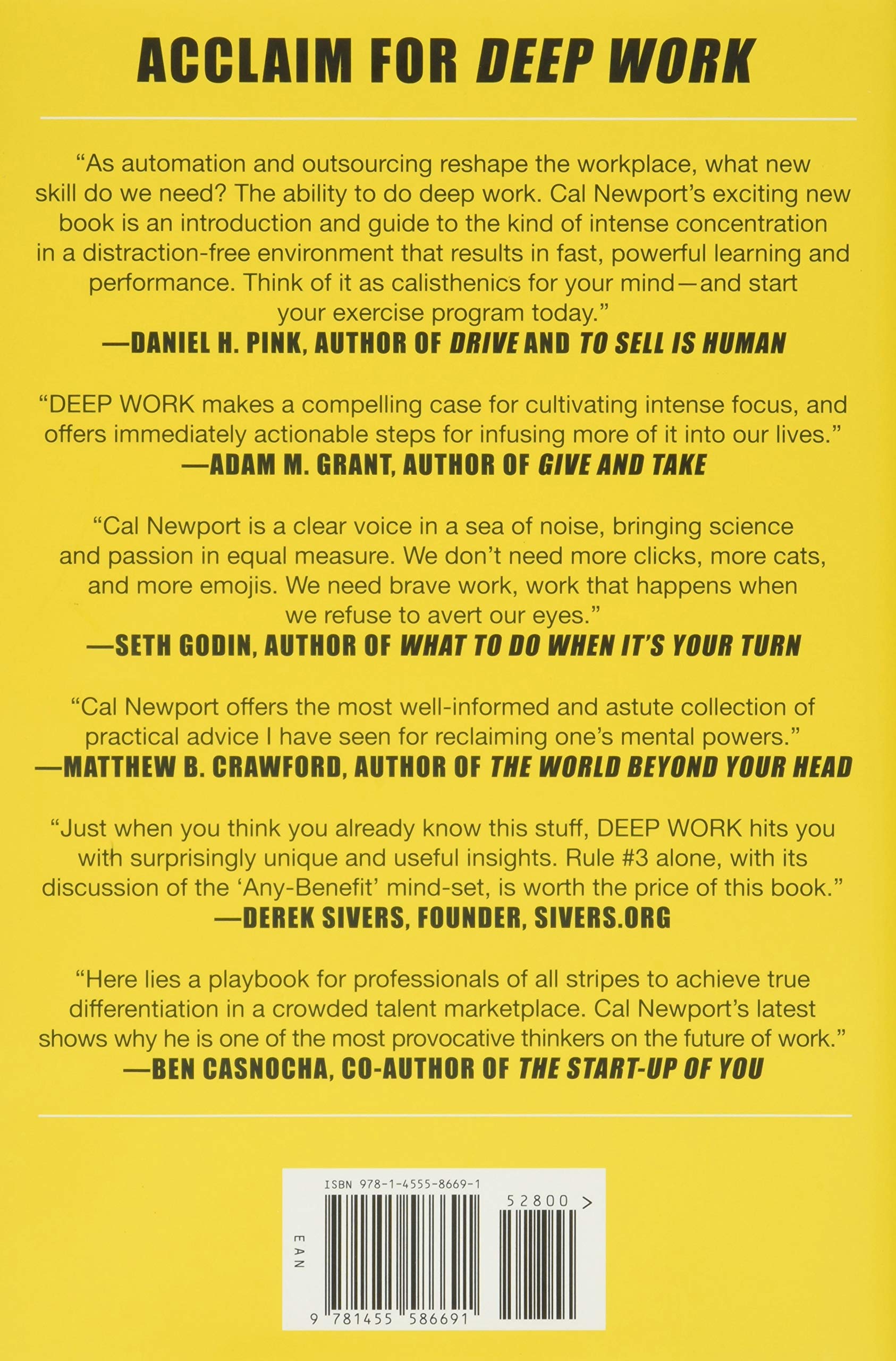
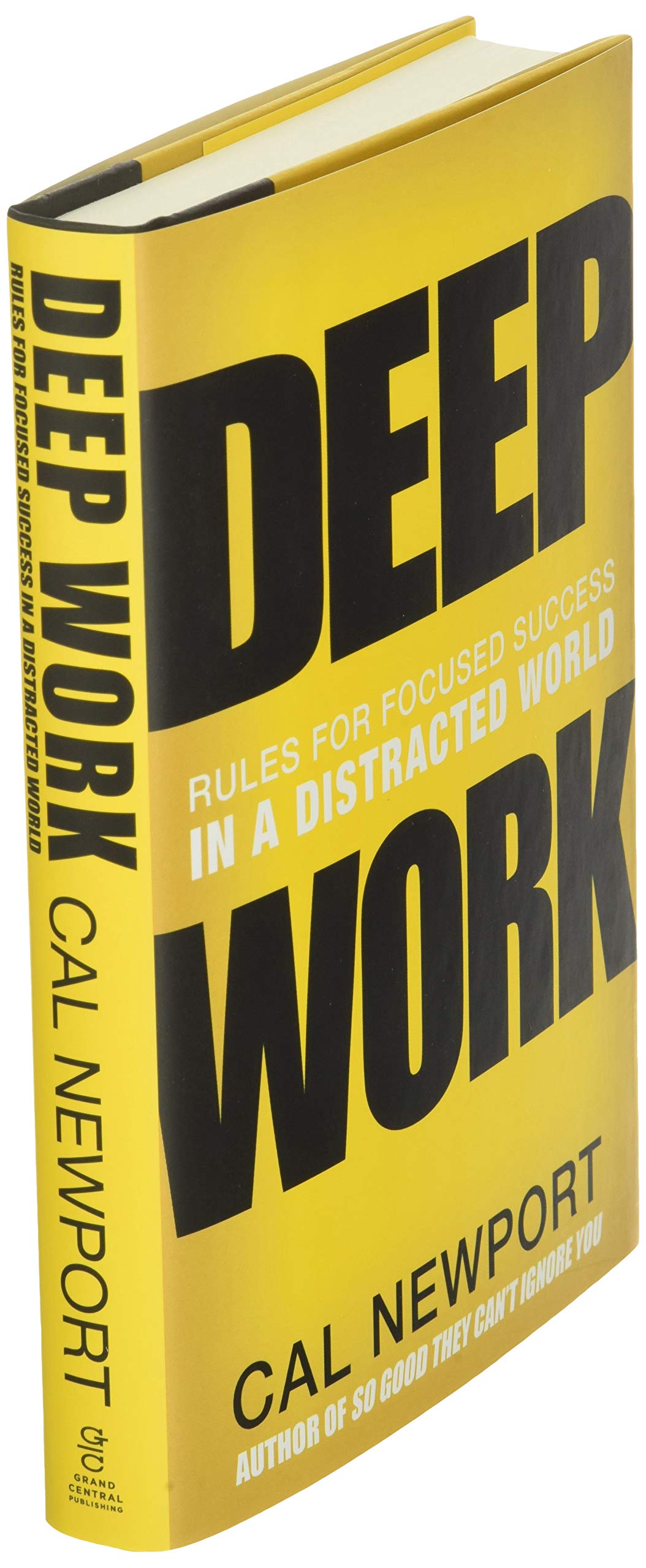
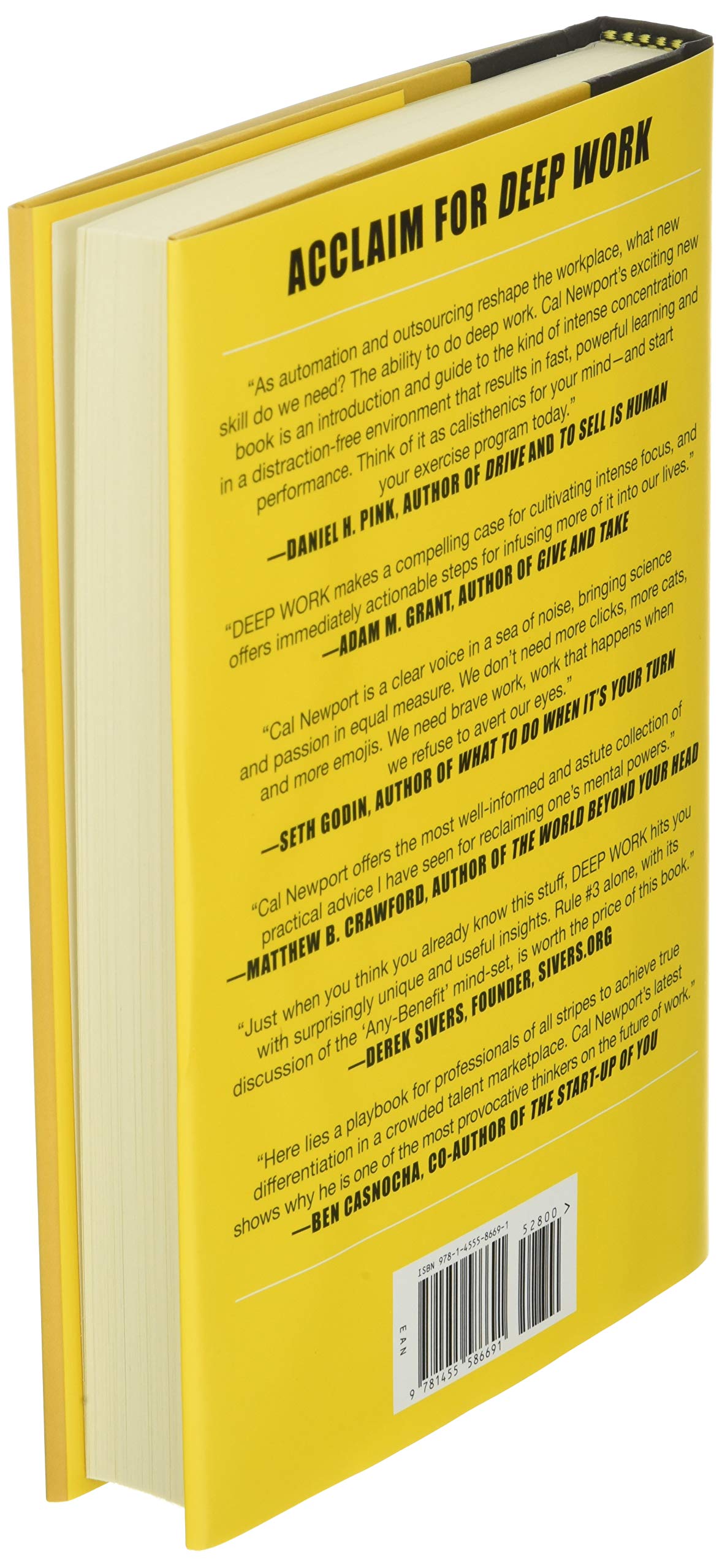
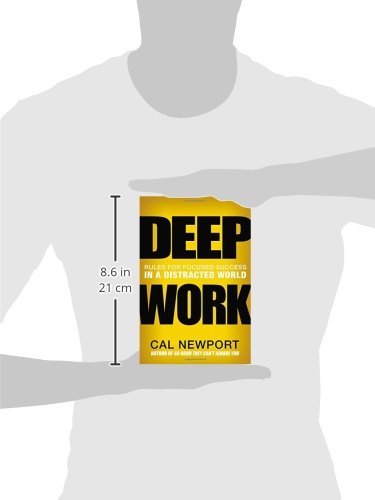
Deep Work: Rules for Focused Success in a Distracted World
Are you sure you want to delete this listing?
All related data including comments will be permanently deleted.
Yes, please delete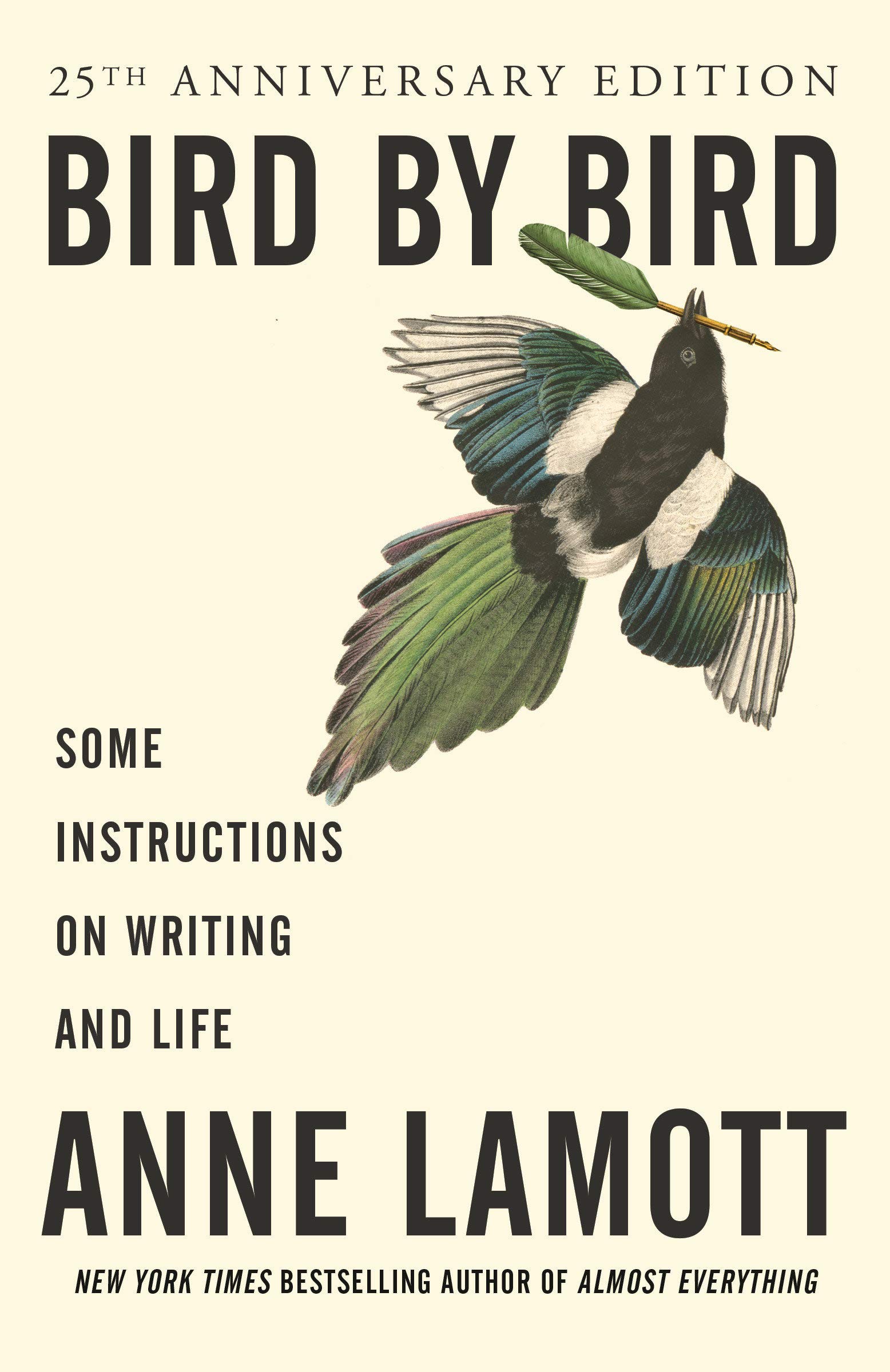
Bird by Bird: Some Instructions on Writing and Life
Are you sure you want to delete this listing?
All related data including comments will be permanently deleted.
Yes, please delete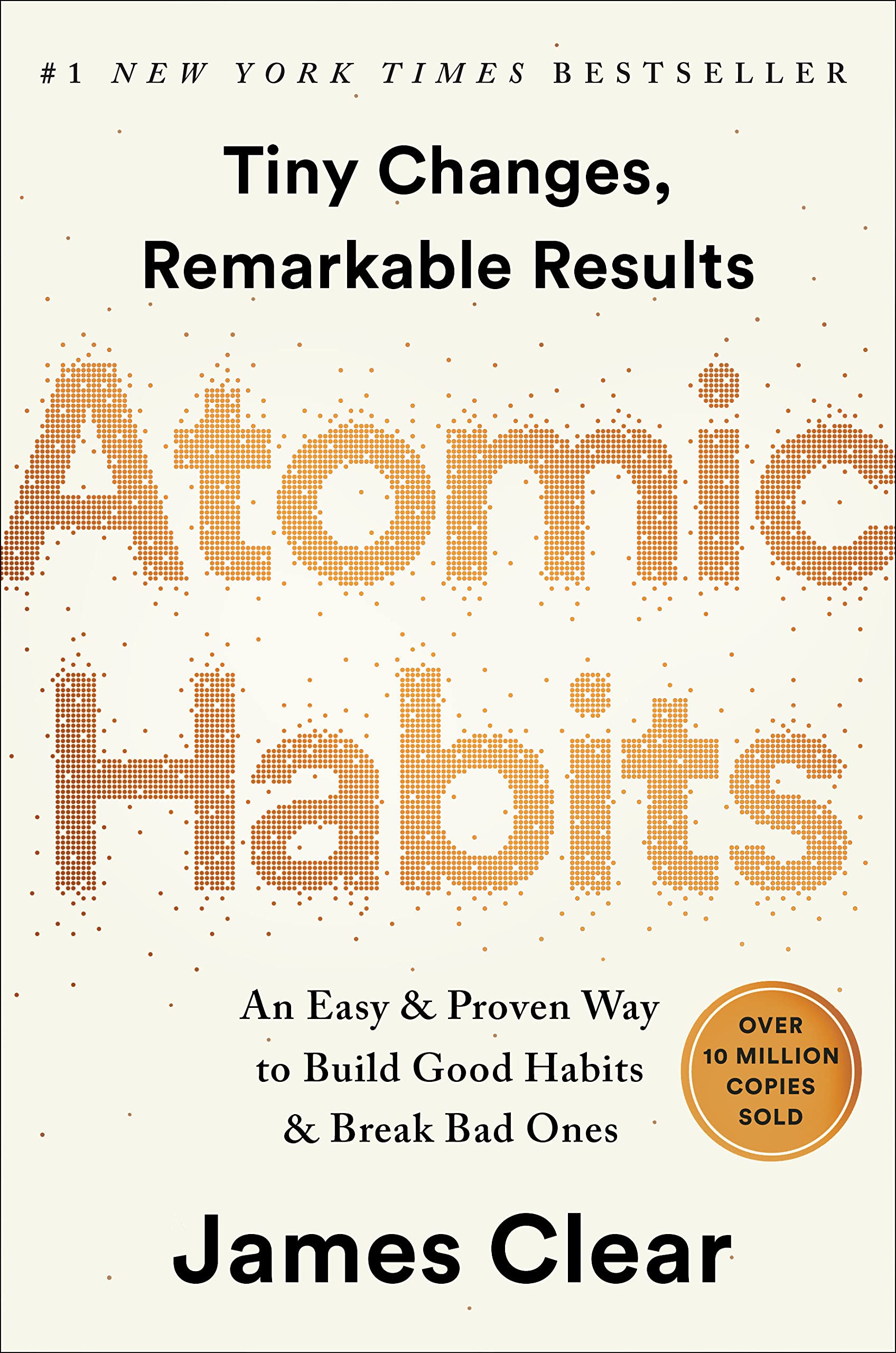
Atomic Habits: An Easy & Proven Way to Build Good Habits & Break Bad Ones
Are you sure you want to delete this listing?
All related data including comments will be permanently deleted.
Yes, please delete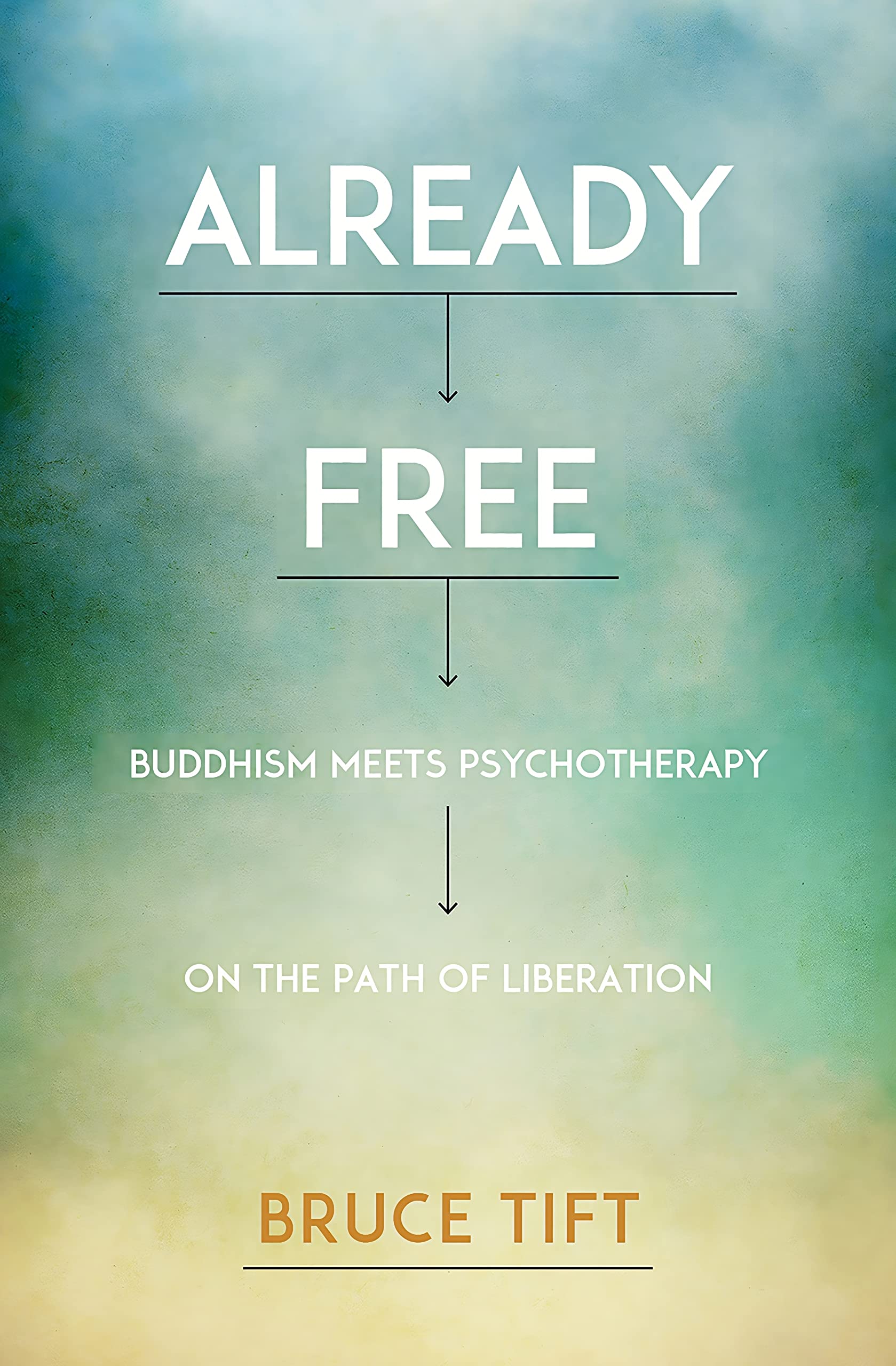
Already Free: Buddhism Meets Psychotherapy on the Path of Liberation
Are you sure you want to delete this listing?
All related data including comments will be permanently deleted.
Yes, please delete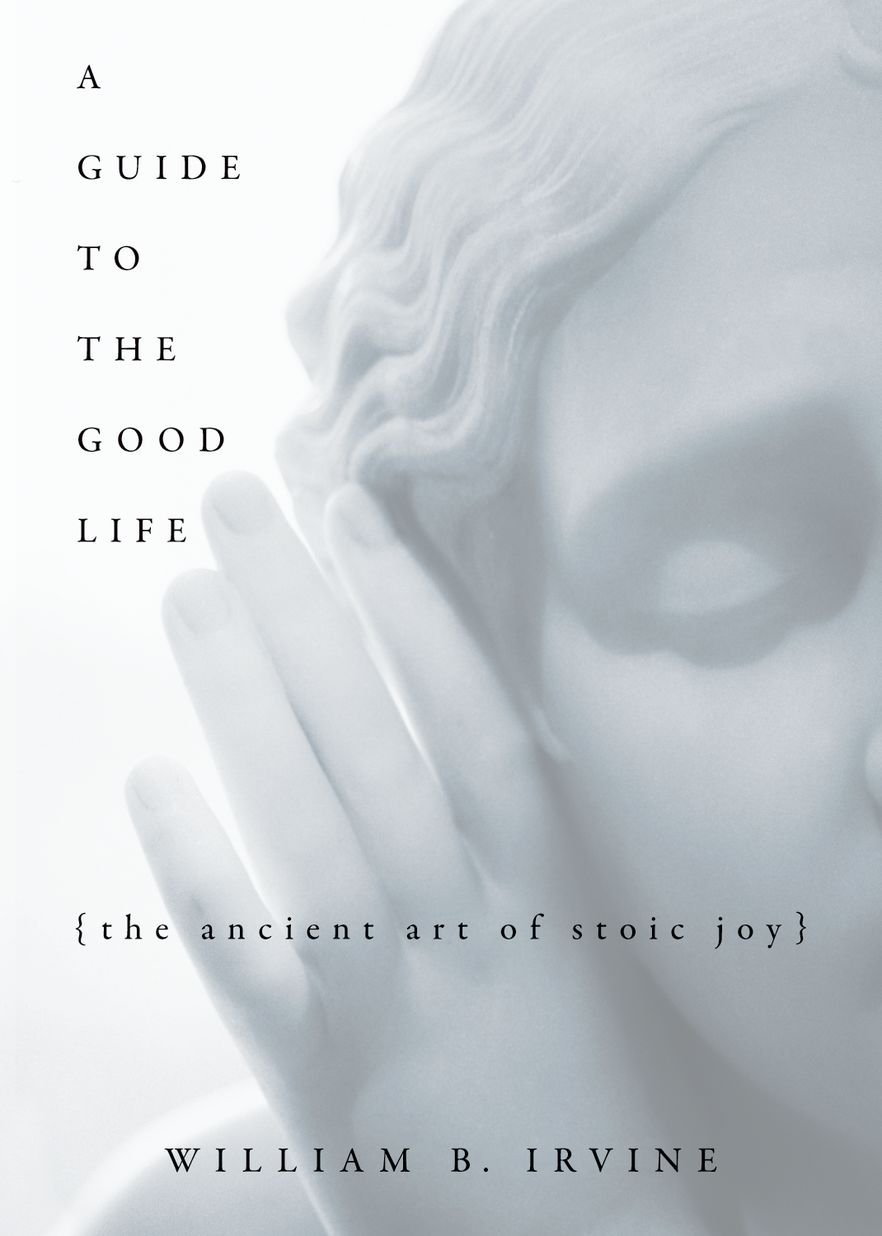
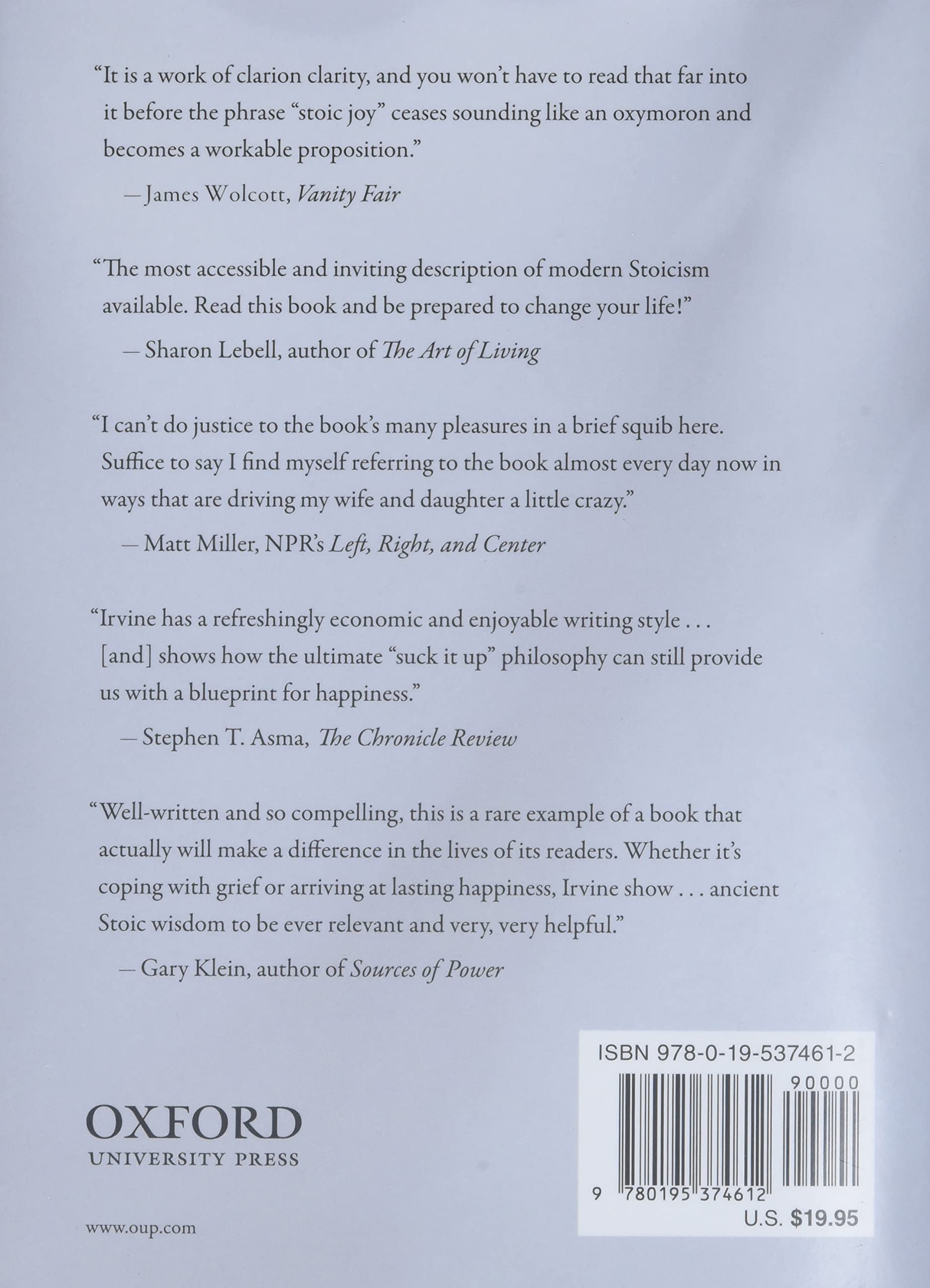
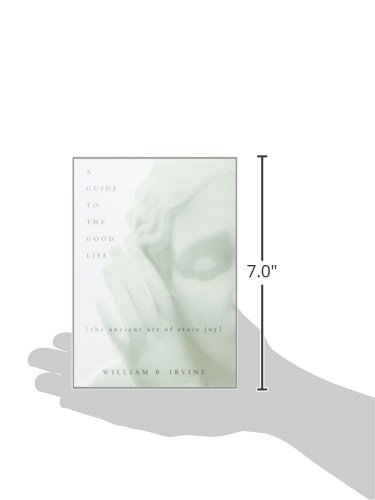
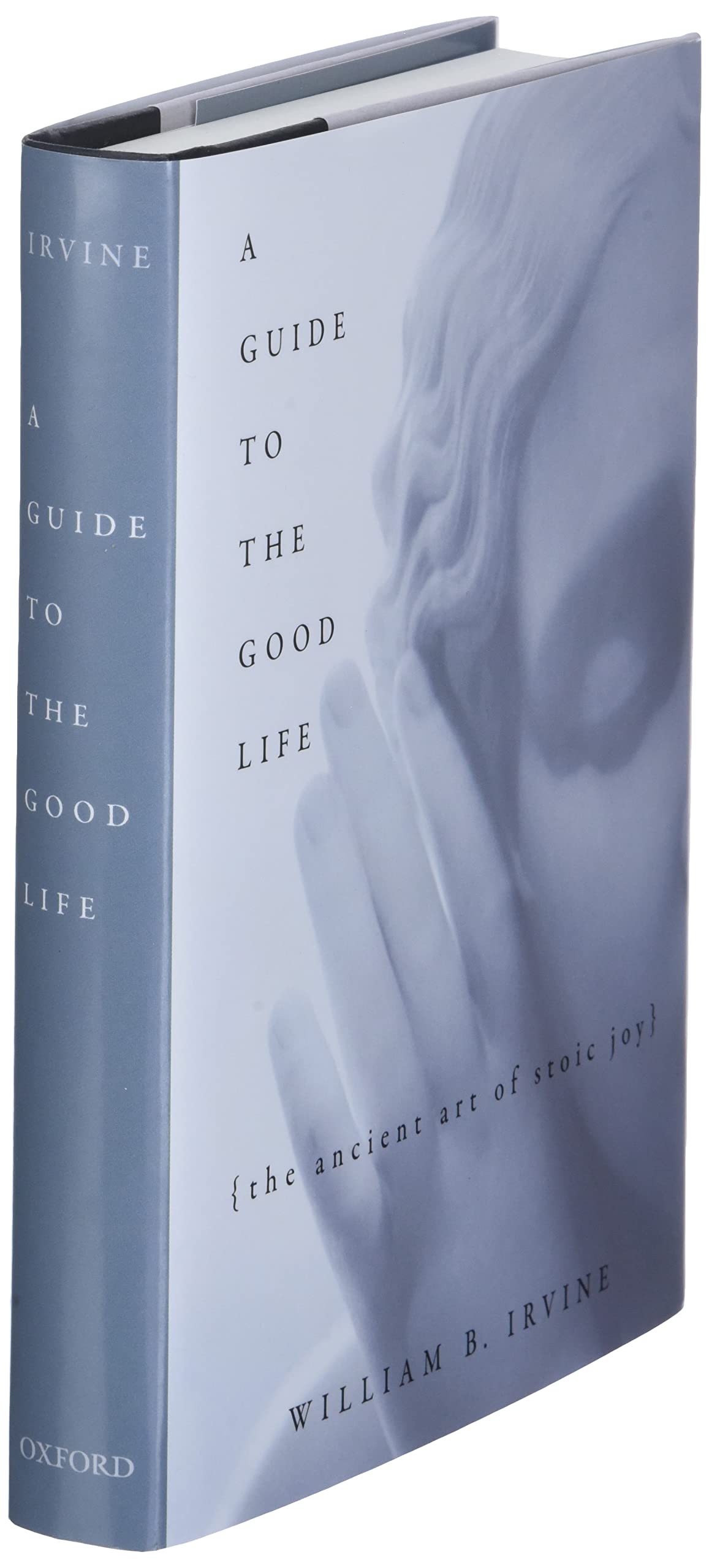
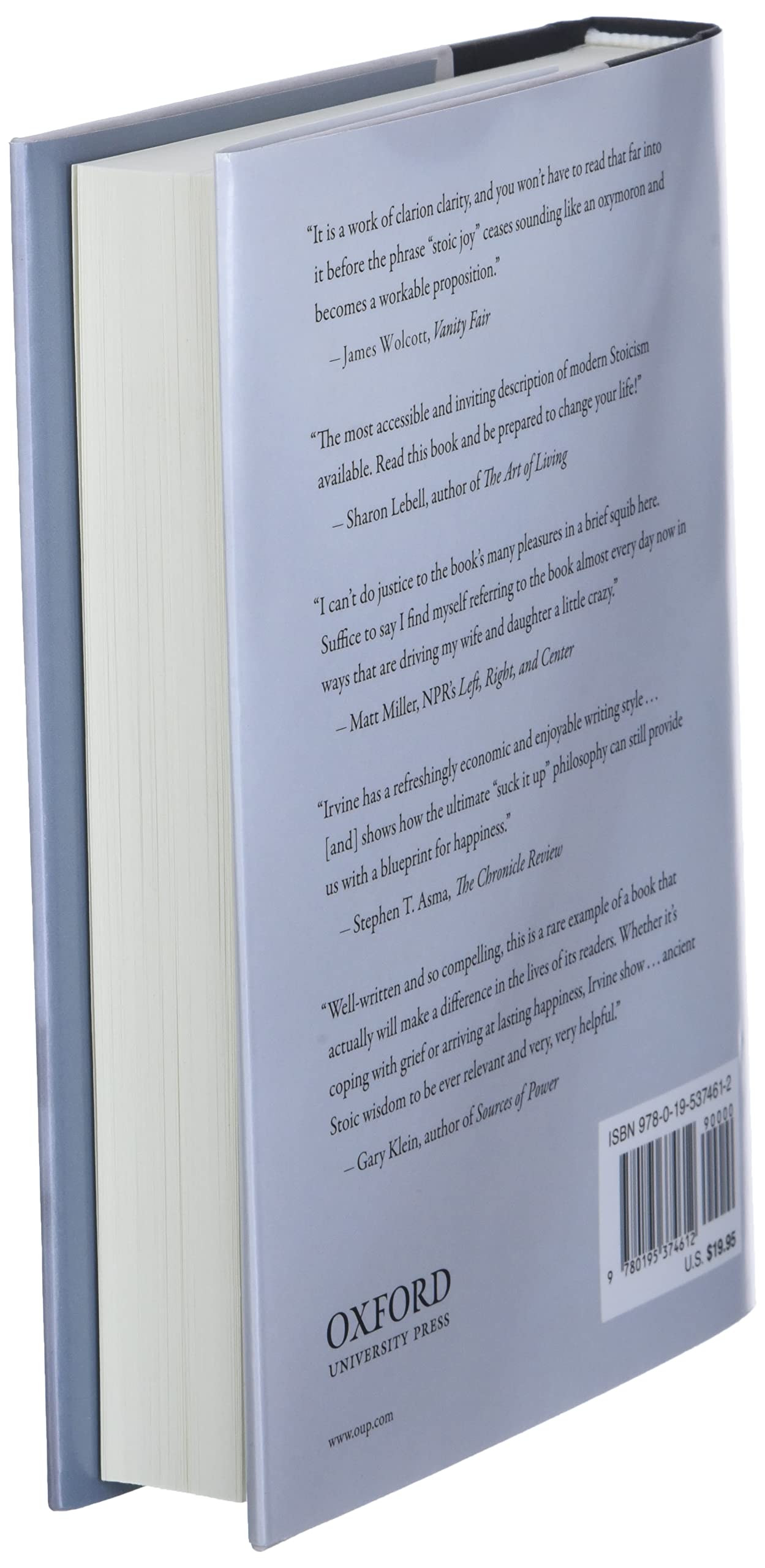
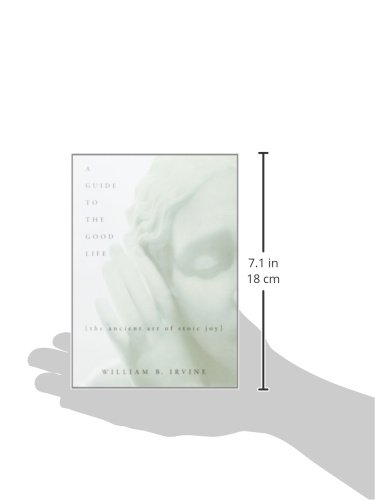
A Guide to the Good Life: The Ancient Art of Stoic Joy
Are you sure you want to delete this listing?
All related data including comments will be permanently deleted.
Yes, please delete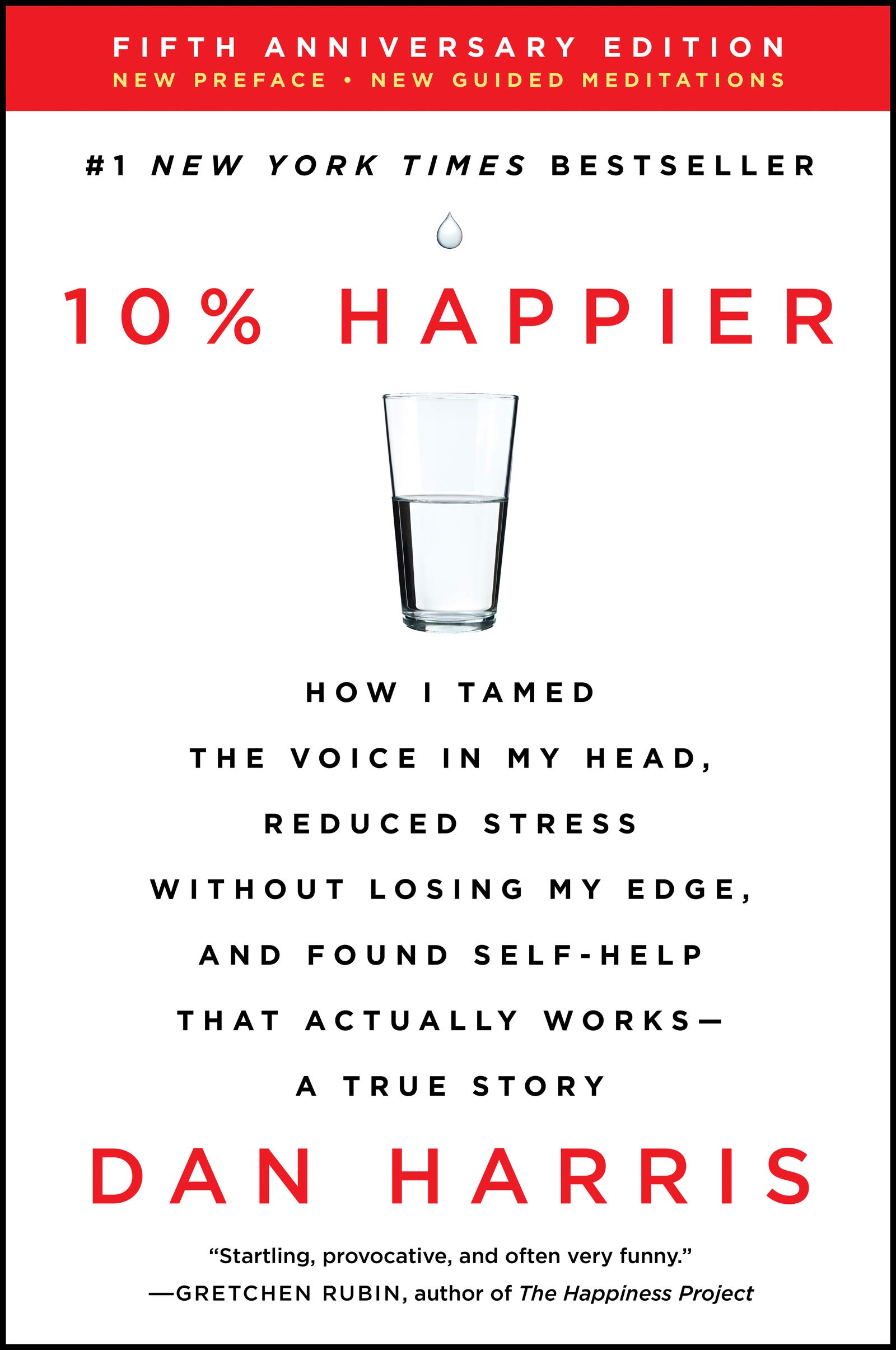
10% Happier Revised Edition: How I Tamed the Voice in My Head
Are you sure you want to delete this listing?
All related data including comments will be permanently deleted.
Yes, please delete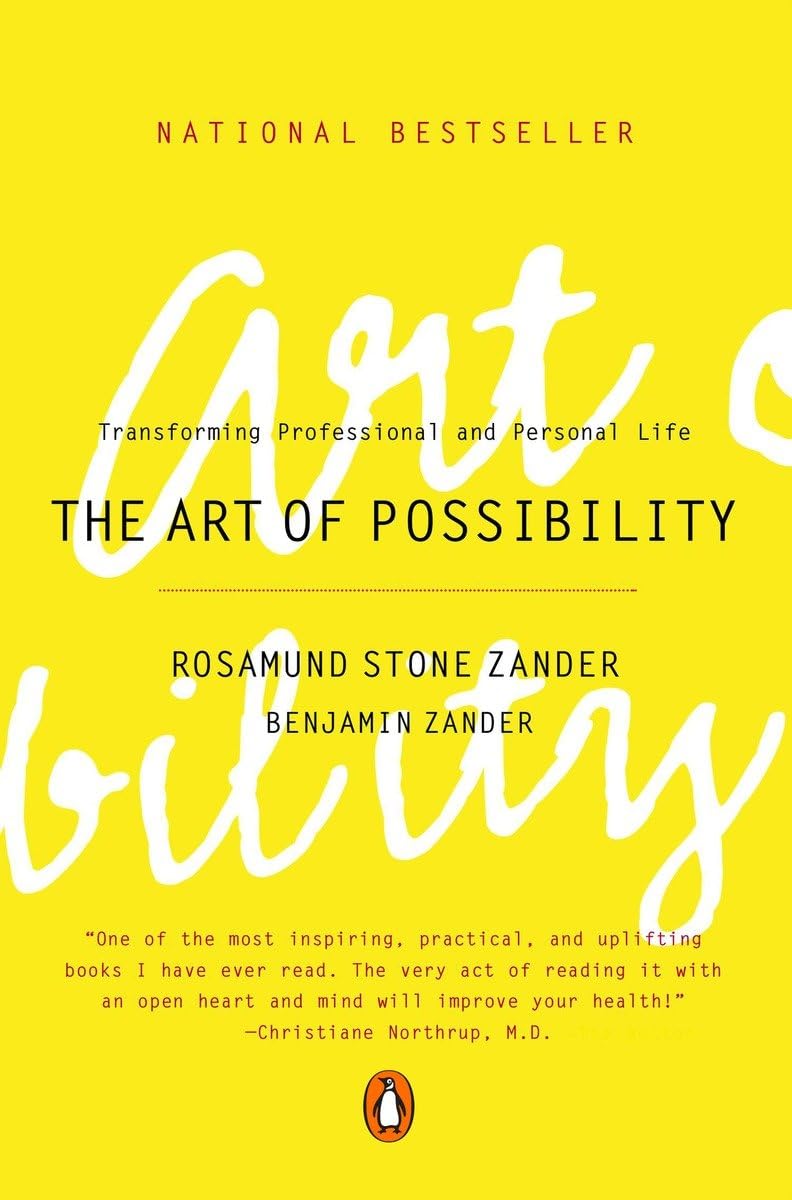
The Art of Possibility: Transforming Professional and Personal Life
Are you sure you want to delete this listing?
All related data including comments will be permanently deleted.
Yes, please delete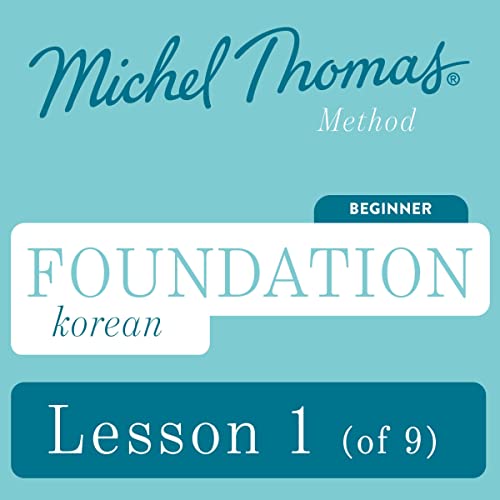
Foundation Korean (Michel Thomas Method) Audiobook
Are you sure you want to delete this listing?
All related data including comments will be permanently deleted.
Yes, please delete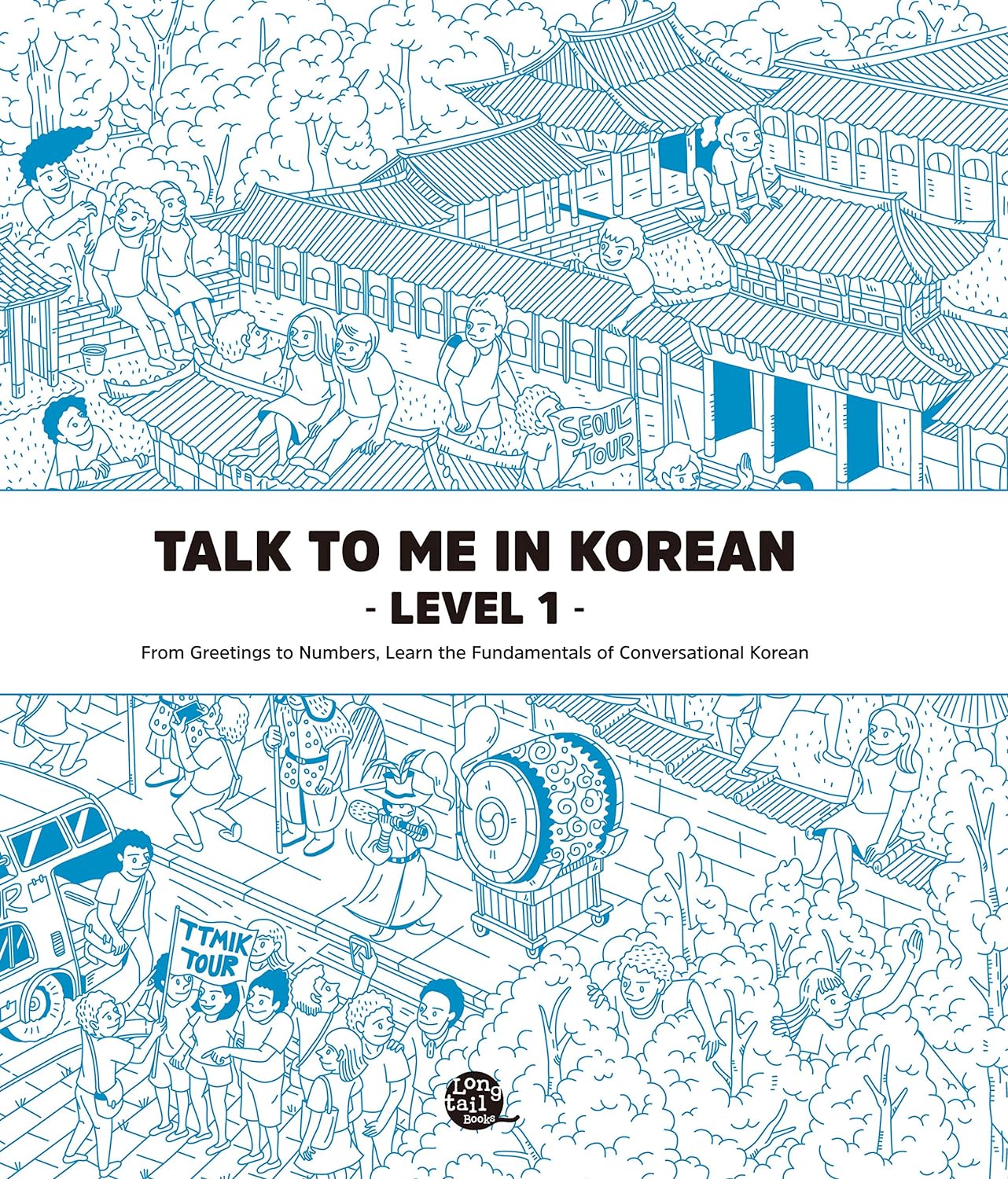
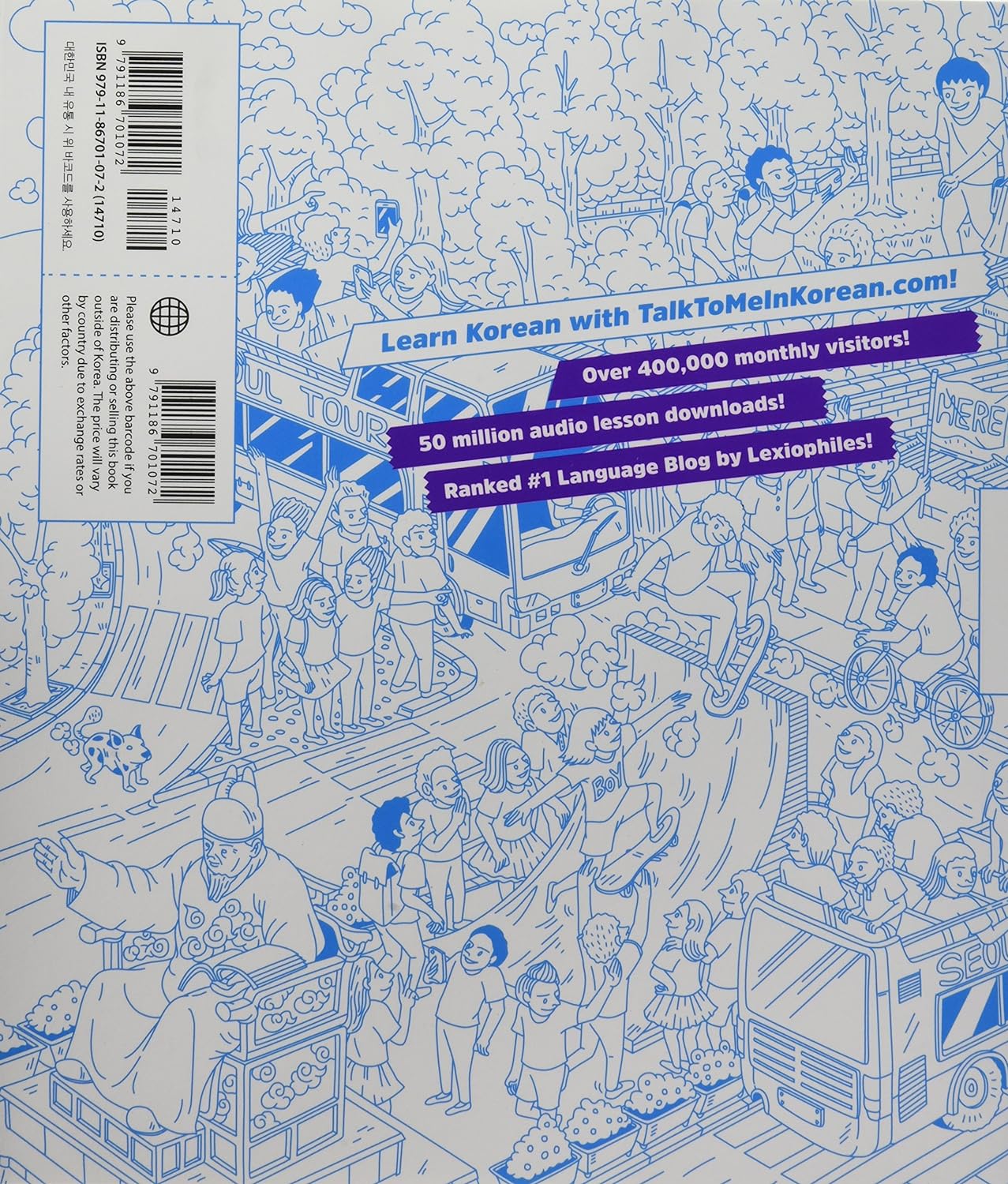
Talk To Me In Korean Level 1 (Downloadable Audio Files Included) (English and Korean Edition)
Are you sure you want to delete this listing?
All related data including comments will be permanently deleted.
Yes, please deletePersonal growth is a lifelong journey. These titles have offered Ferriss valuable insights, strategies, and perspectives on bettering oneself.
Self-Improvement Books
Are you sure you want to delete this list?
All related data including ALL ASSOCIATED LISTINGS will be permanently deleted!
Yes, please delete